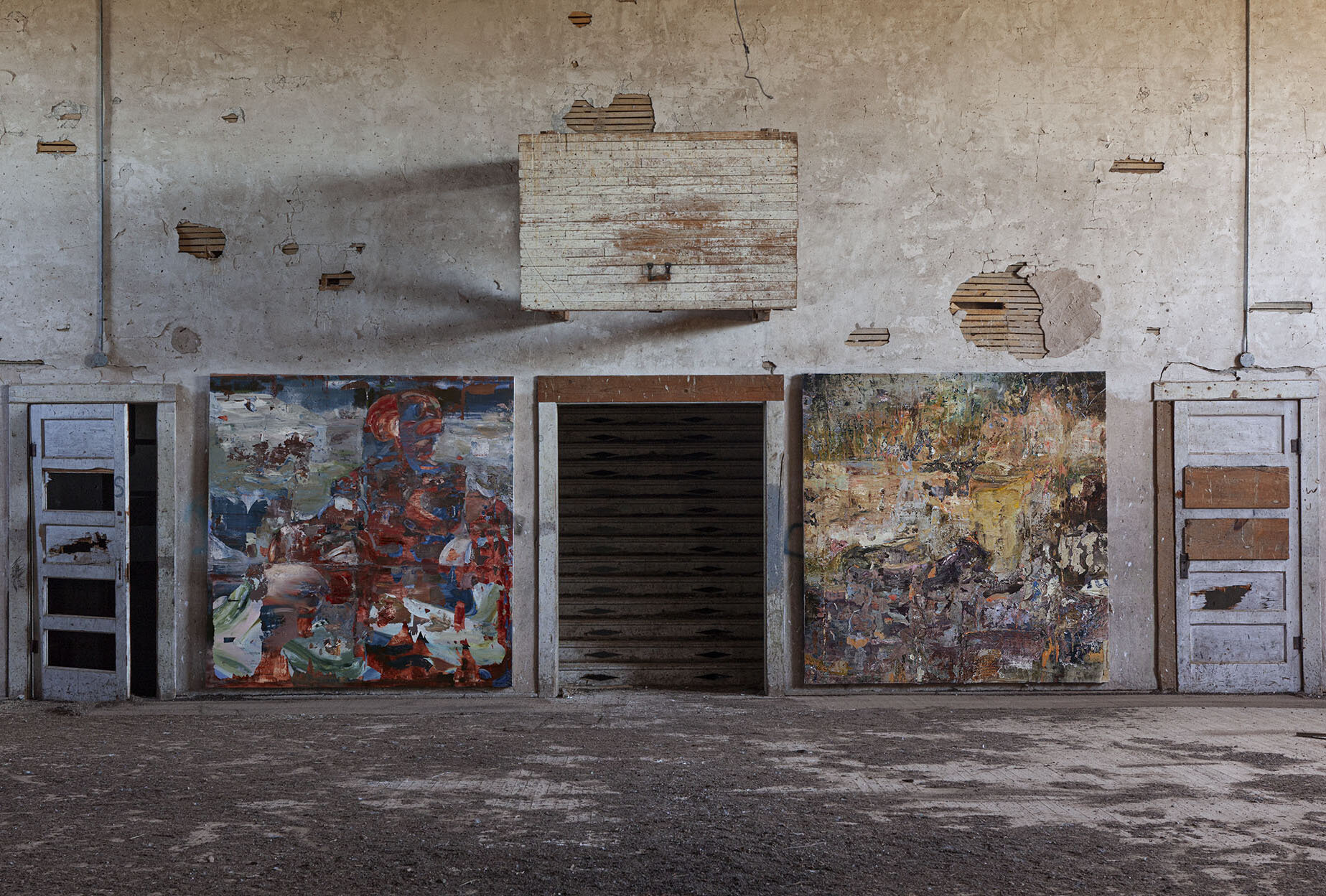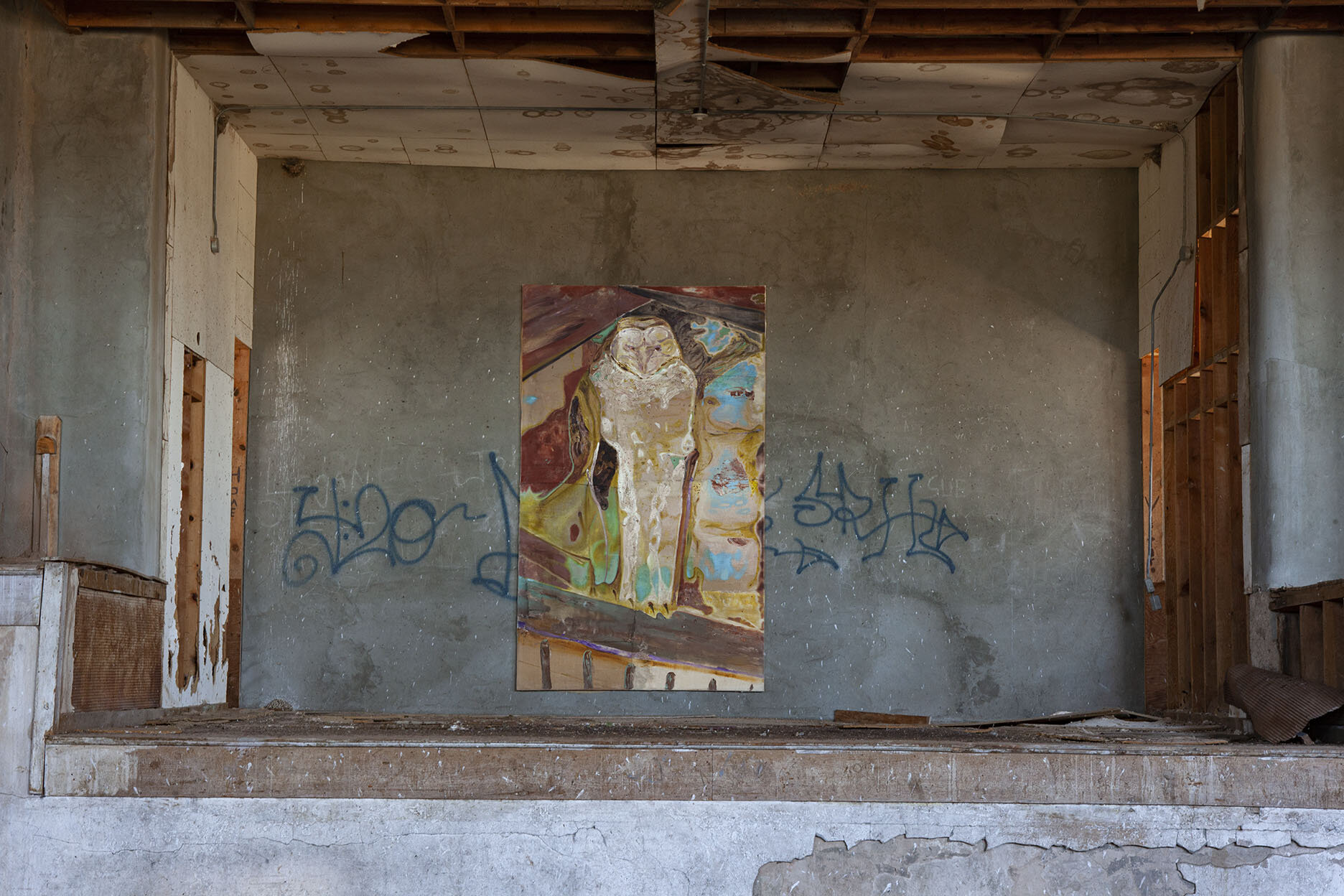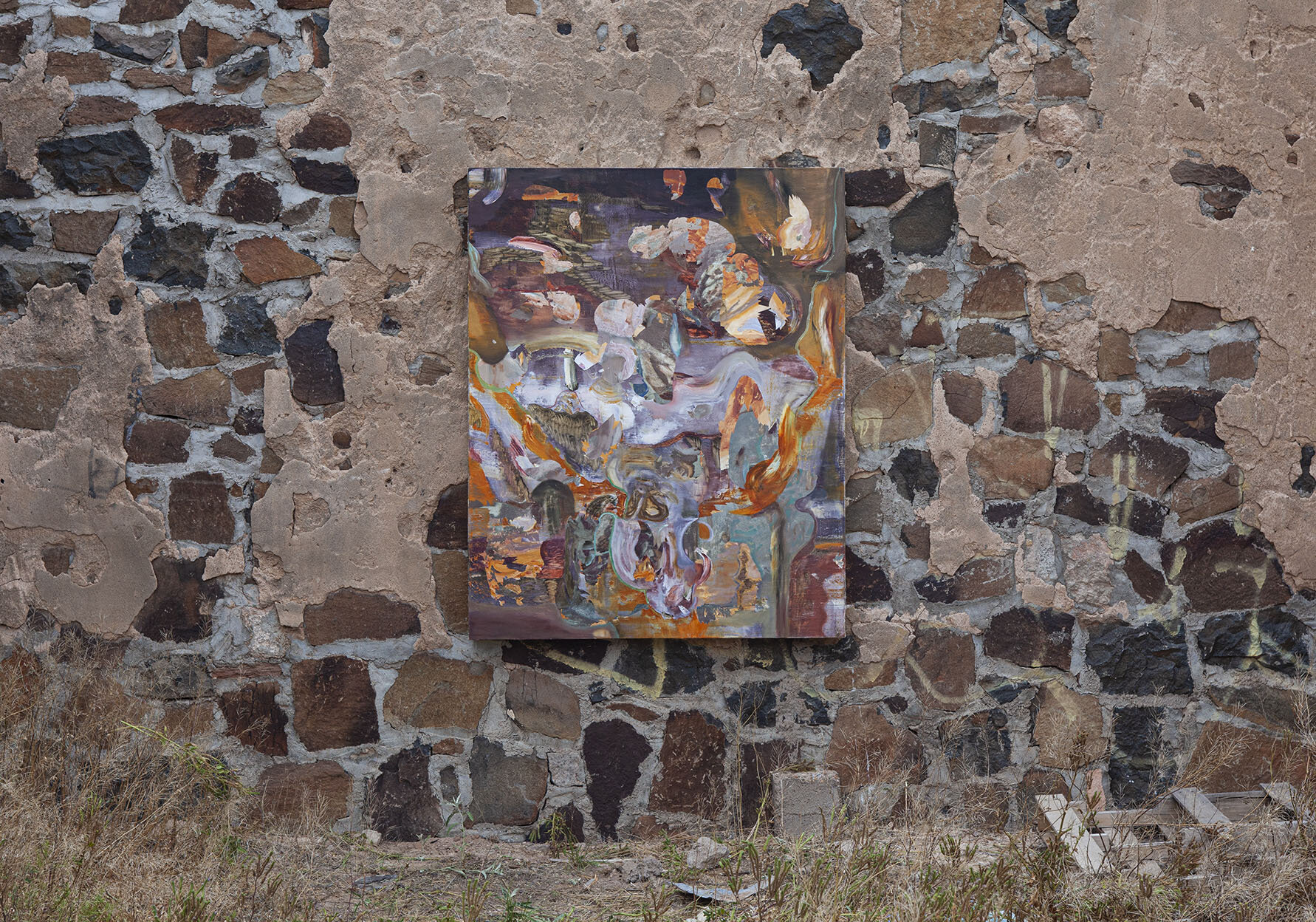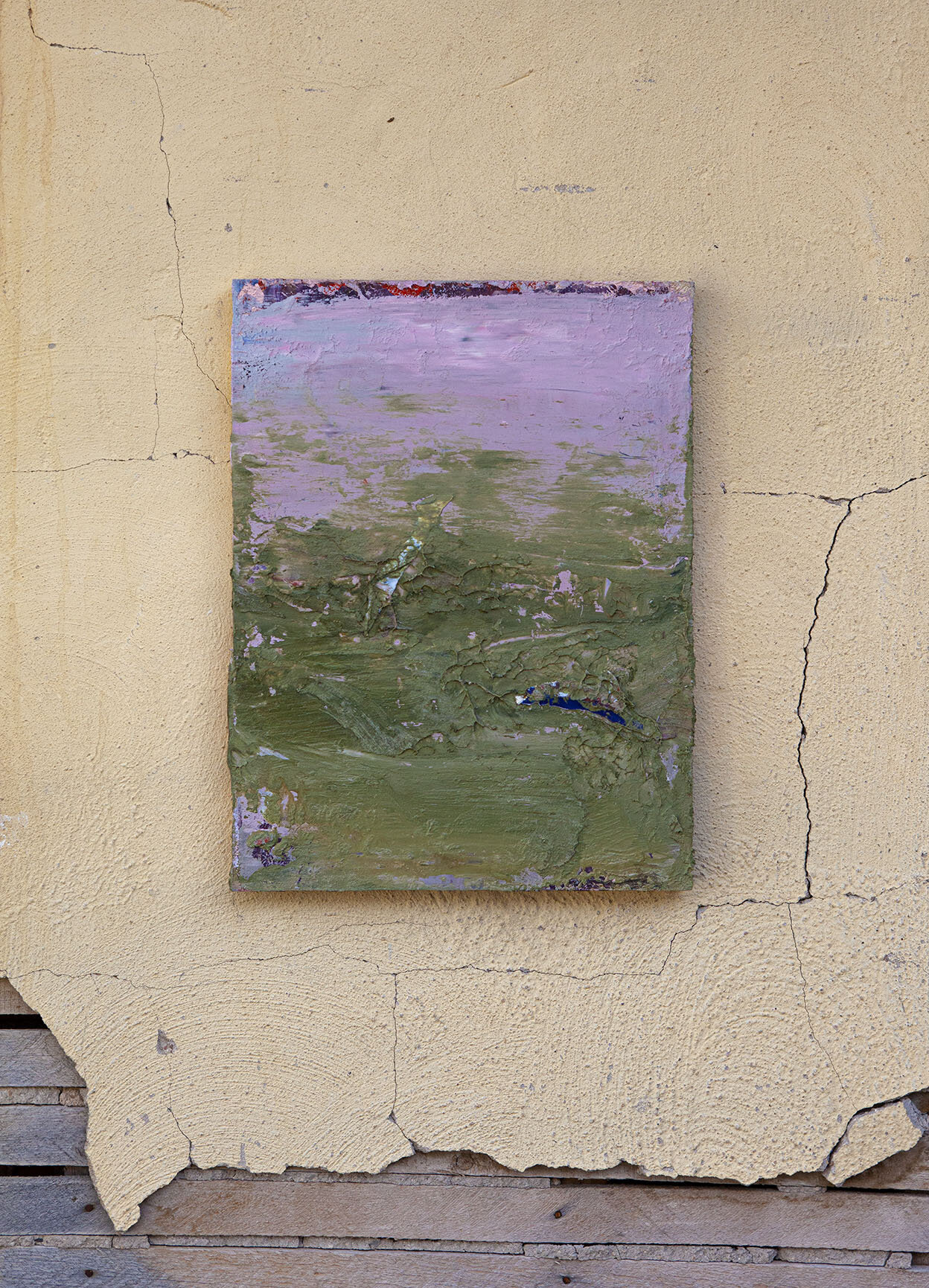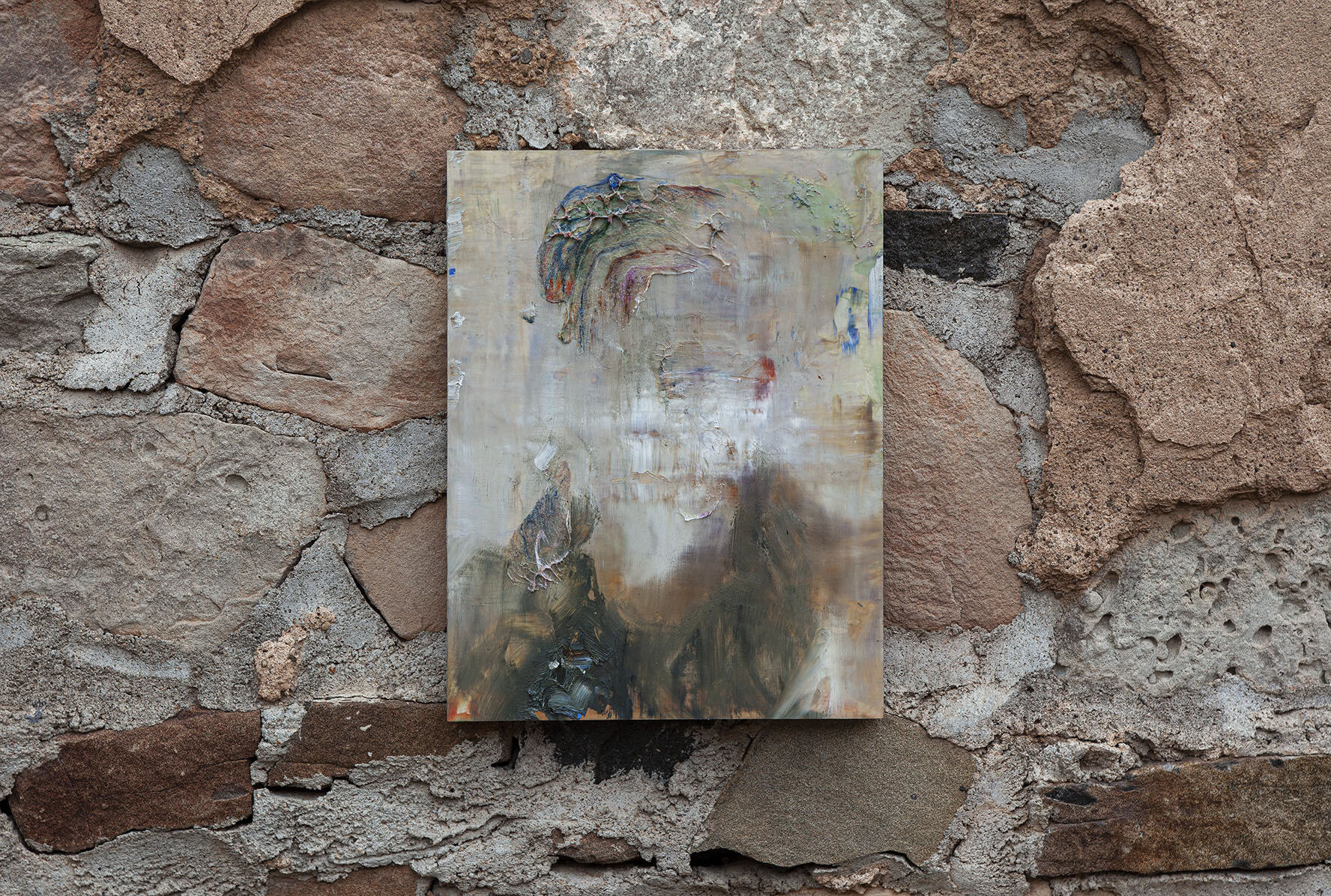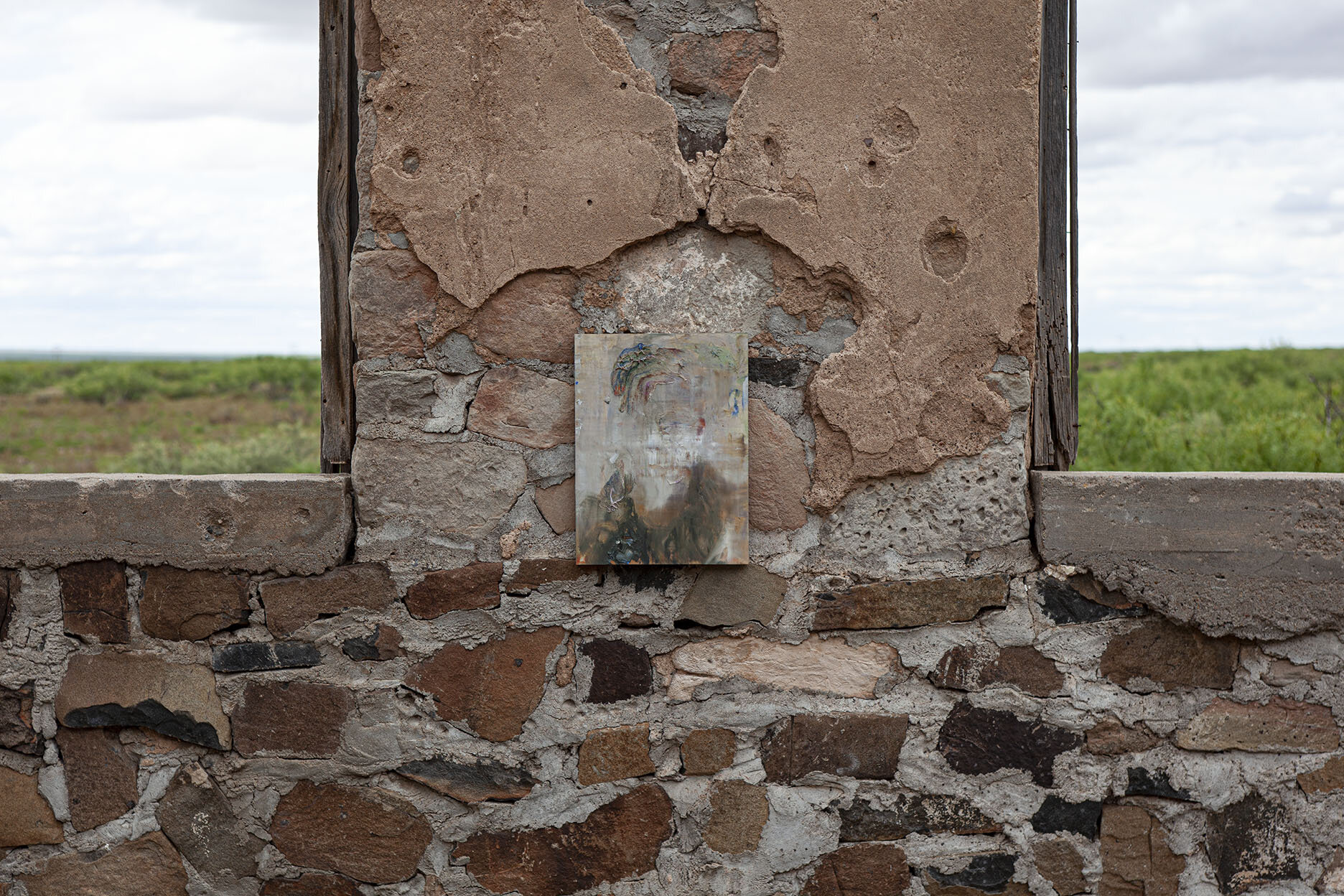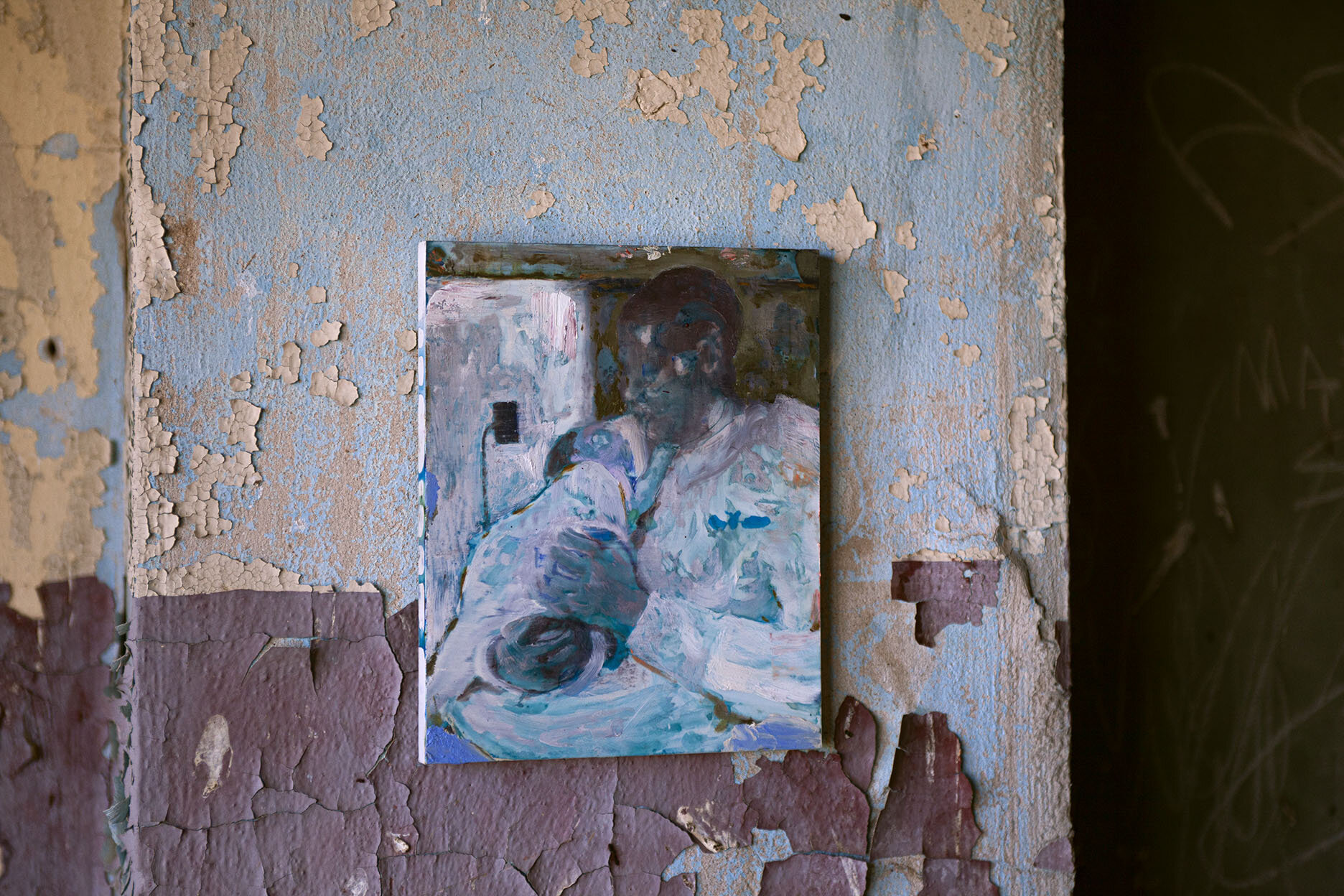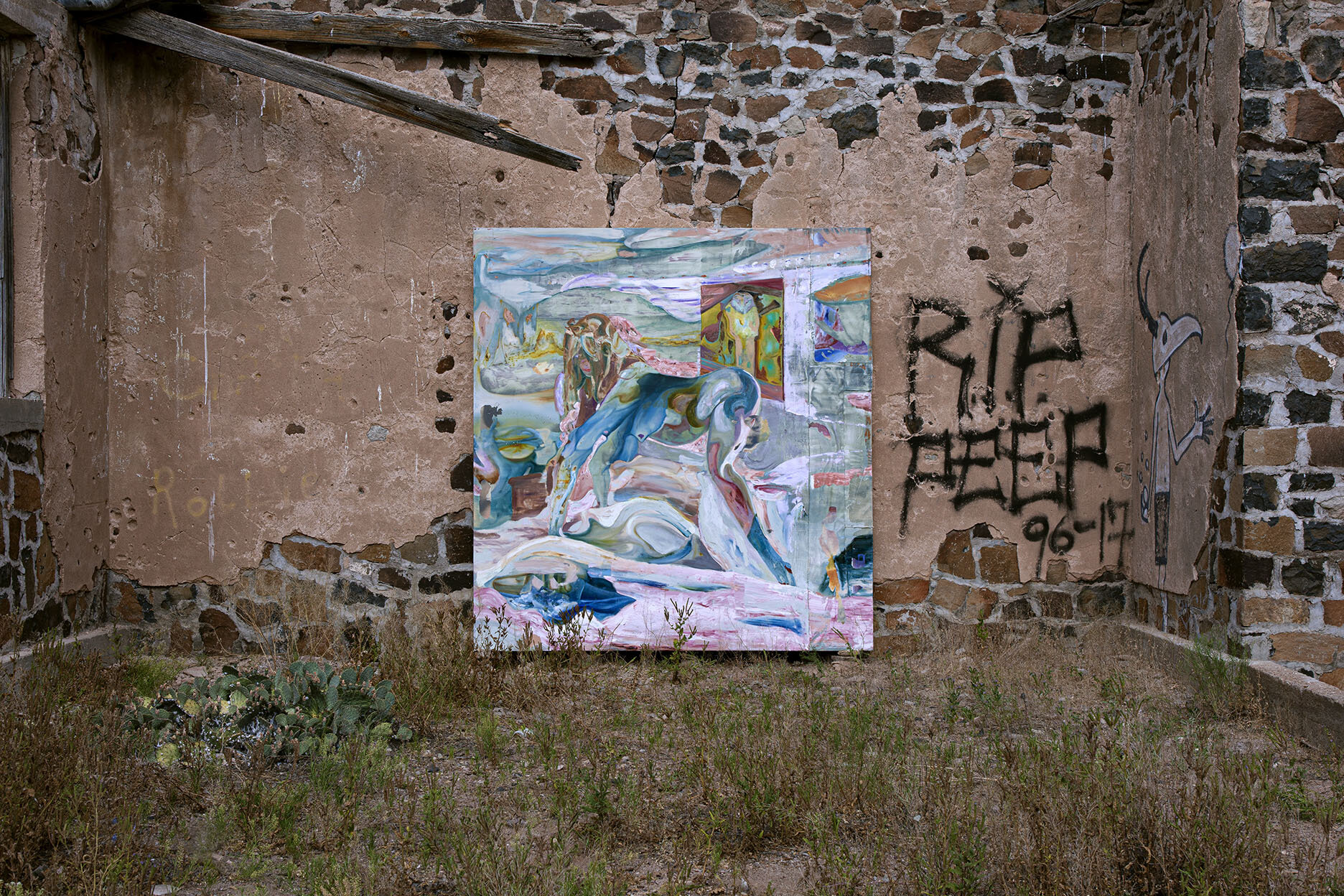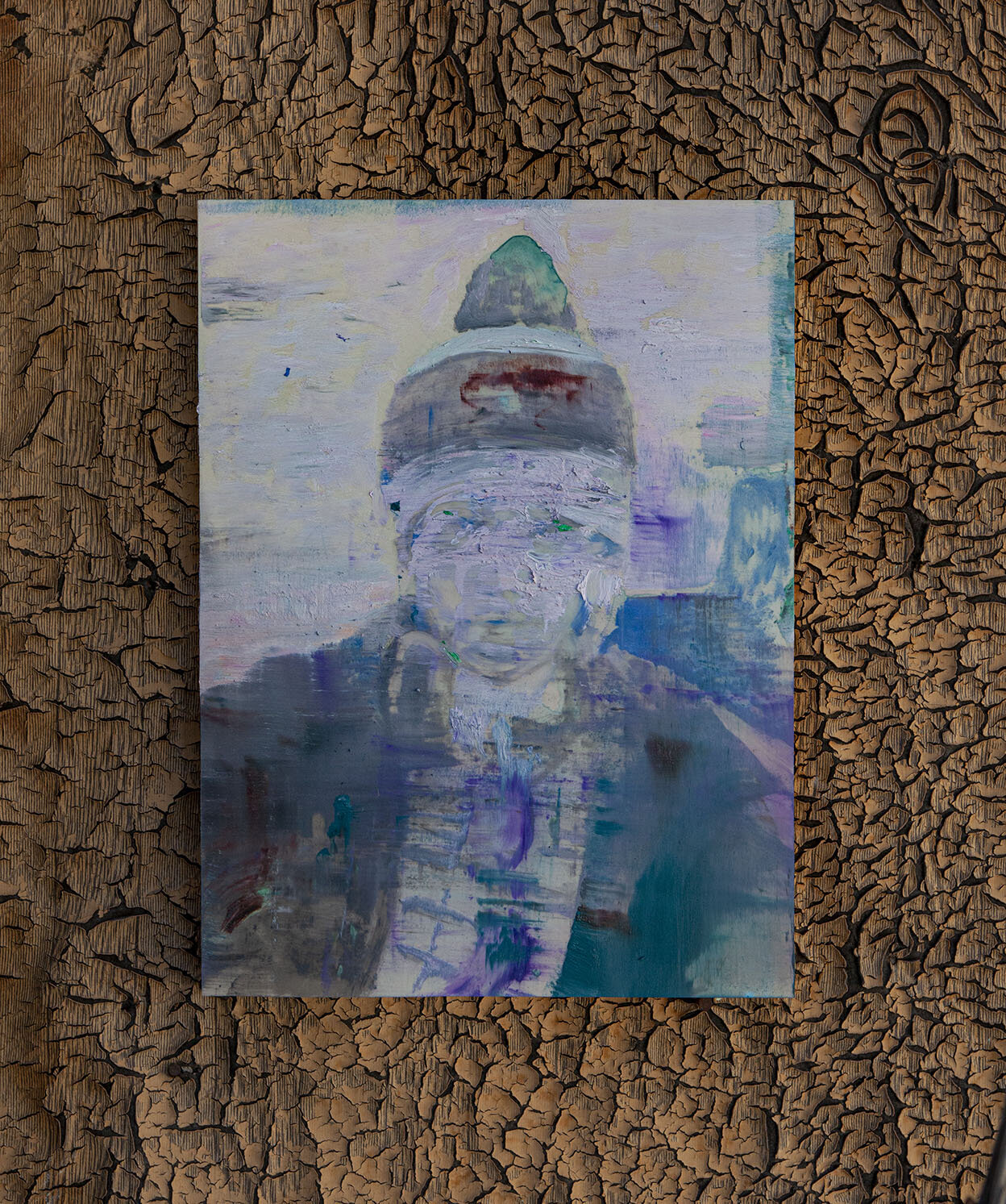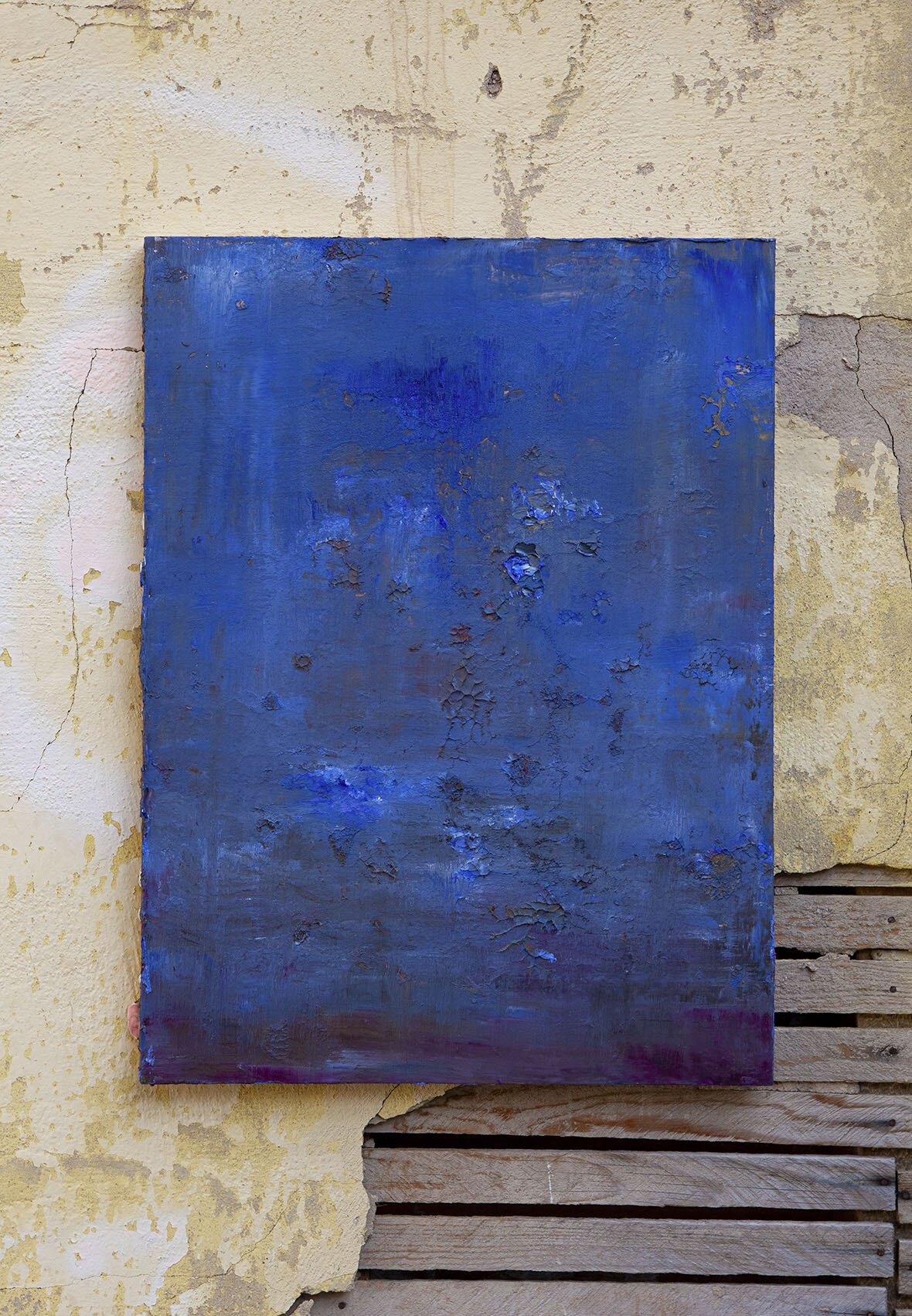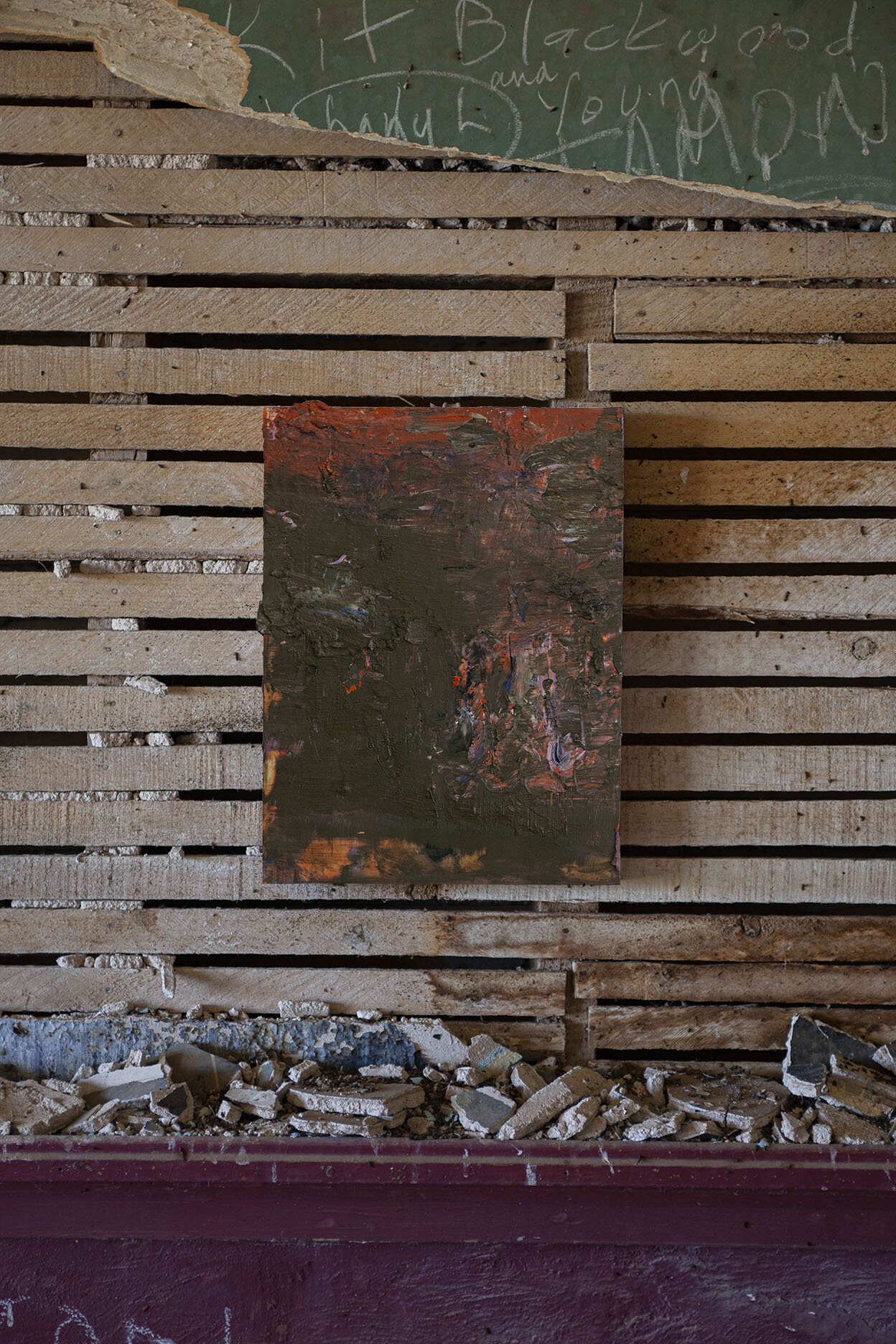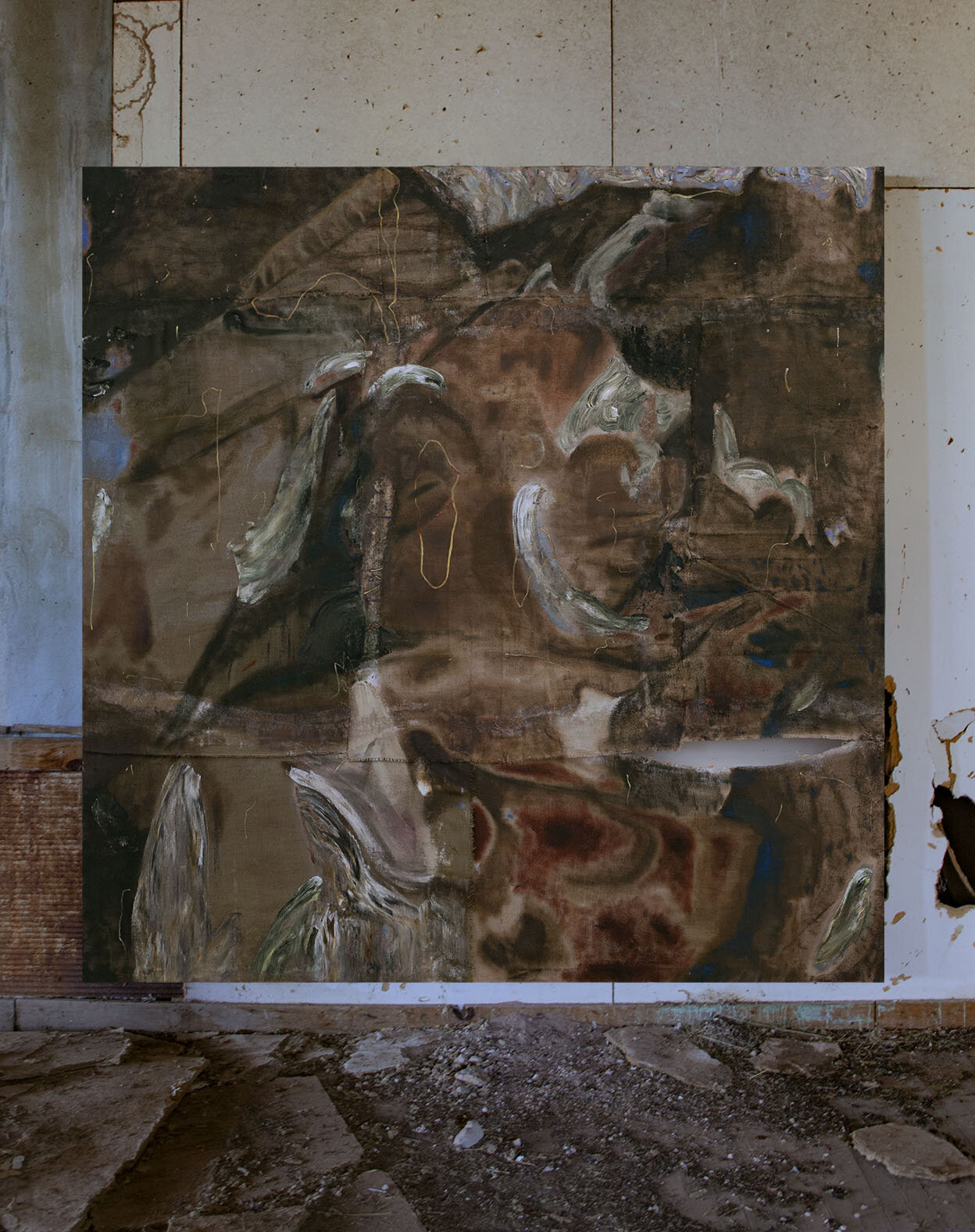
A contemplative framework for discovery and creation across the New Mexico landscape.
On little more than a whim, in May of 2020, two months before my daughter was born, and at the height of Covid, I installed work at the abandoned Cedarvale School just outside Corona, New Mexico. It was the first of several abandoned structures in which I would do so. I simply wanted to know what it would feel like to put work in an empty structure and to find out how much I was capable of doing on my own.
Map of the Nihil route though New Meixco. All install locations exist along the route, which was determined by overlaying Arvo Part’s sketch for his composition Arbos.
In the three years since, the collection of abandoned New Mexico schools, churches, and post offices where I’ve installed has begun to seem to me like a single architecture. There is the feeling that this architecture, with its many rooms and hidden treasures, resembles the unconscious self. In roaming the unpopulated regions of New Mexico, it’s as if many times and places hover before and behind one another within a single moment or space.
Nowadays, most of the work installed in a certain building is made specifically for it. A painting is made at a particular size, or in a certain way, because of what a wall or alcove allows, what a door or window permits in terms of what might pass in or out of it. There is the sense that not only do I bring the work into a church, for example, but that the painting or object has first come from that space, as if I am returning it. This sense of return, in some way, seems to account for how the work has grown to resemble the space, even as these specific resemblances are most often synchronous and unplanned.
Arvo Pärts sketch for his composition Arbos.
Nihil is the name I’ve given to having nothing left to say. This might sound, from a certain distance, like loss or failure. In practice, saying nothing is the work’s liberation, its best hope for authenticity. Nihil is the name I give to the trick I play on myself that gets me out of the way of the work. Sometimes Nihil refers to my broader contemplative practice, of which painting is just a part. Sometimes it refers to its nine tenets: arbitrary rules for an arbitrary structure, resulting in work specific and accurate unto itself, impossible to replicate.
Always, Nihil reveals something about itself I hadn’t anticipated. Its paradoxes and ironies grow ever layered. Sometimes I wonder whether Nihil isn’t the accidental means by which it becomes possible for the unconscious to unveil itself, approximating something like dream space, on which absence and memory come to call.

Films
Tenets of Nihil
Exile & Absence (The Archaic Brother)
Place (Where I Am Is What I Am)
Non-Mediation (The Impossible Ideal, With Strategies For Cheating)
Non-Meaning (Toward The Possibility Of Genuine Discovery)
Image (Faithful Iconoclasm)
Color (Delayed Prejudice)
Touch (Unconscious Intention To Receive)
Object (Accumulated Action)
Time (The Great Collaborator)
Installations
Cedarvale School
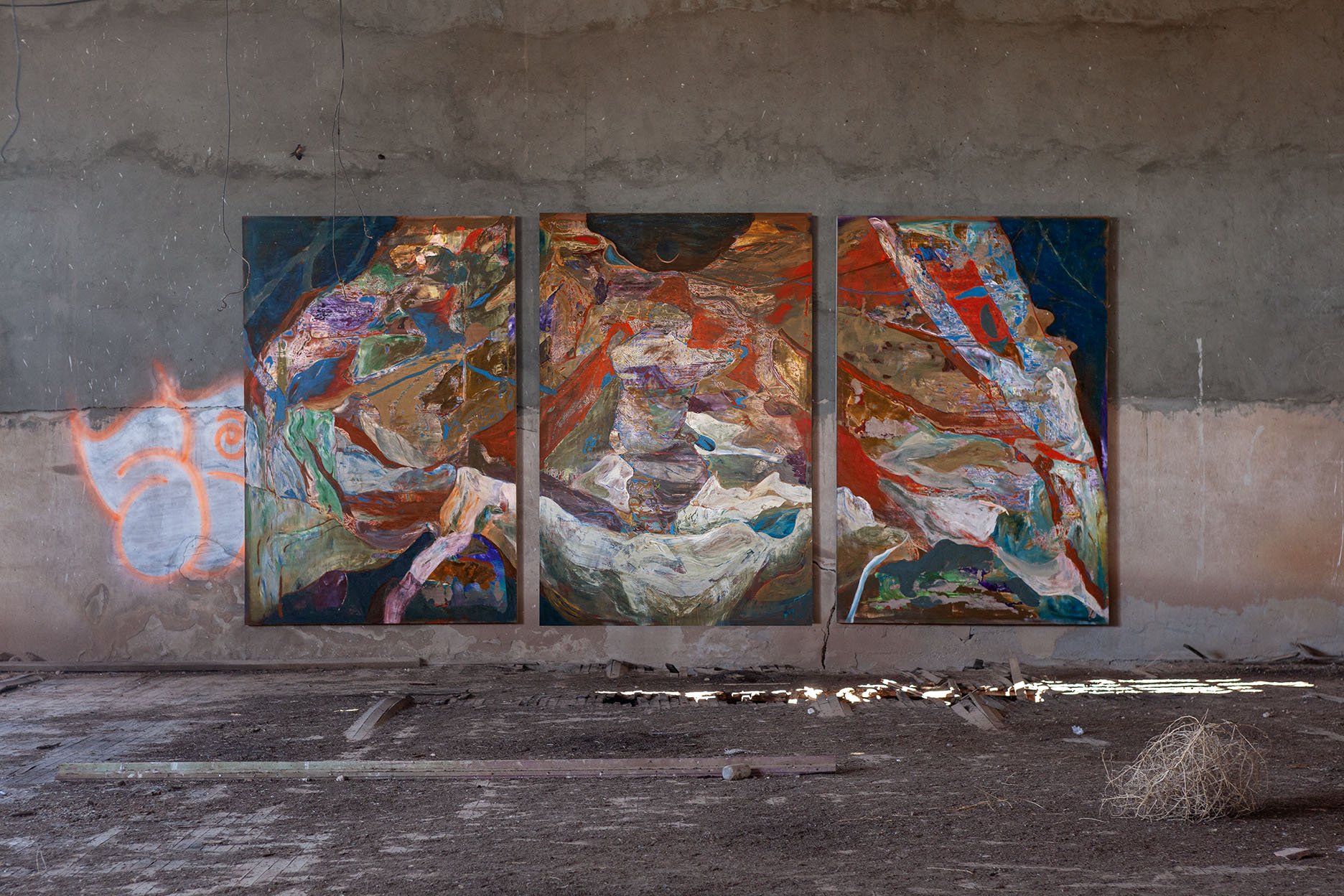
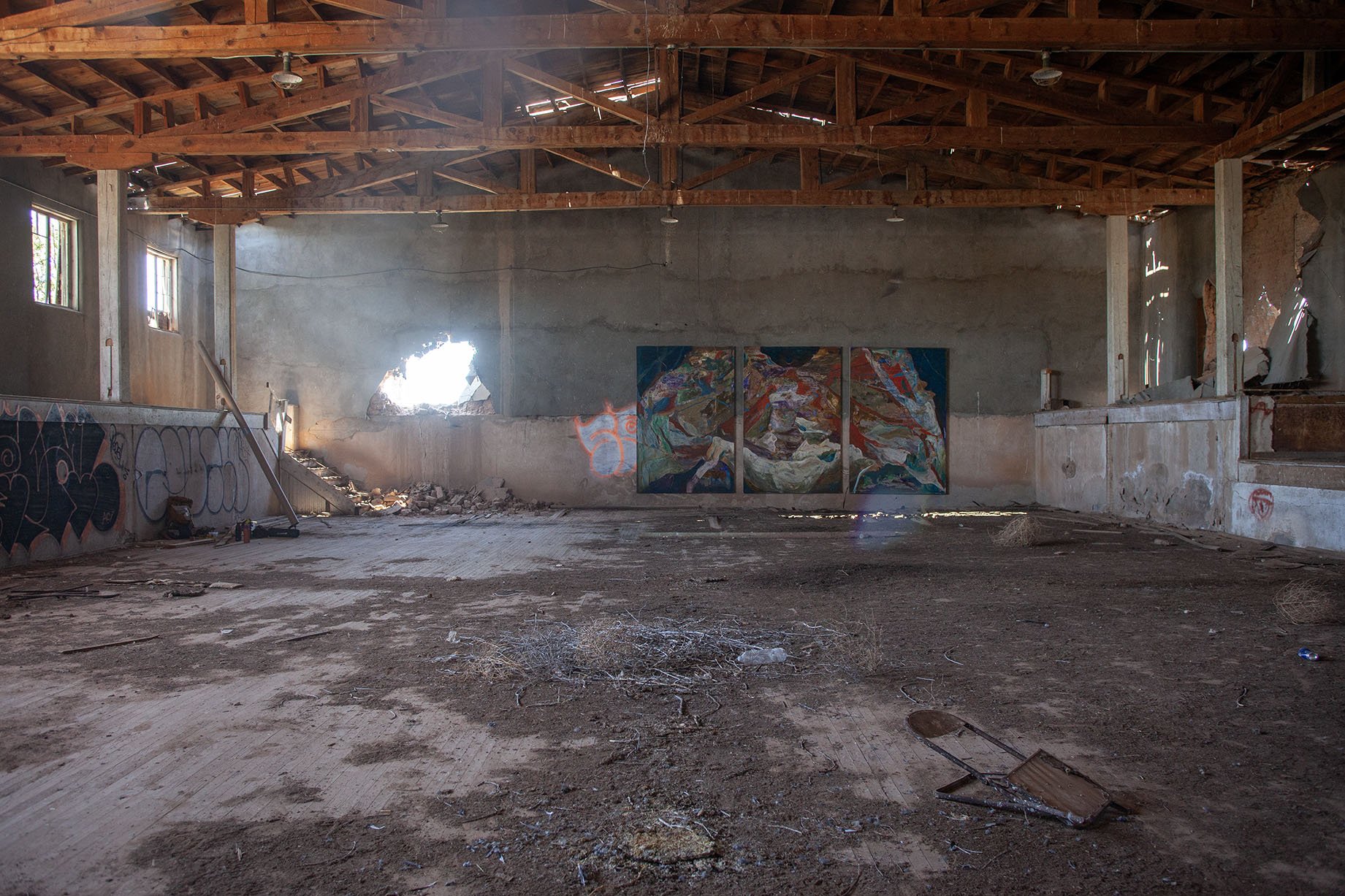
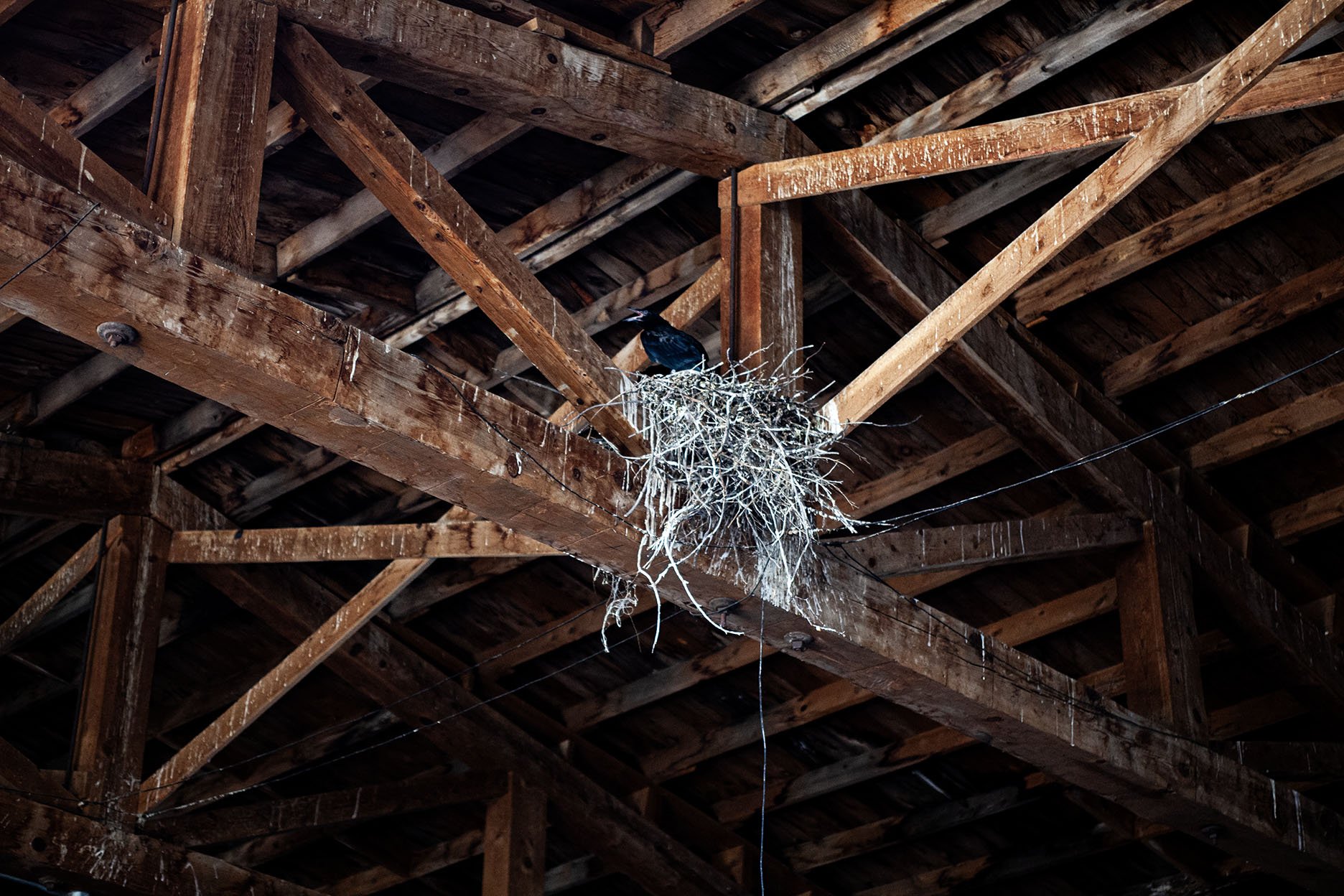
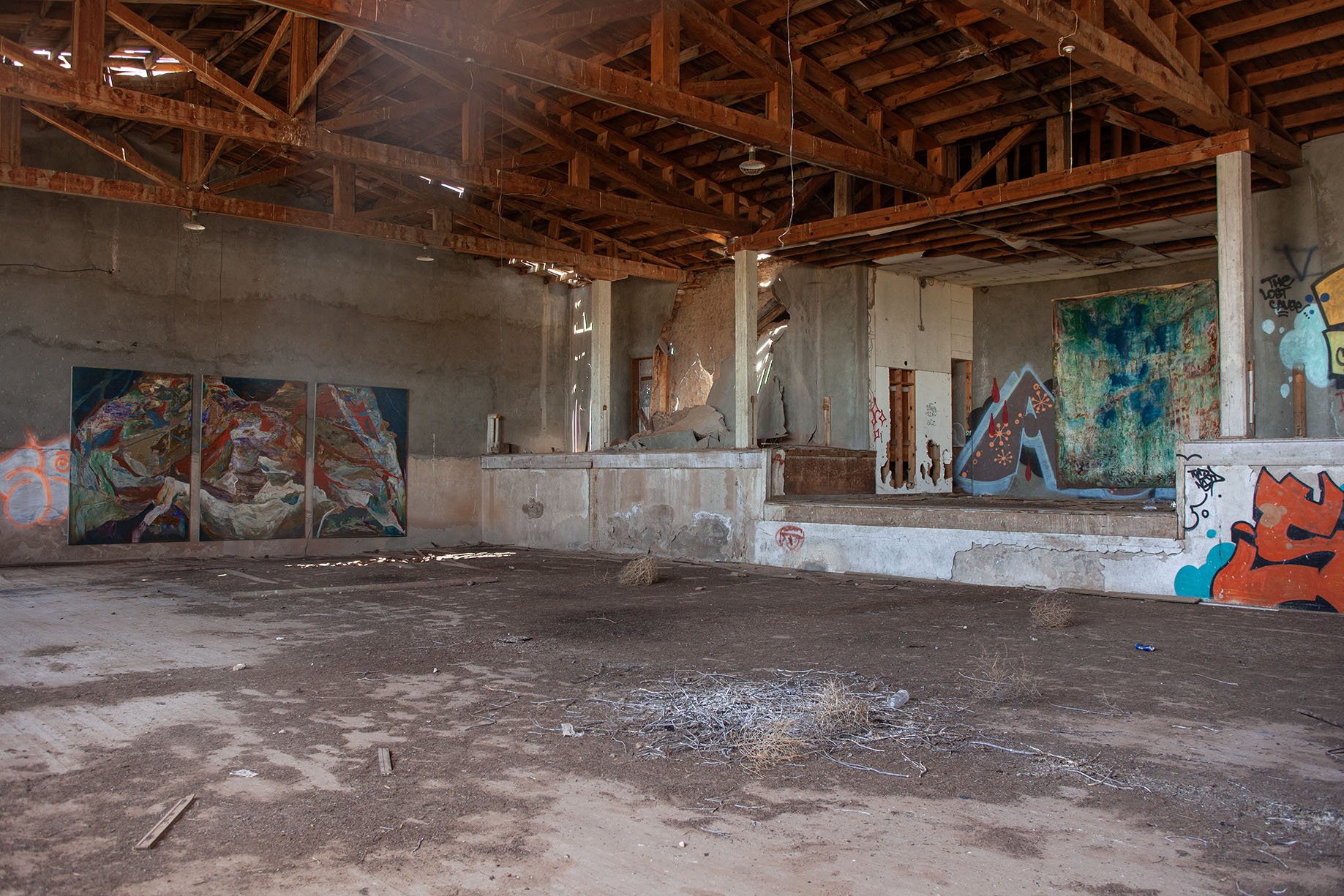

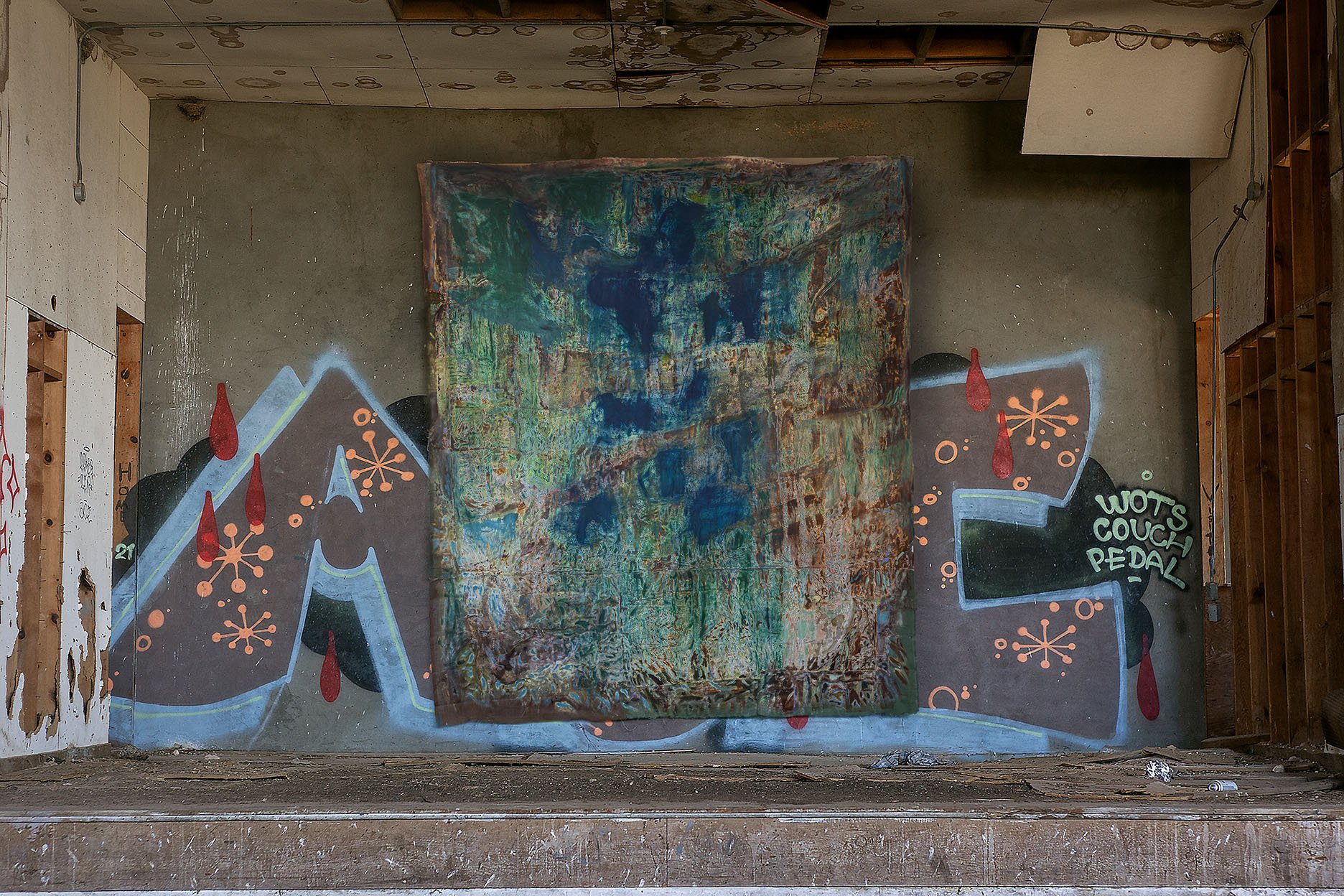
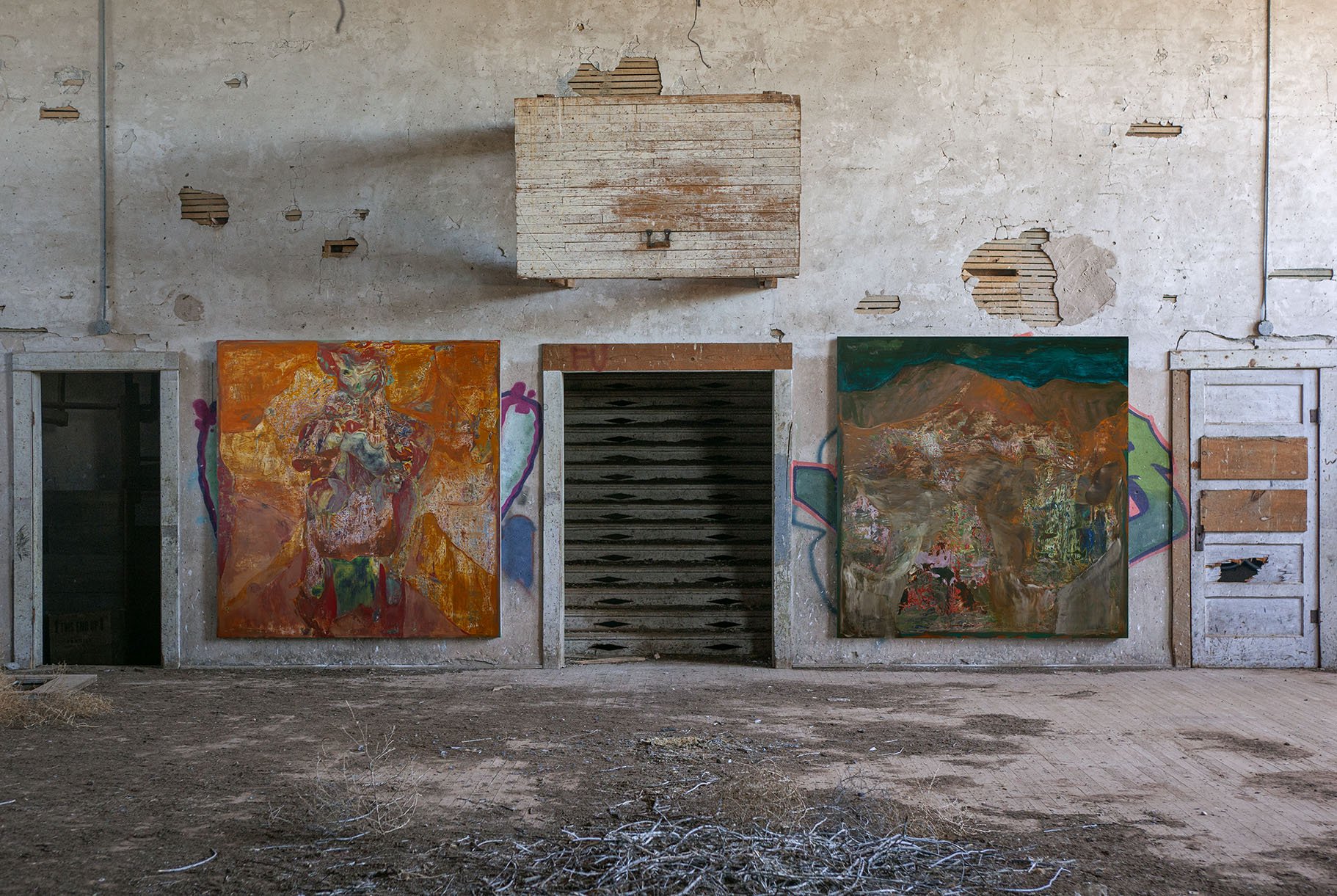
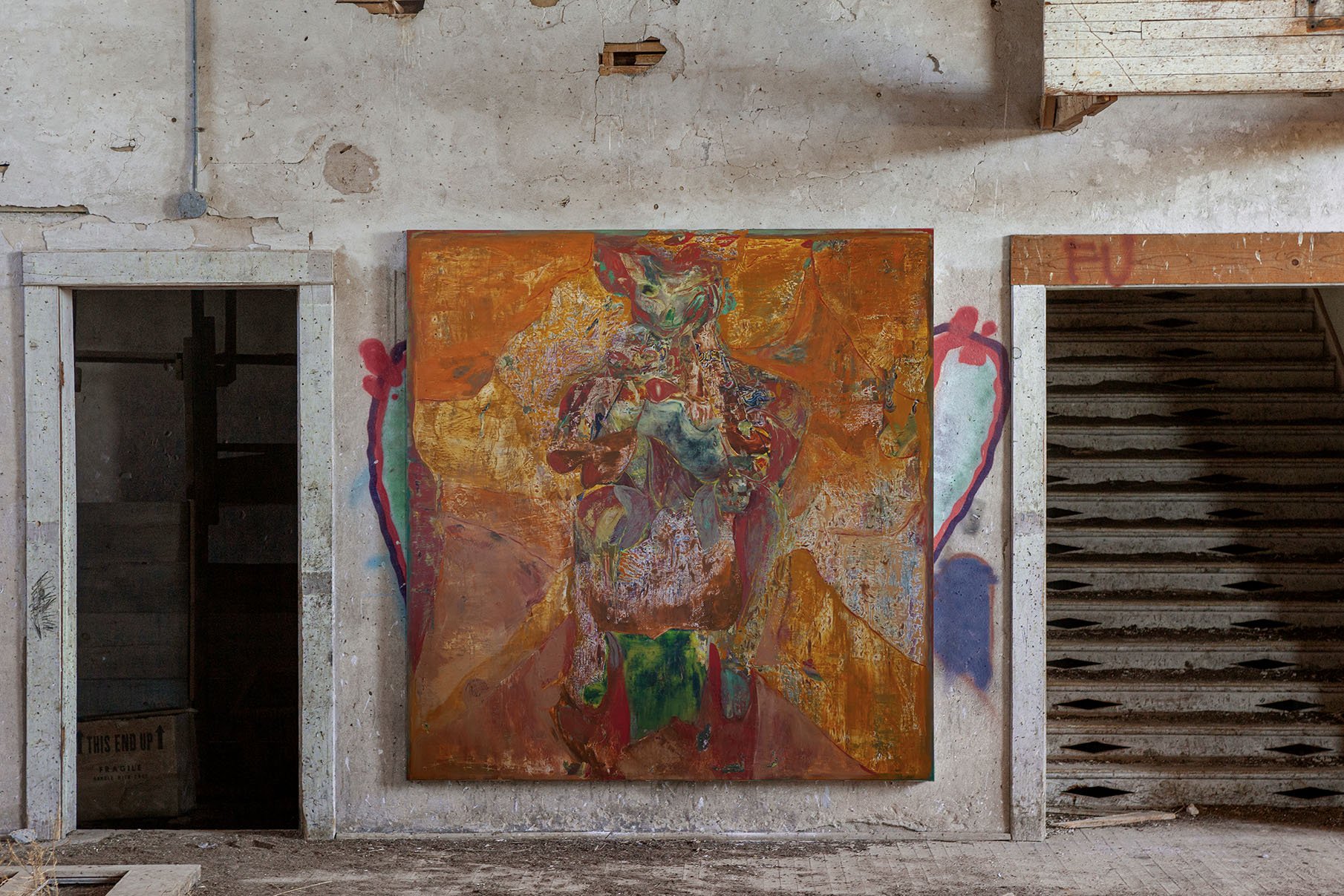
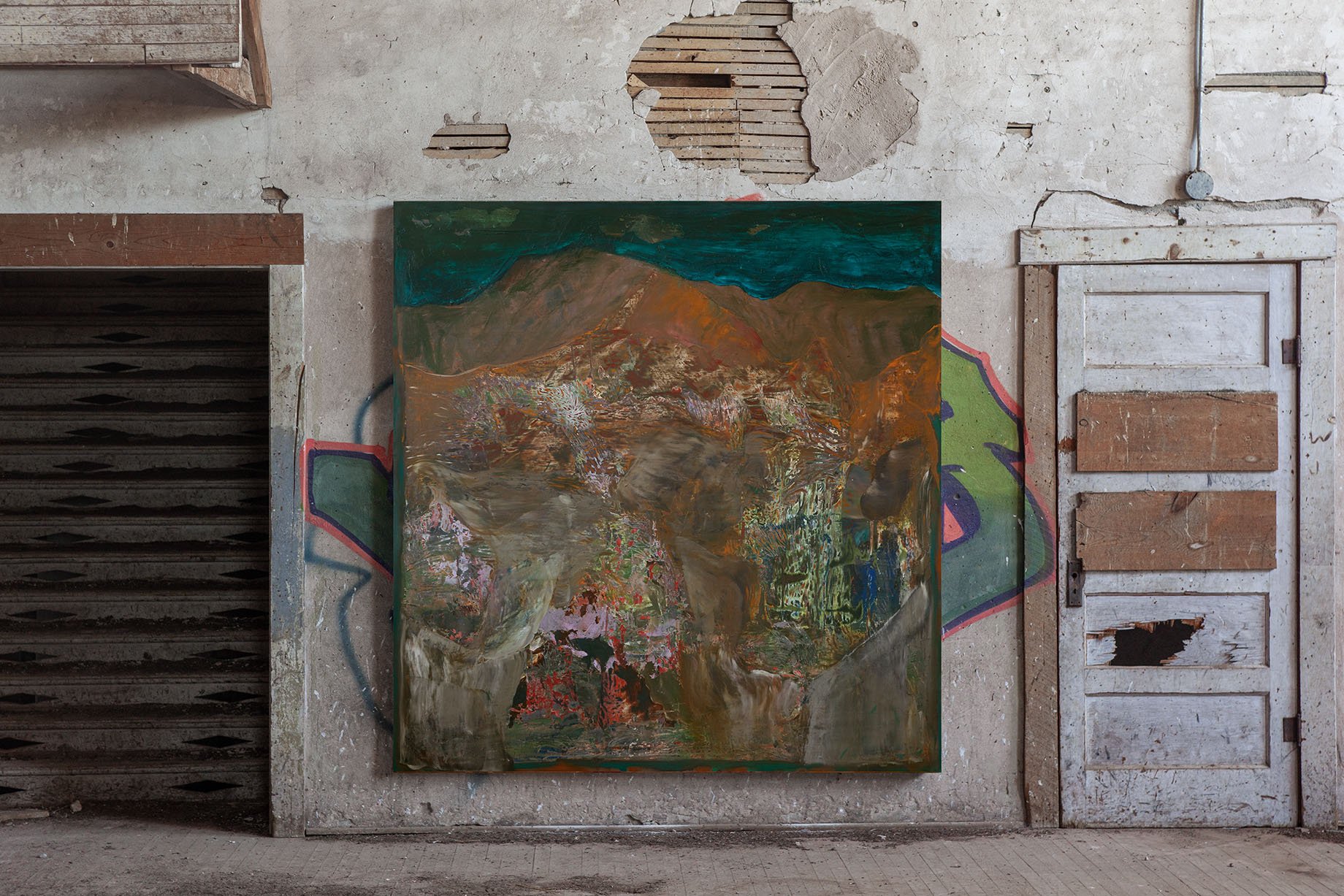
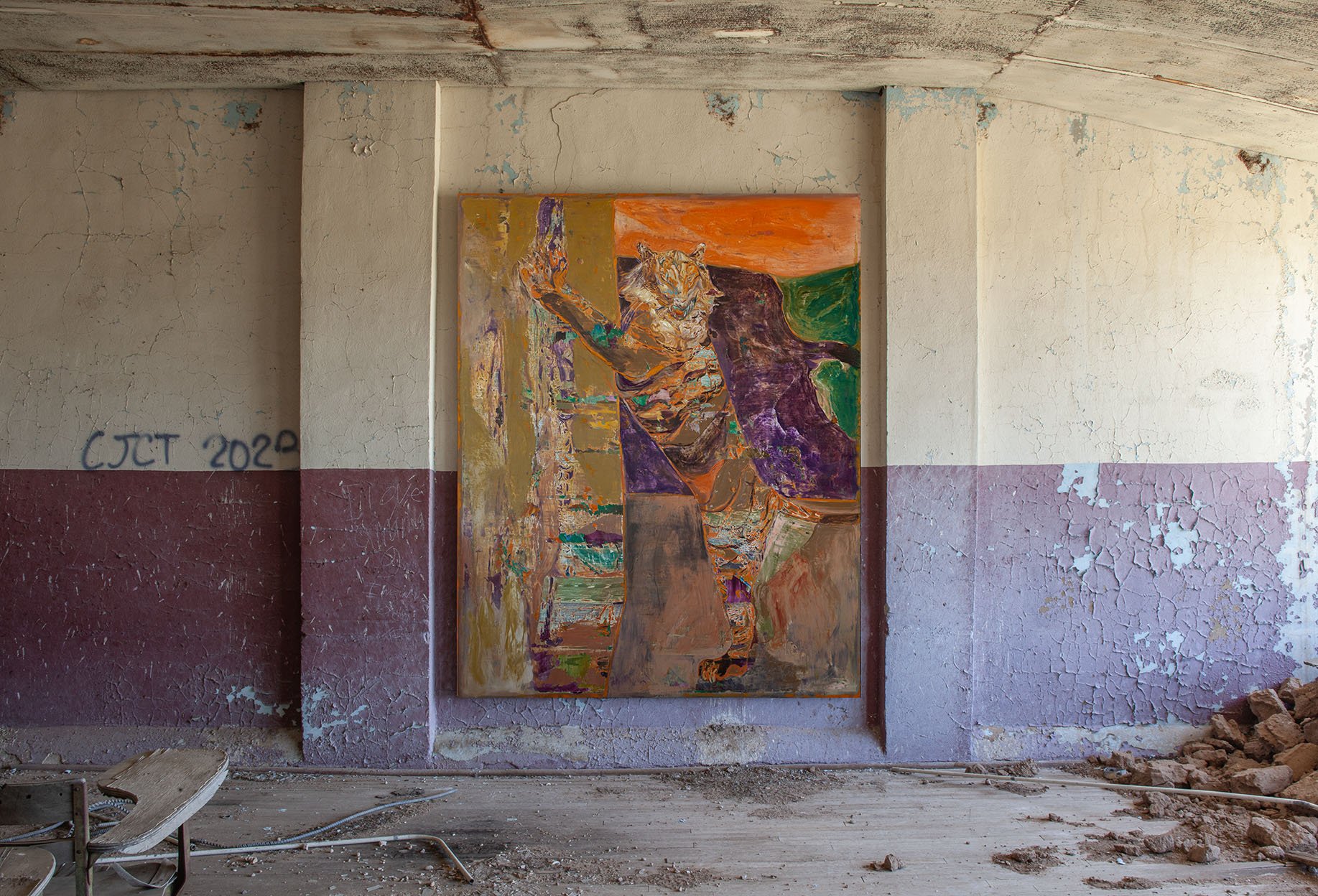
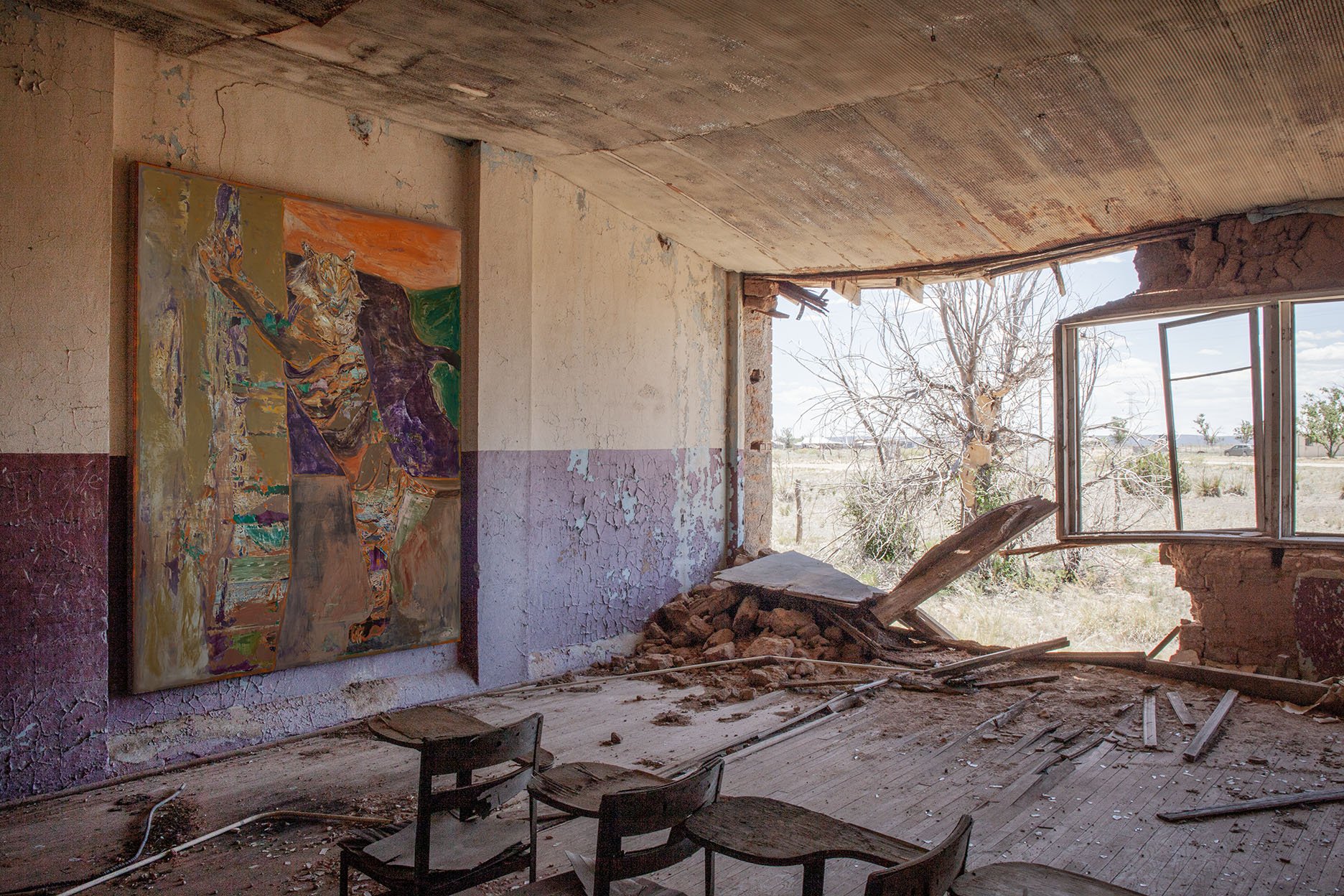
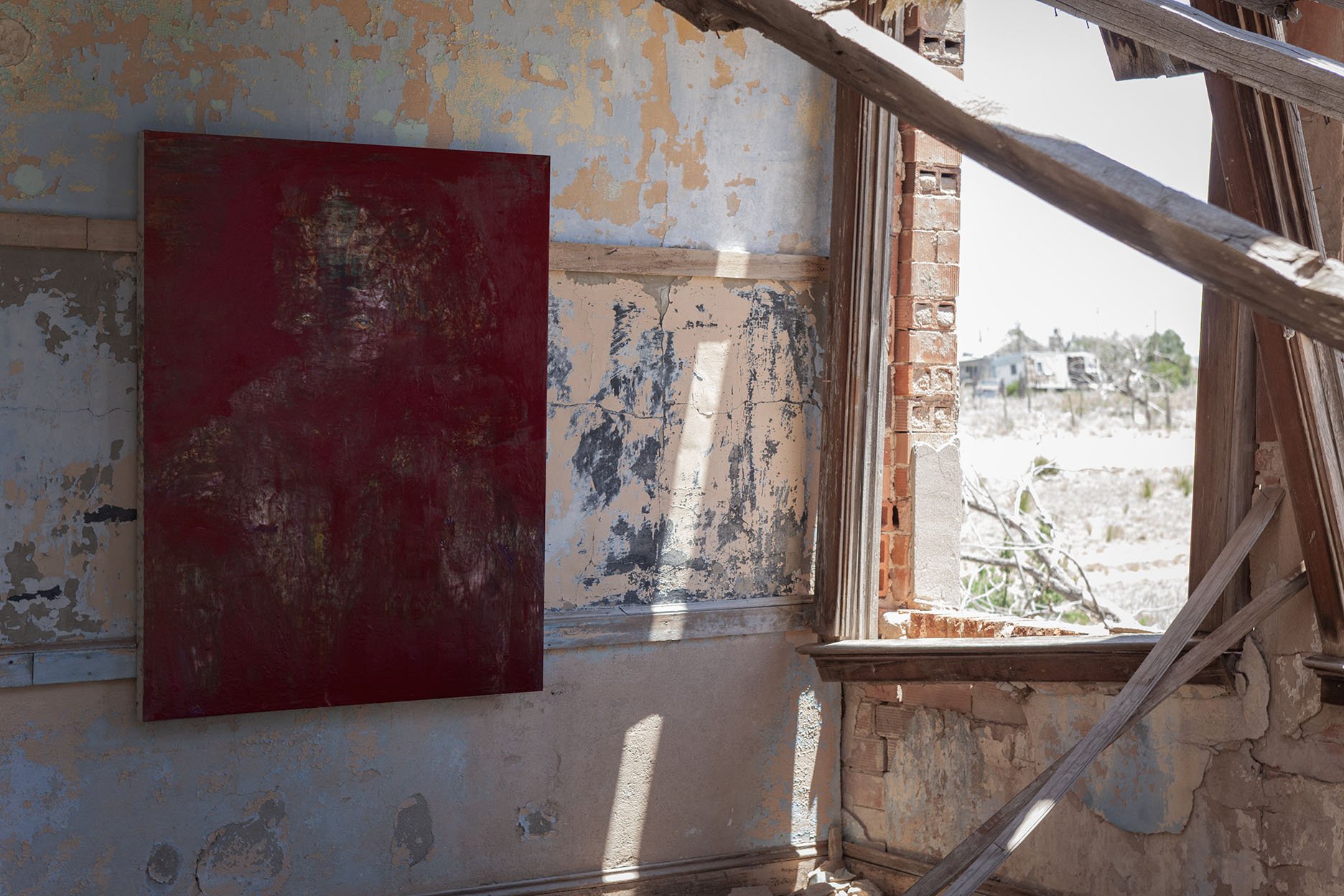
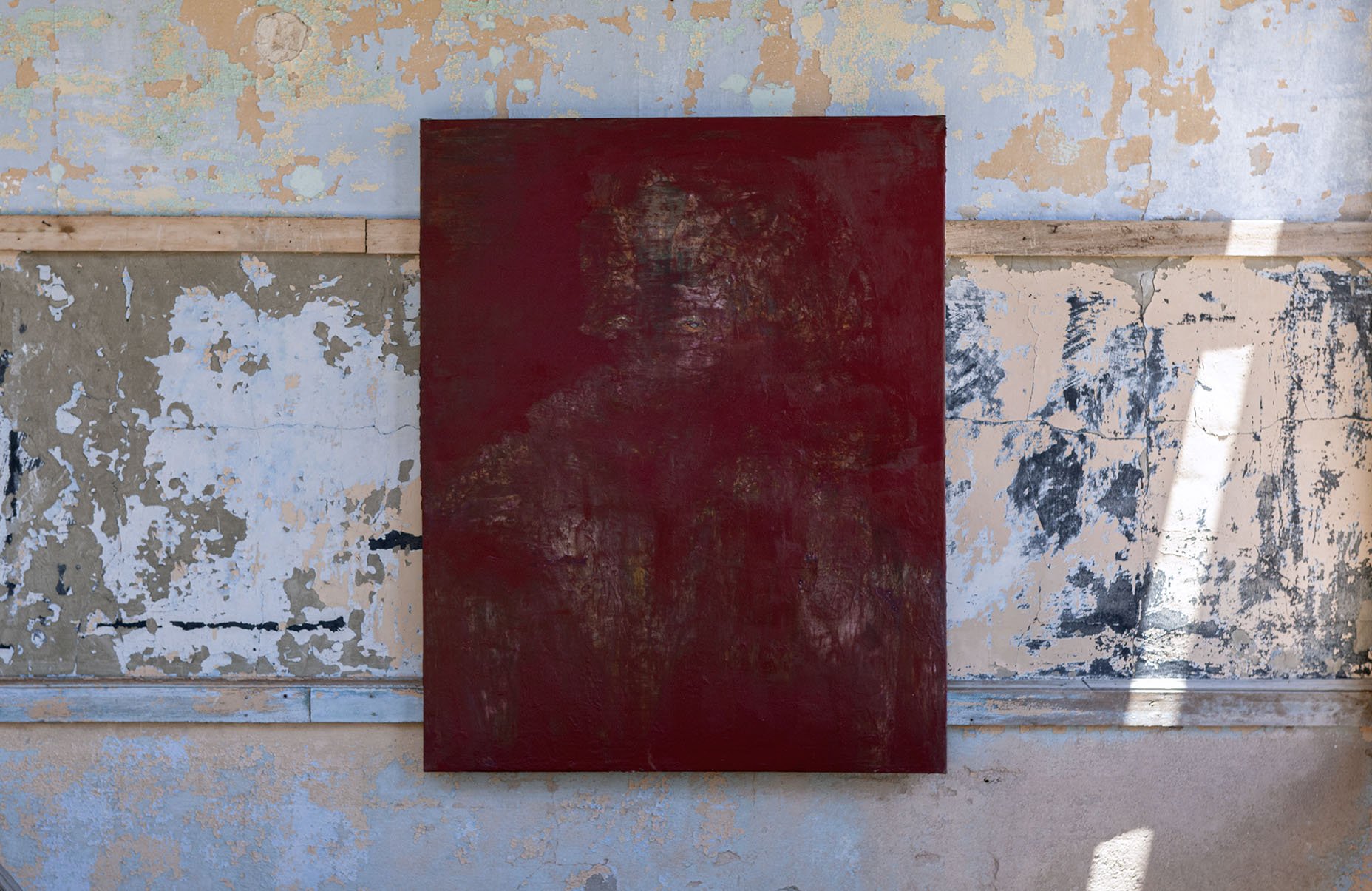
San Acacia Church
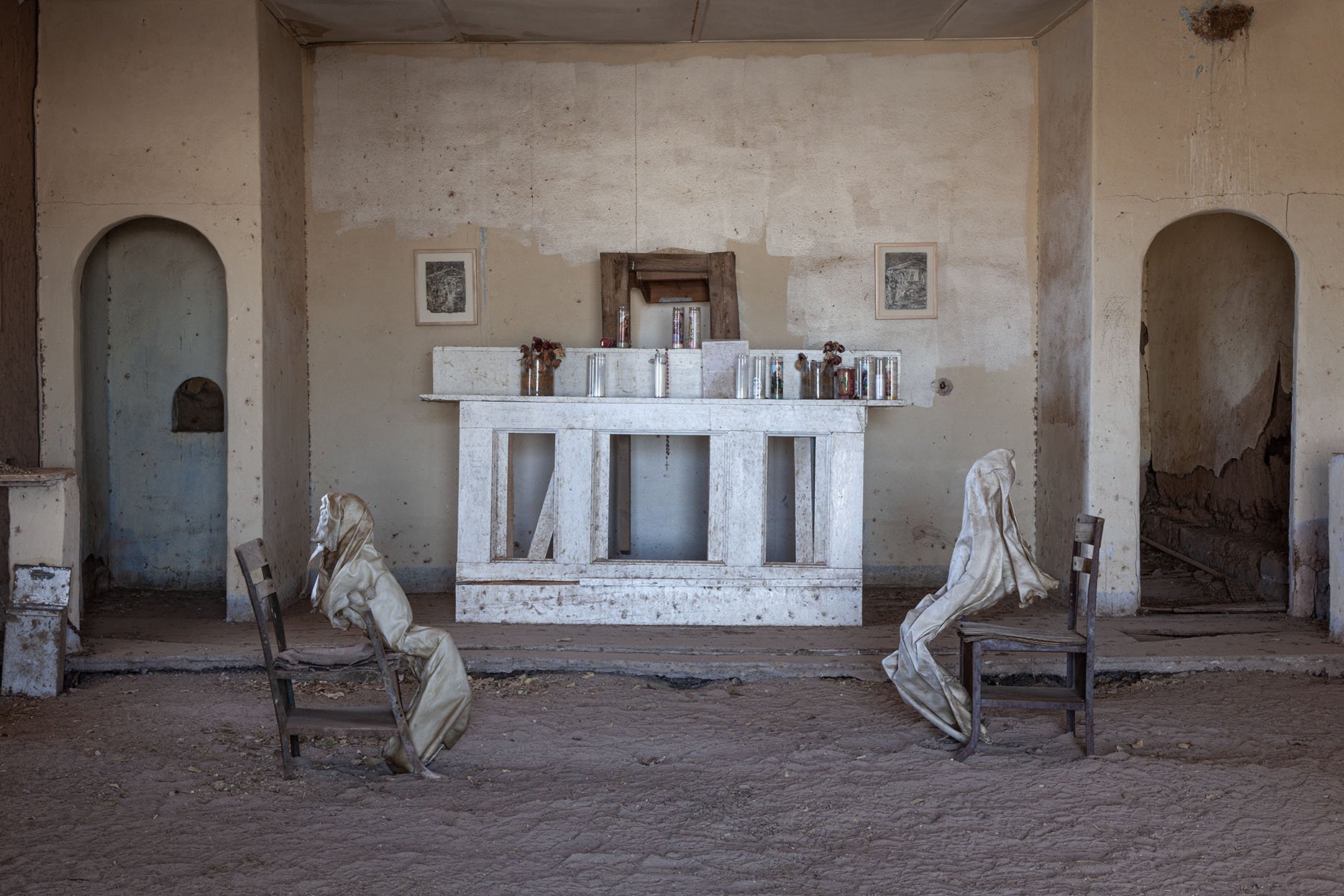
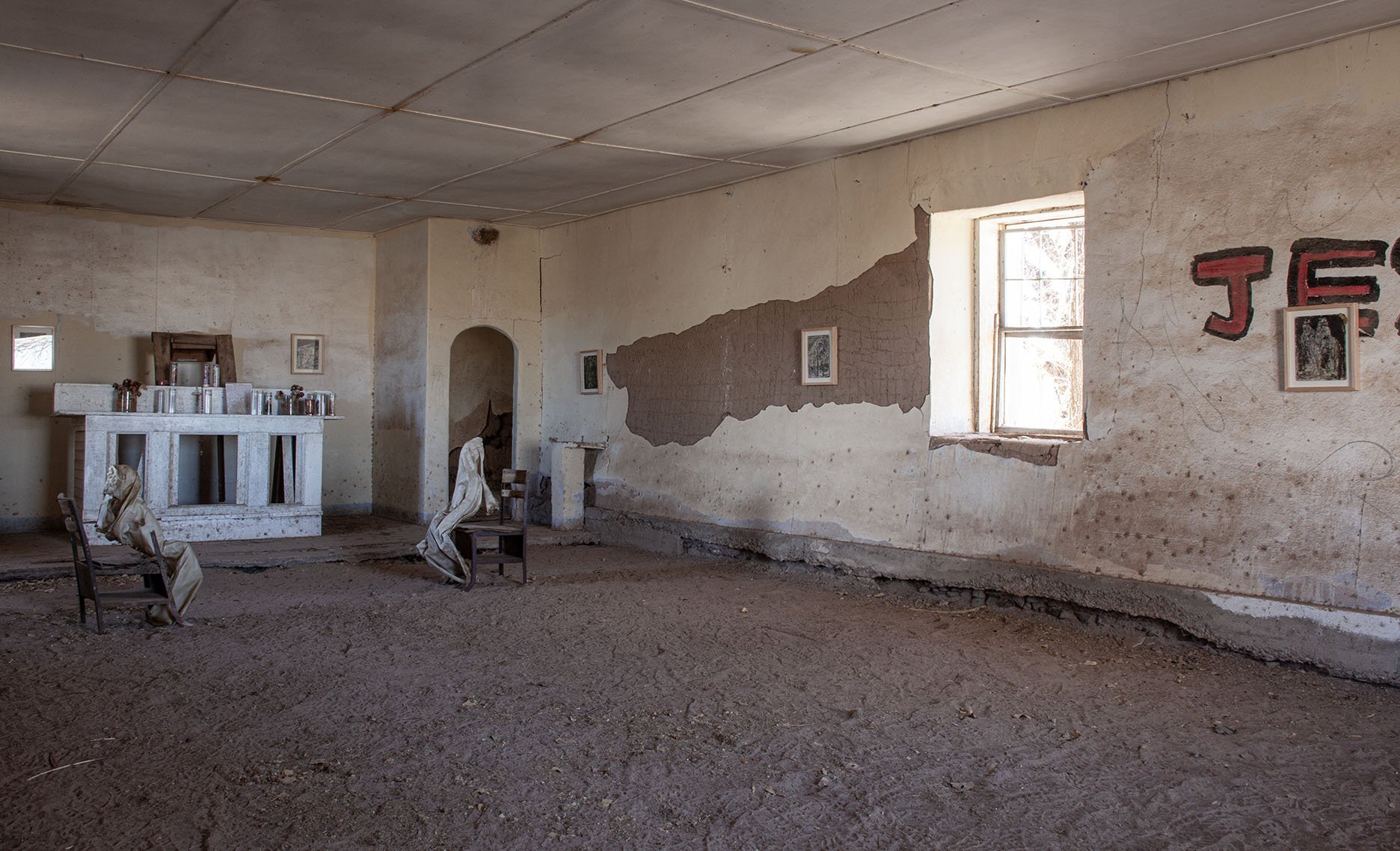
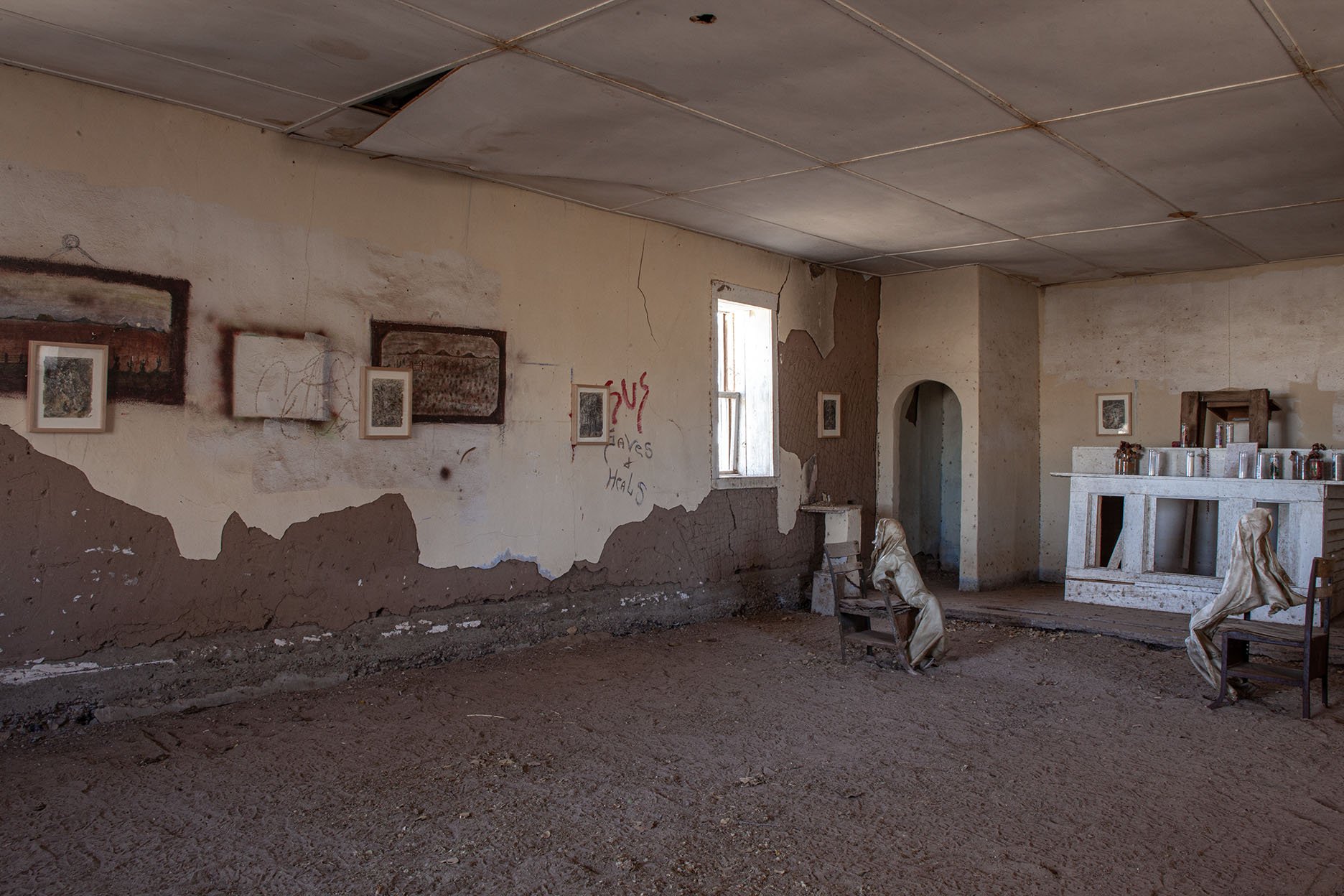

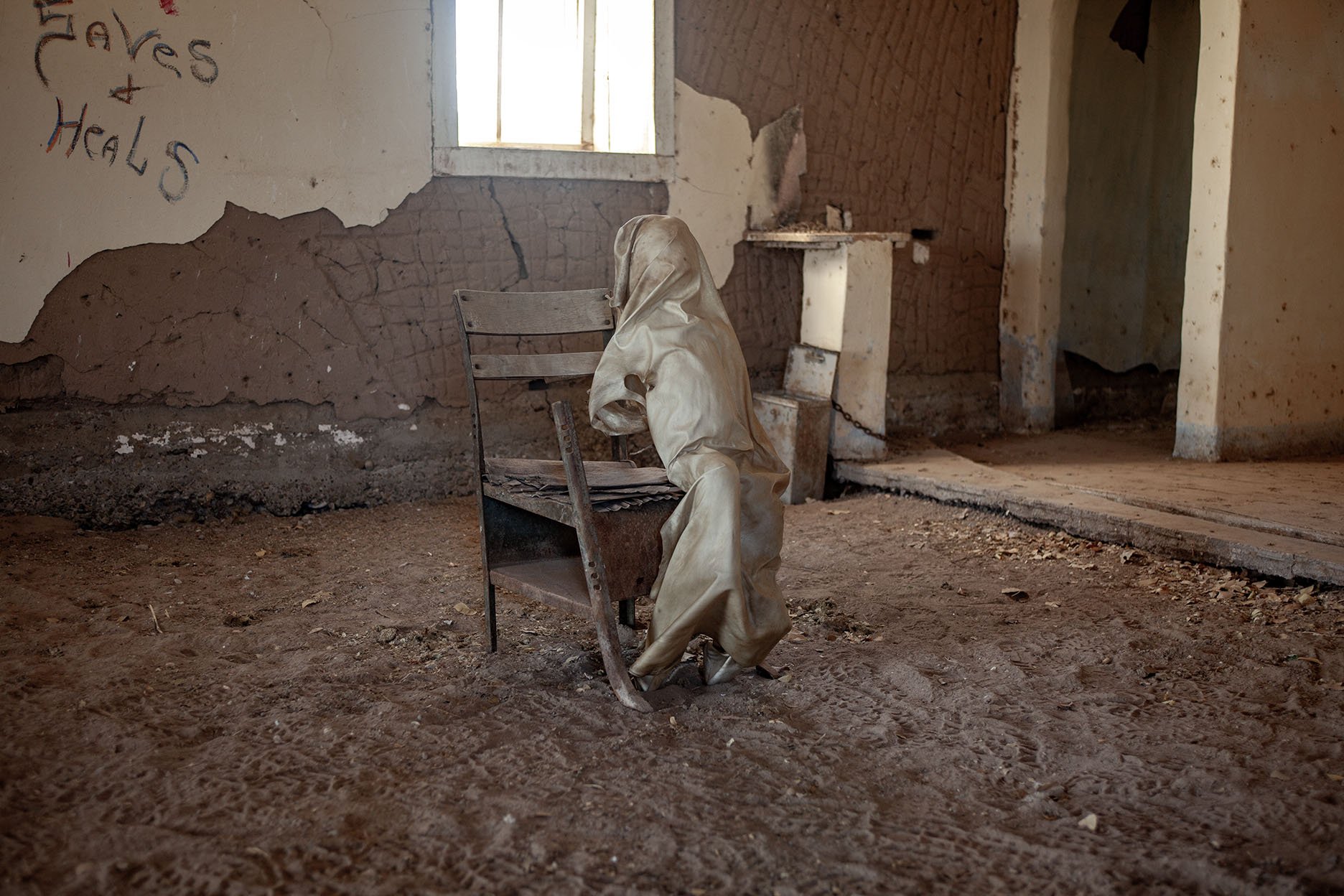


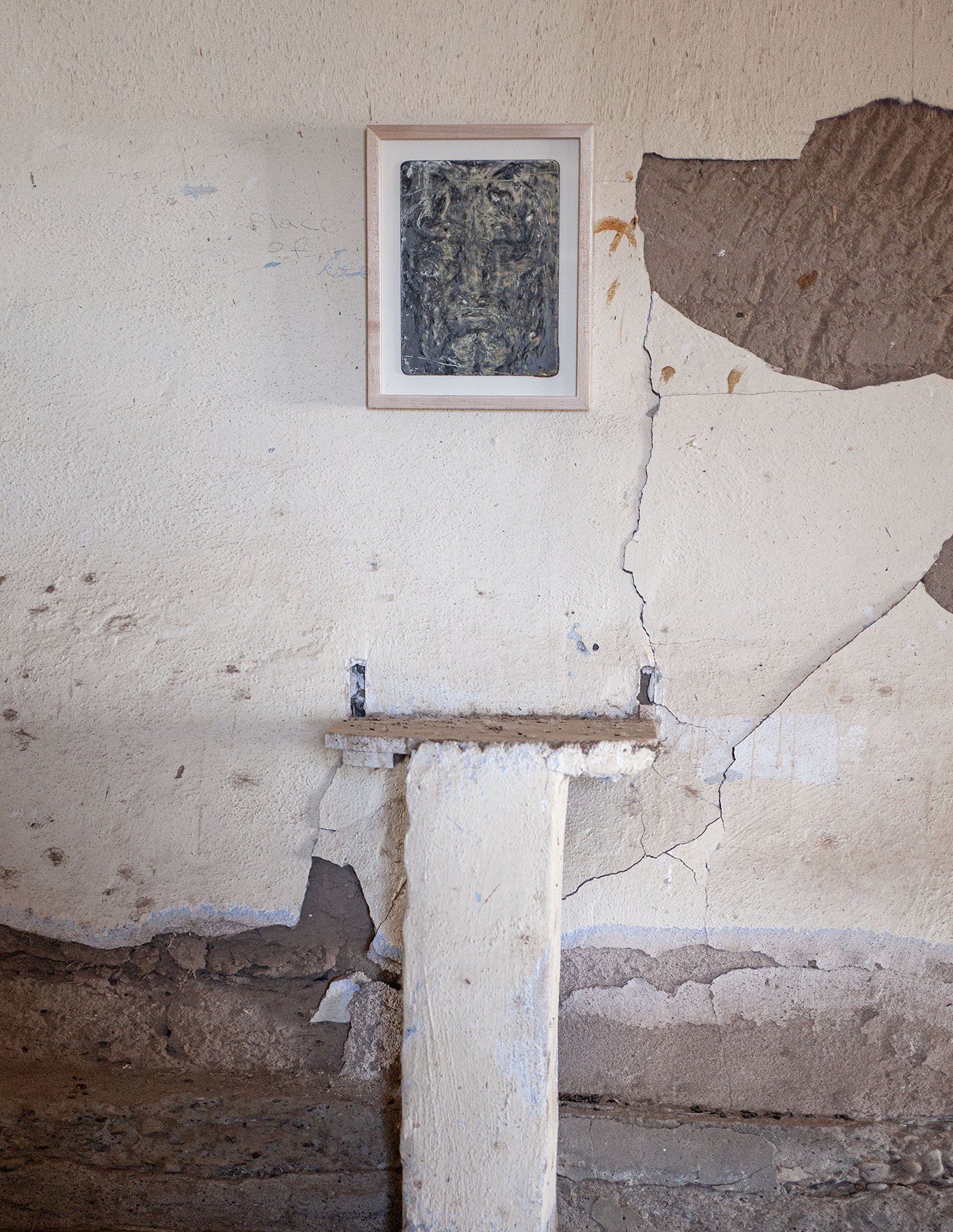
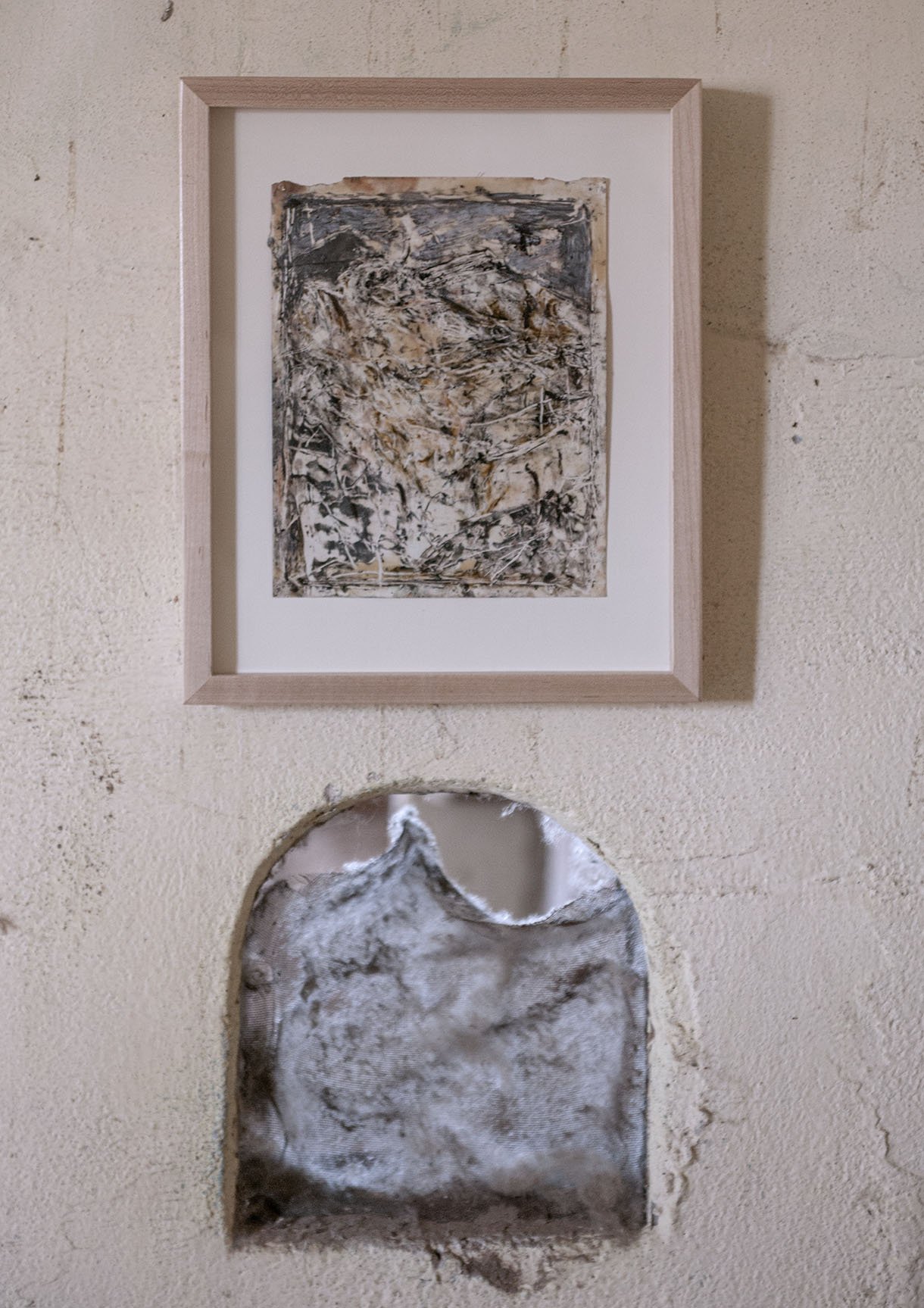


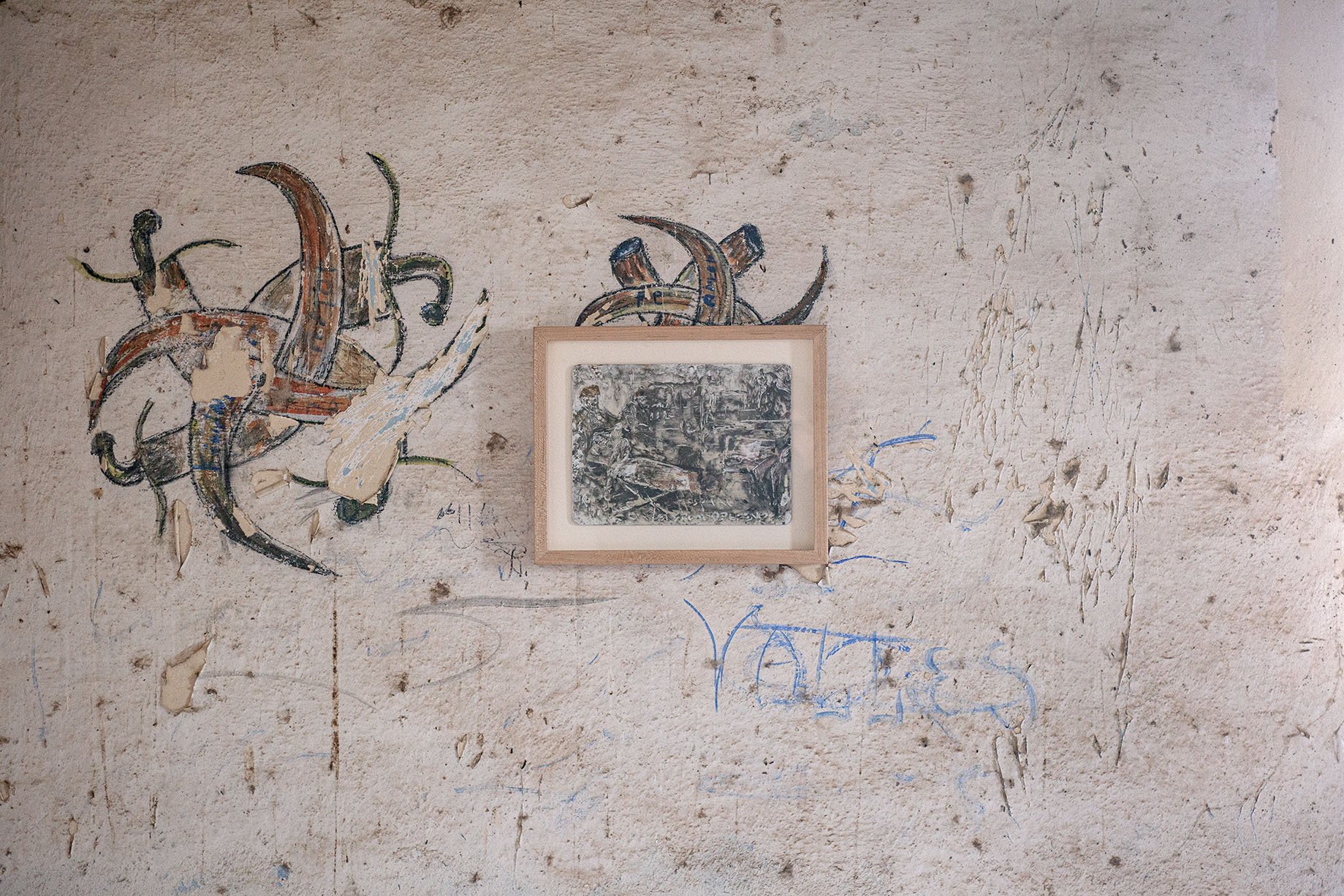
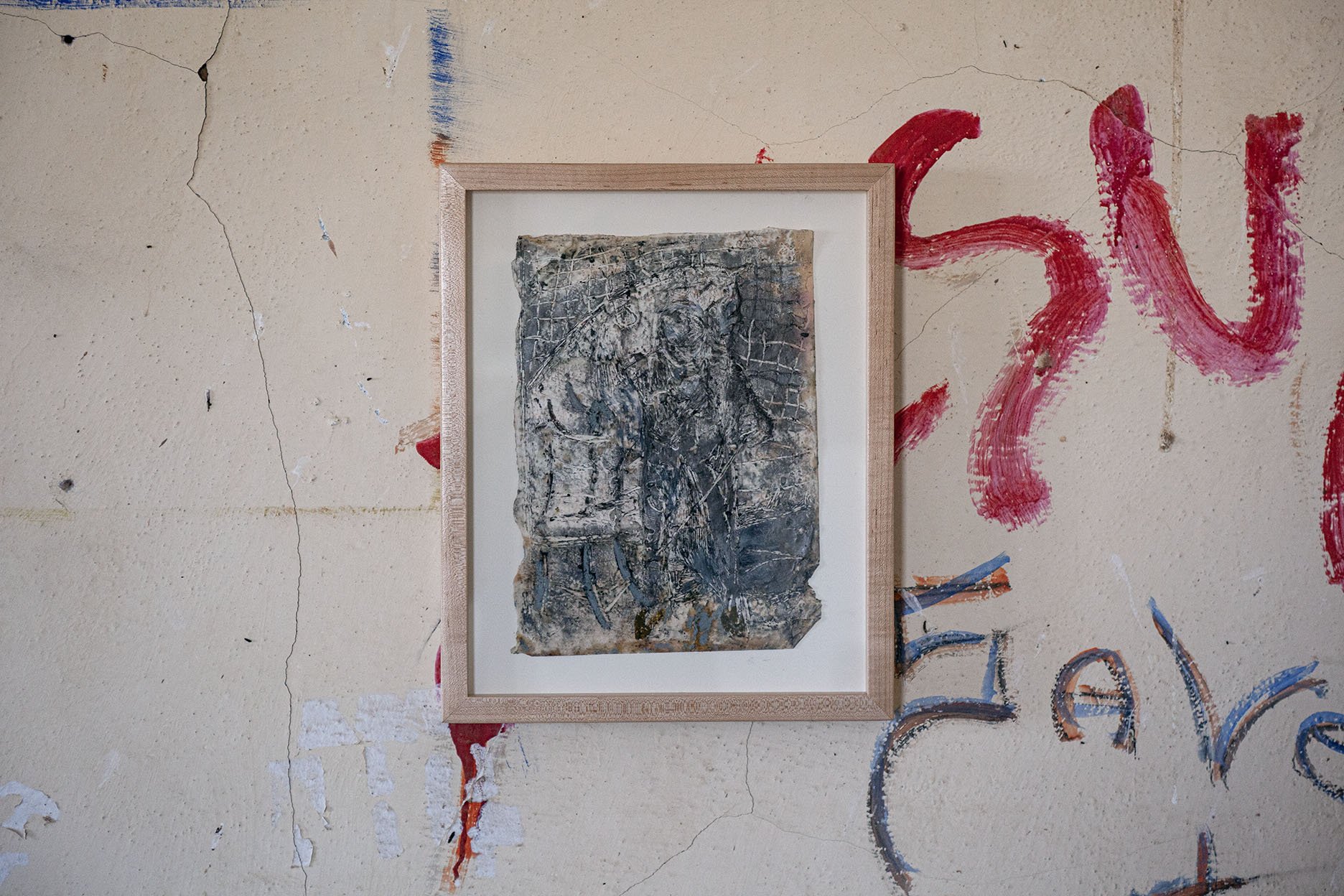

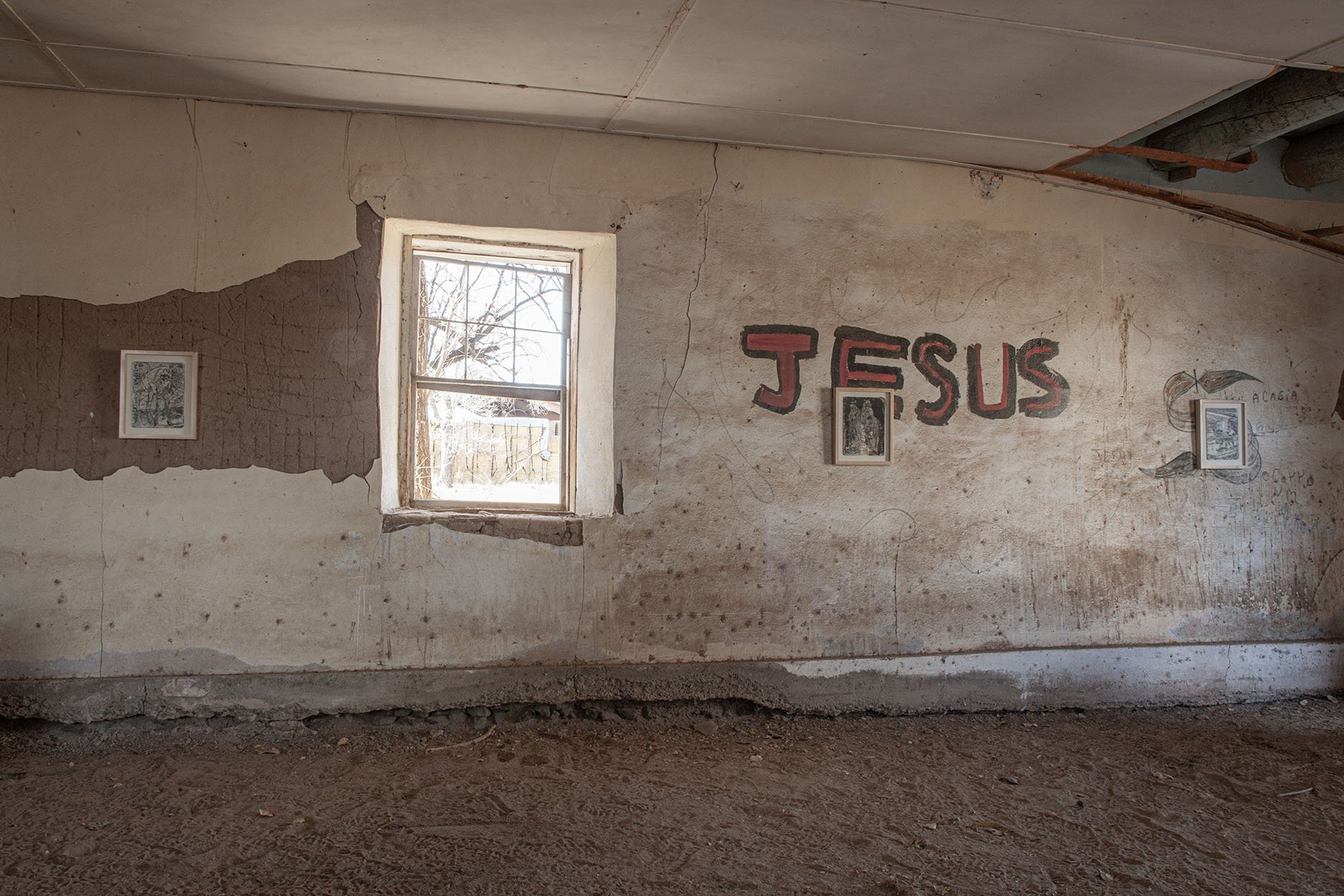

Taiban Church
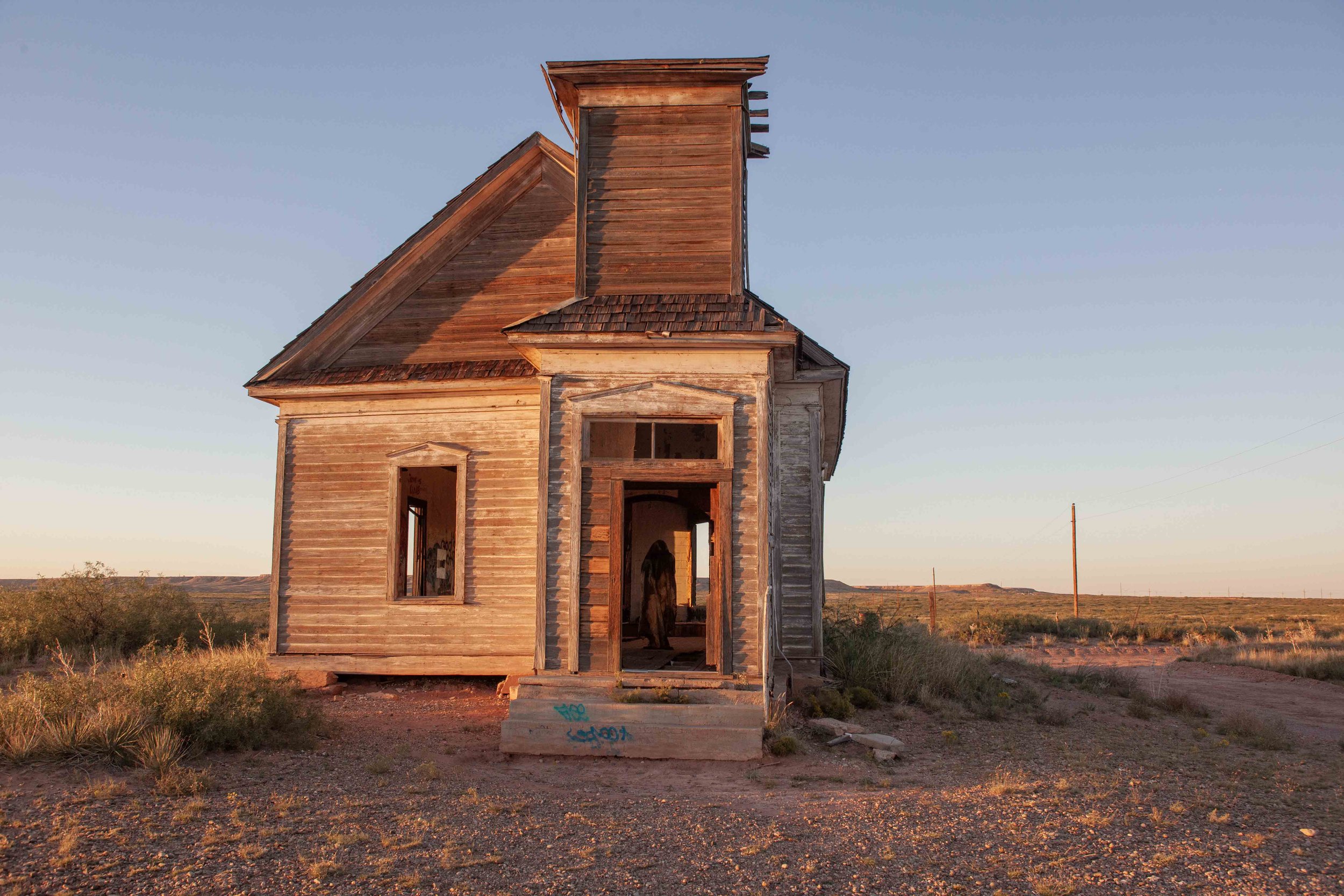
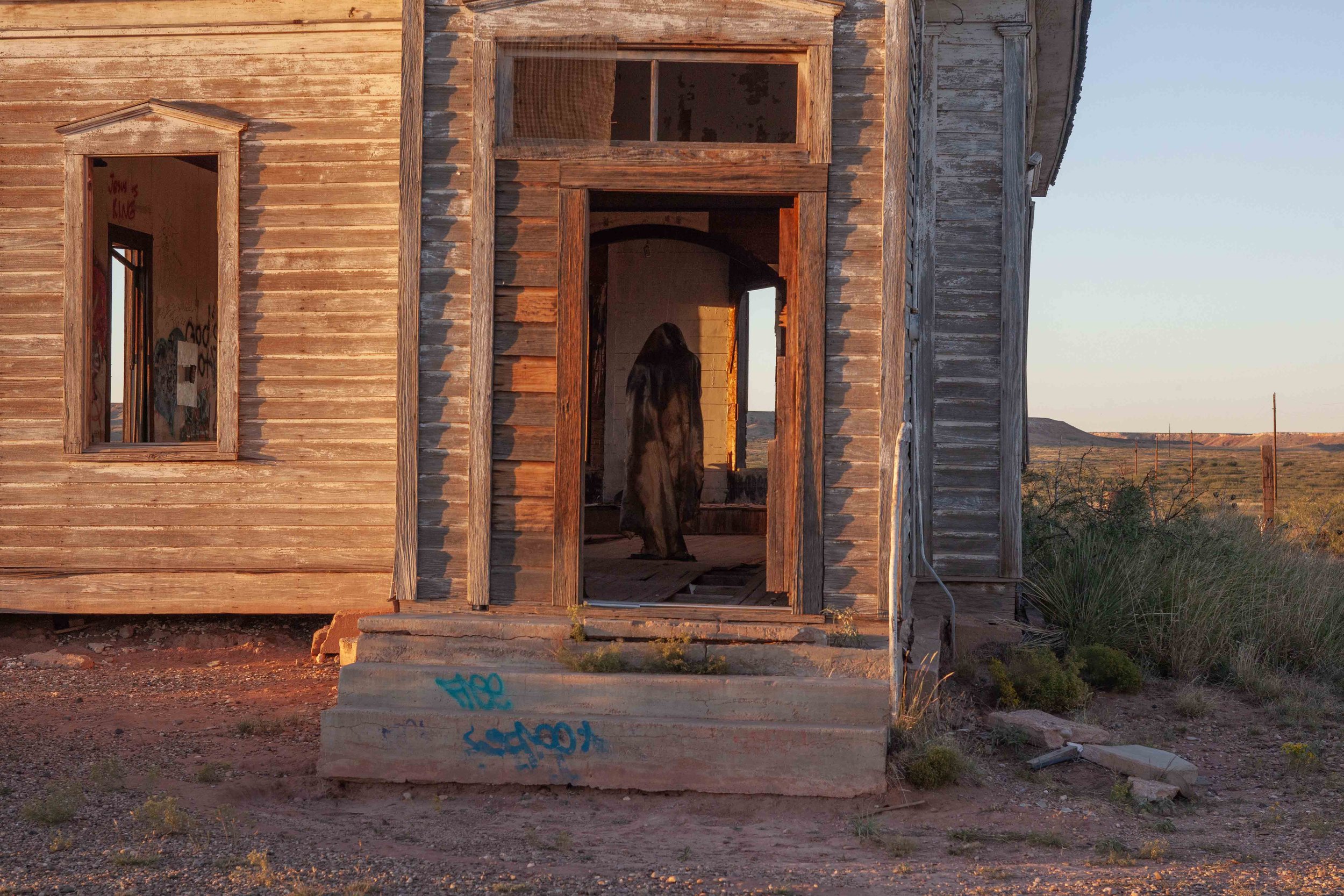

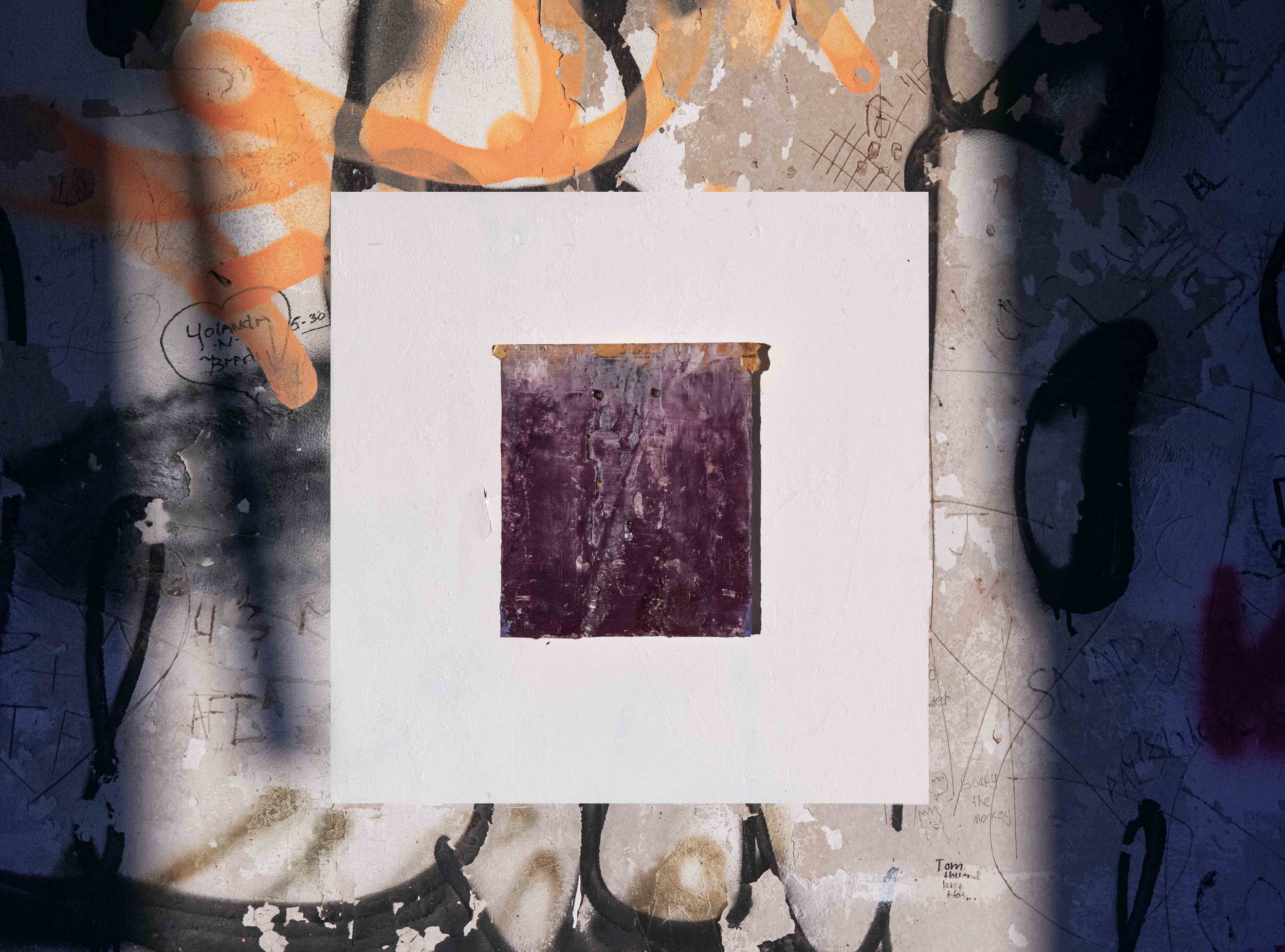
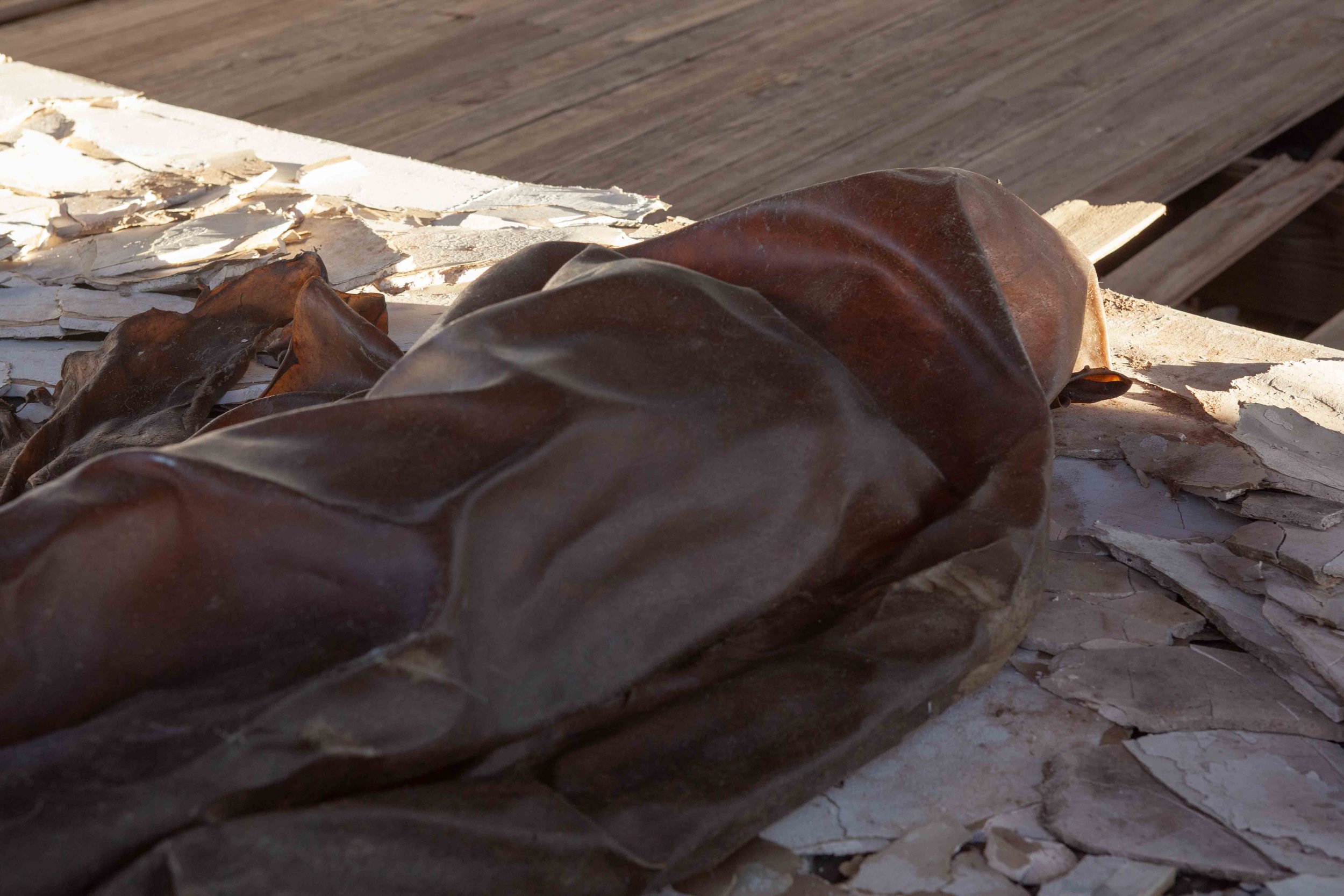
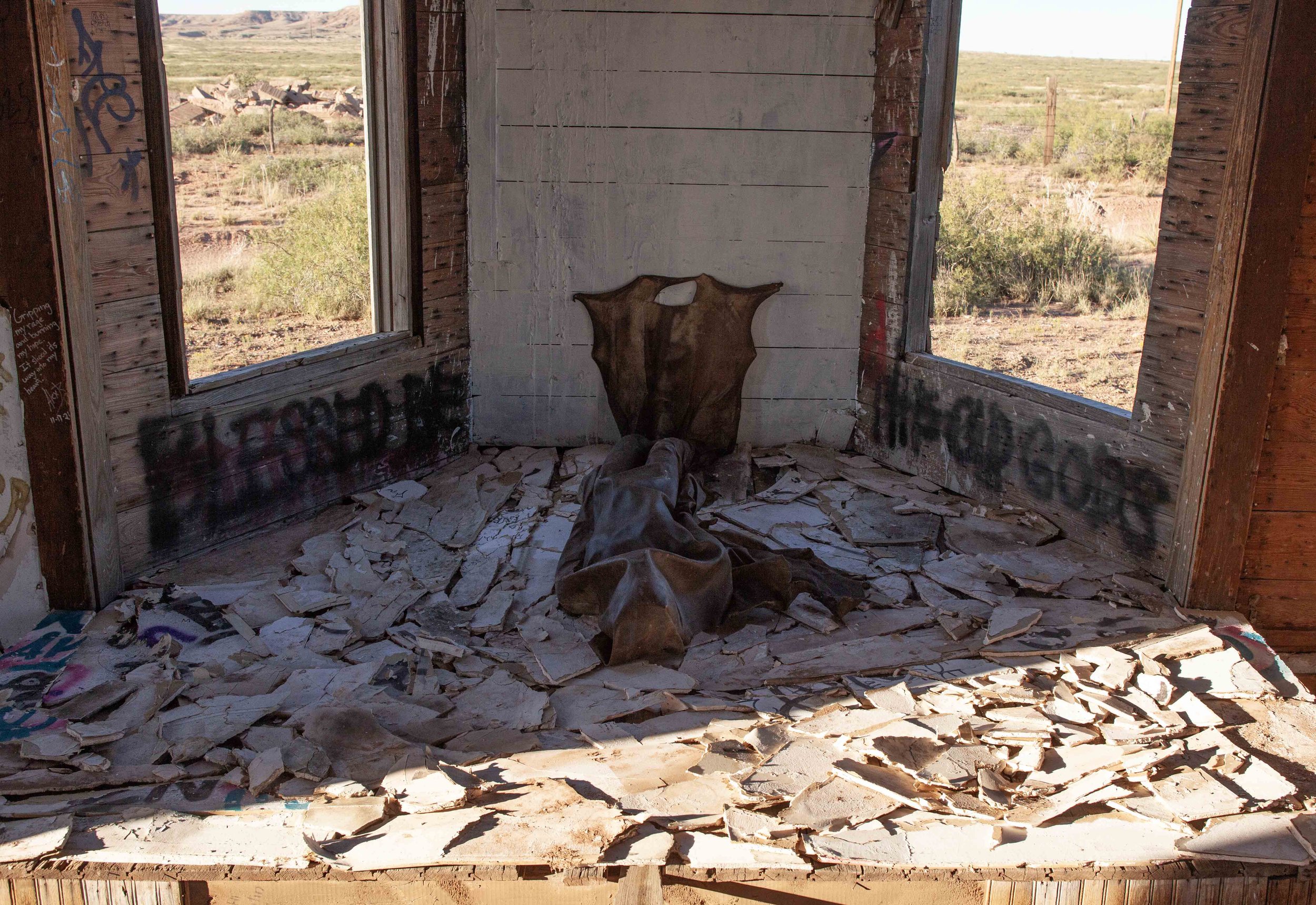
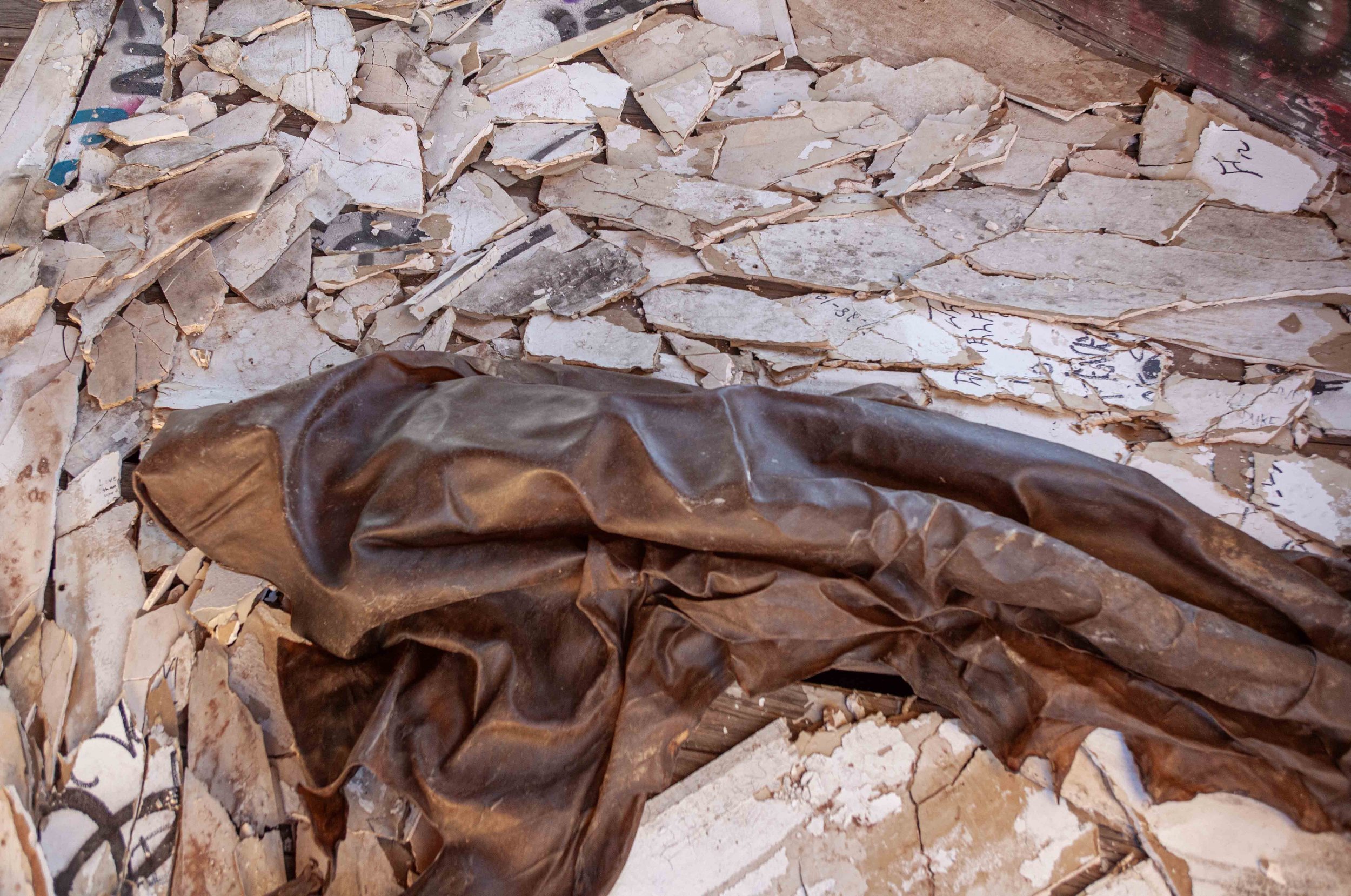
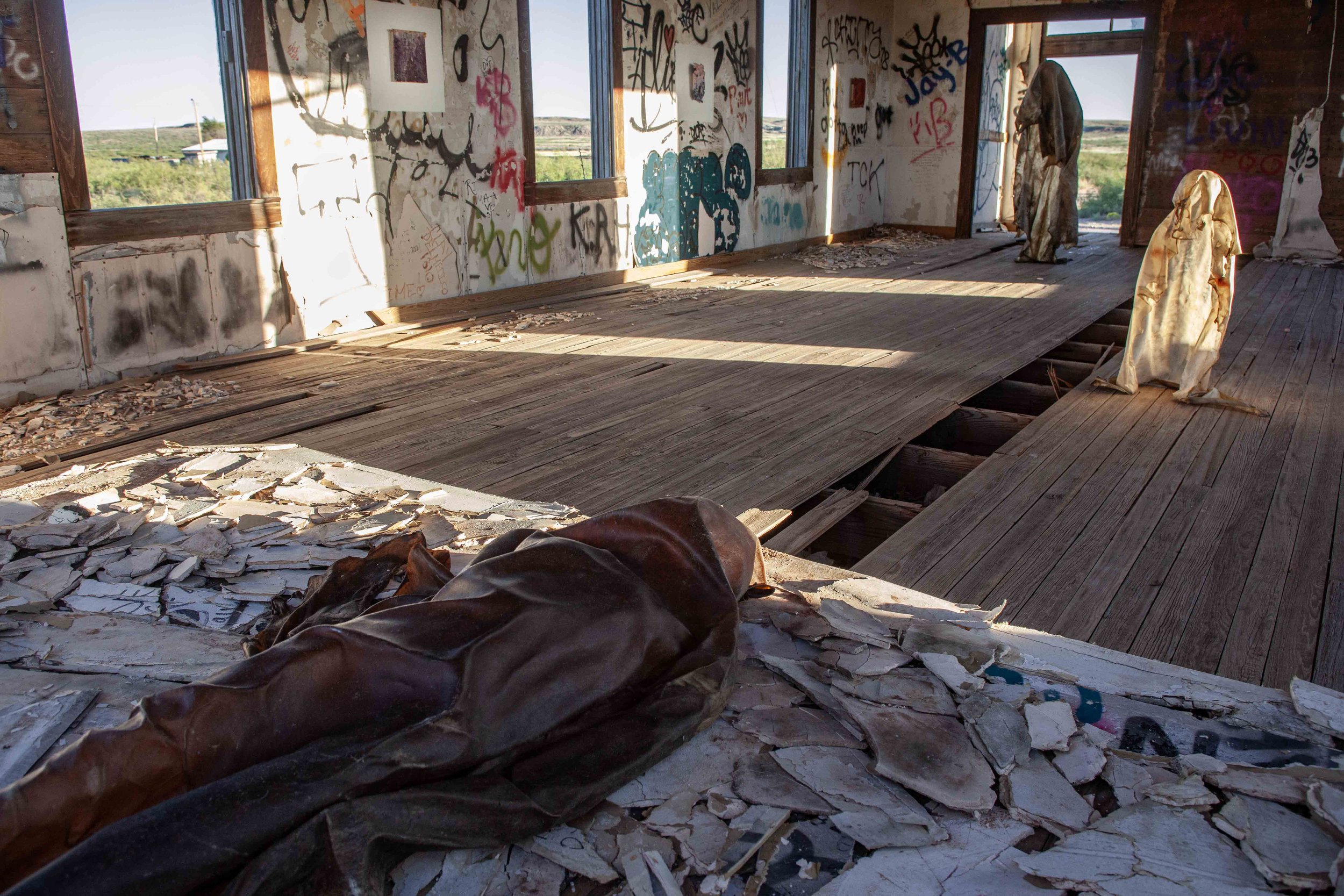
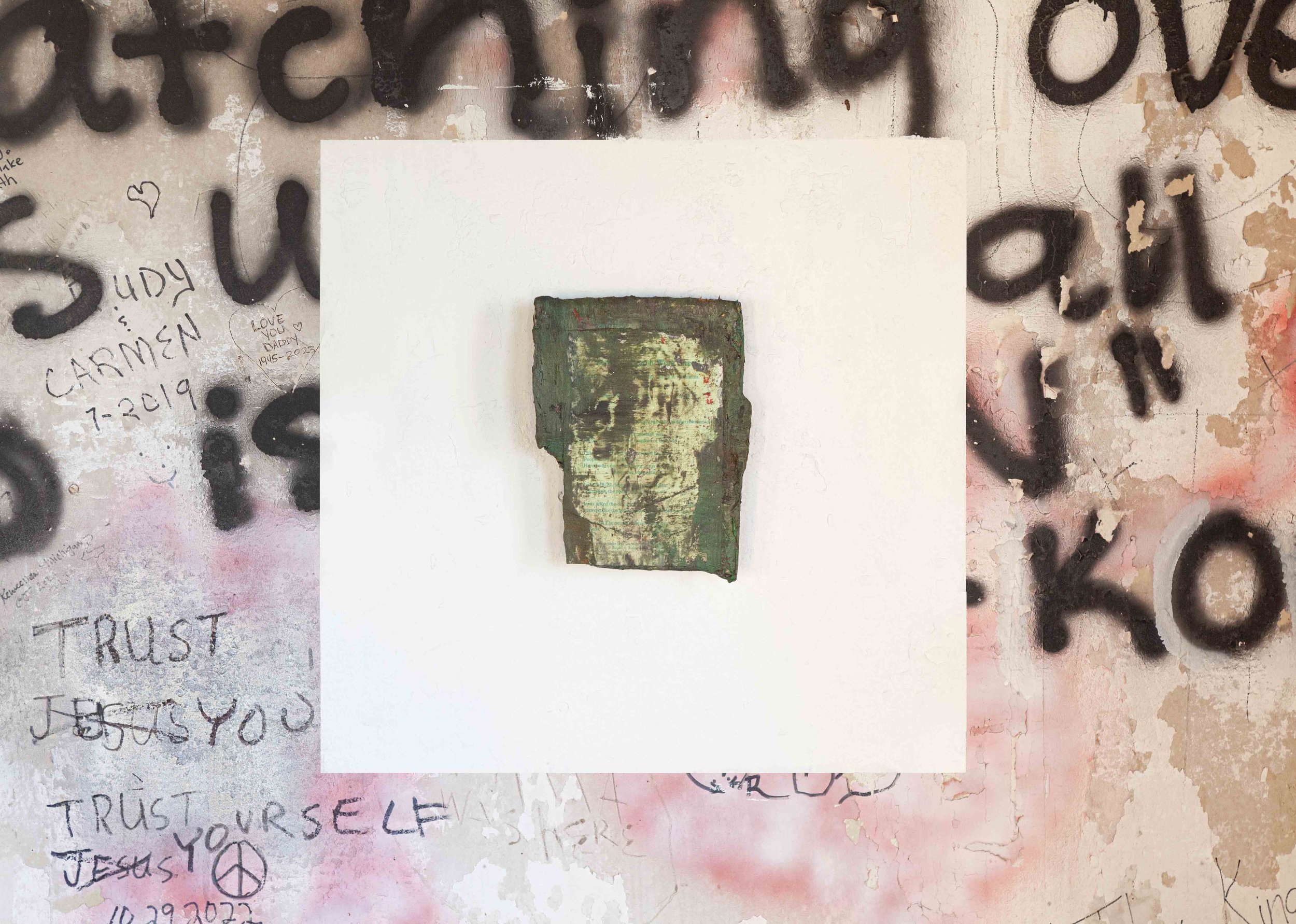
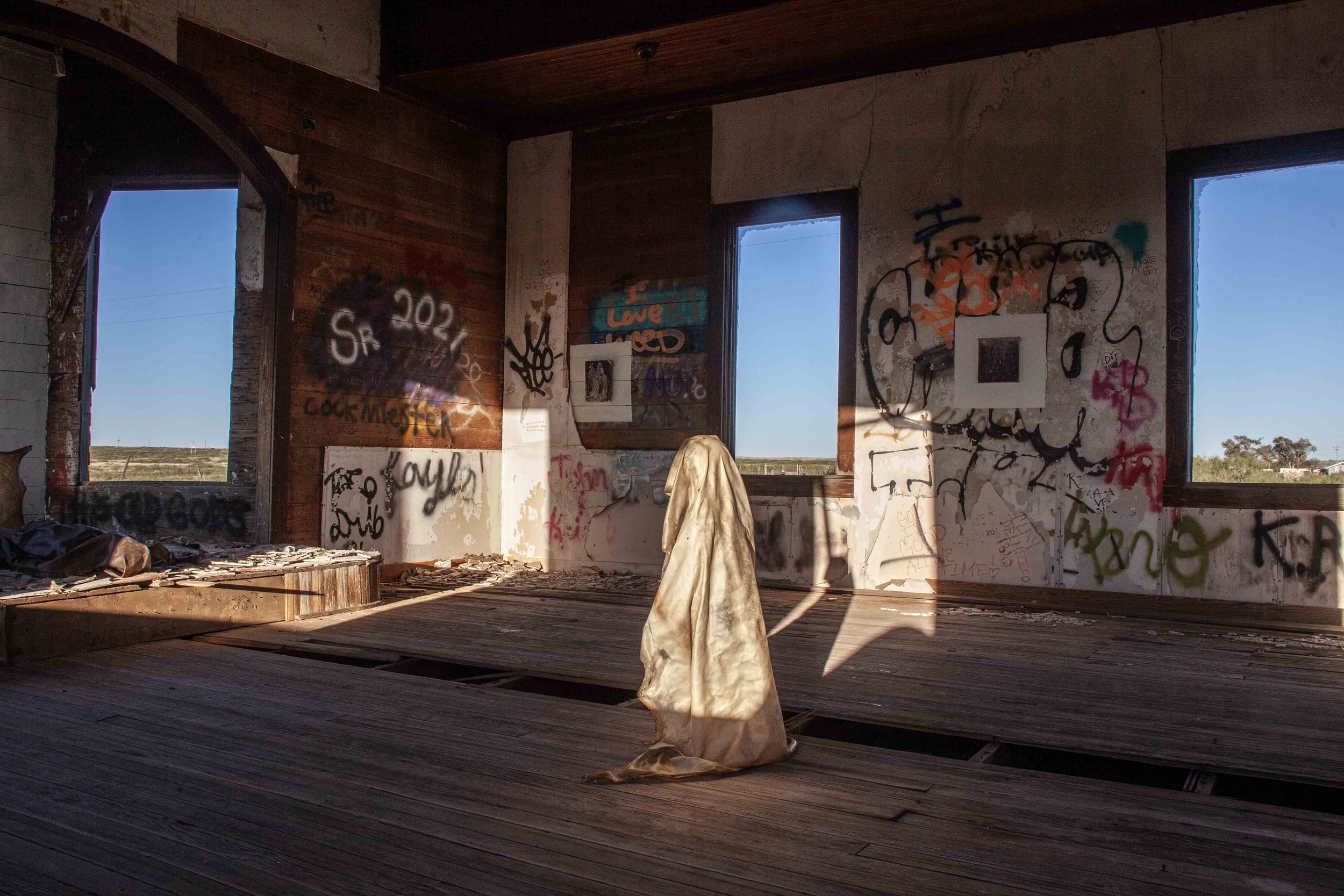
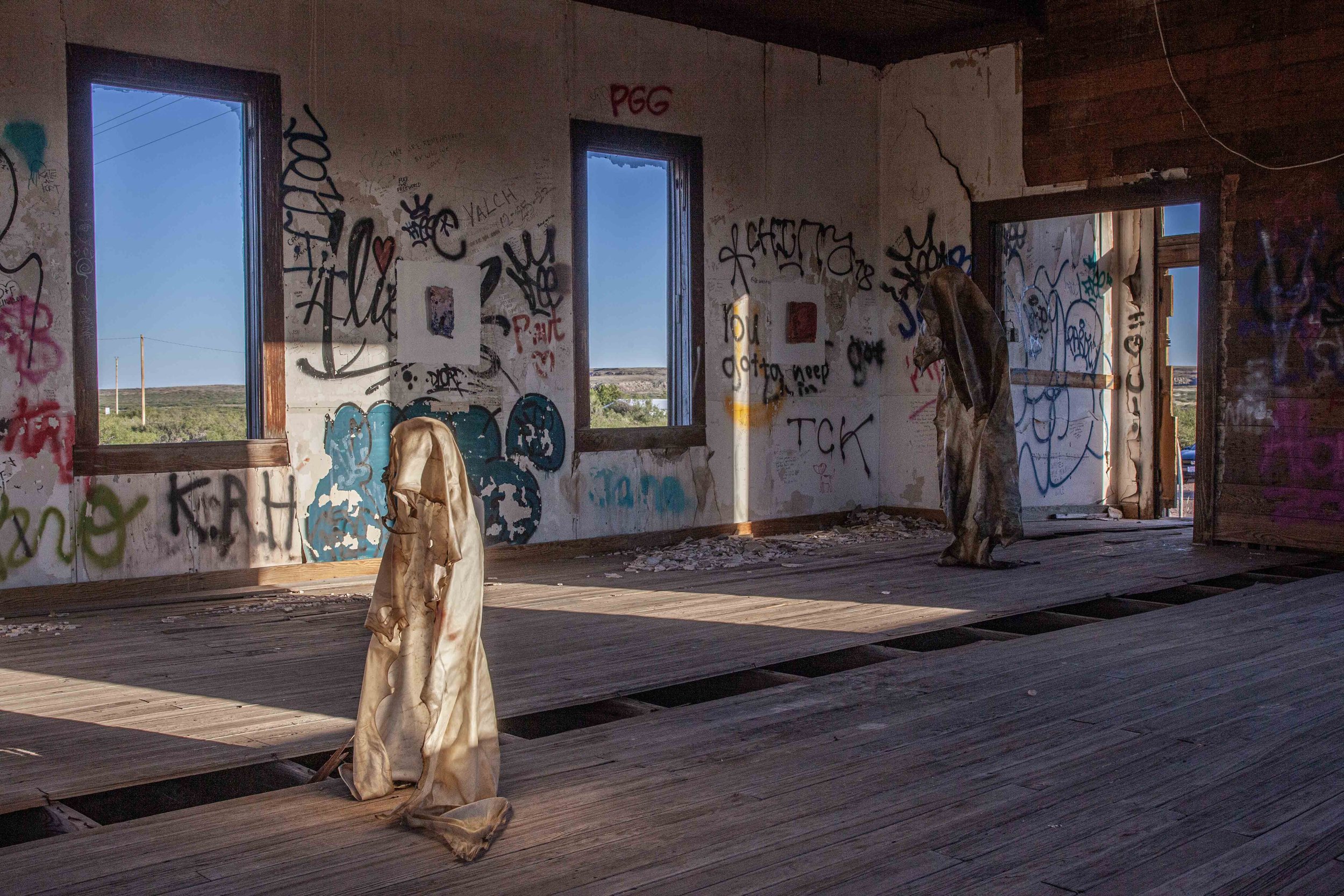
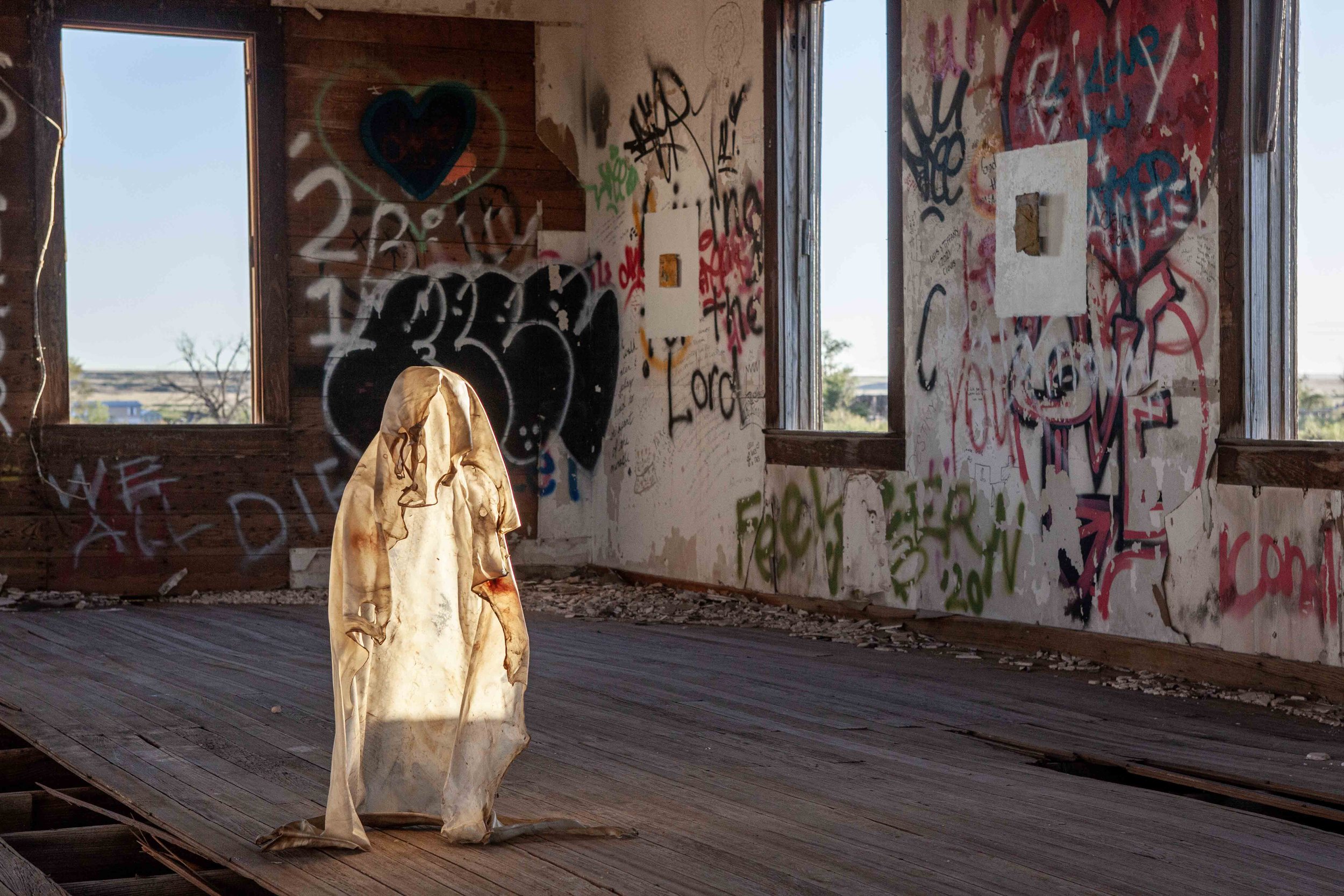
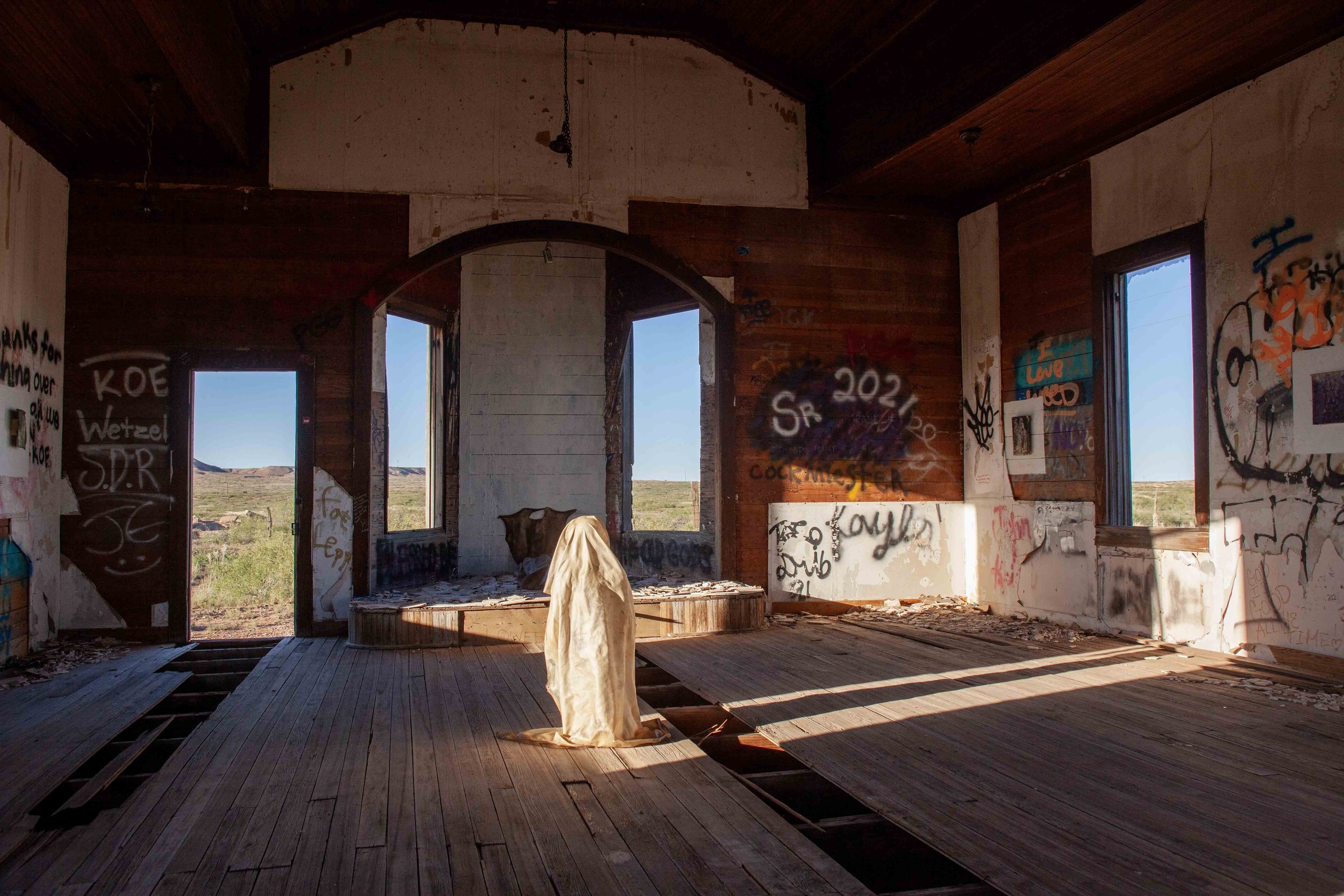
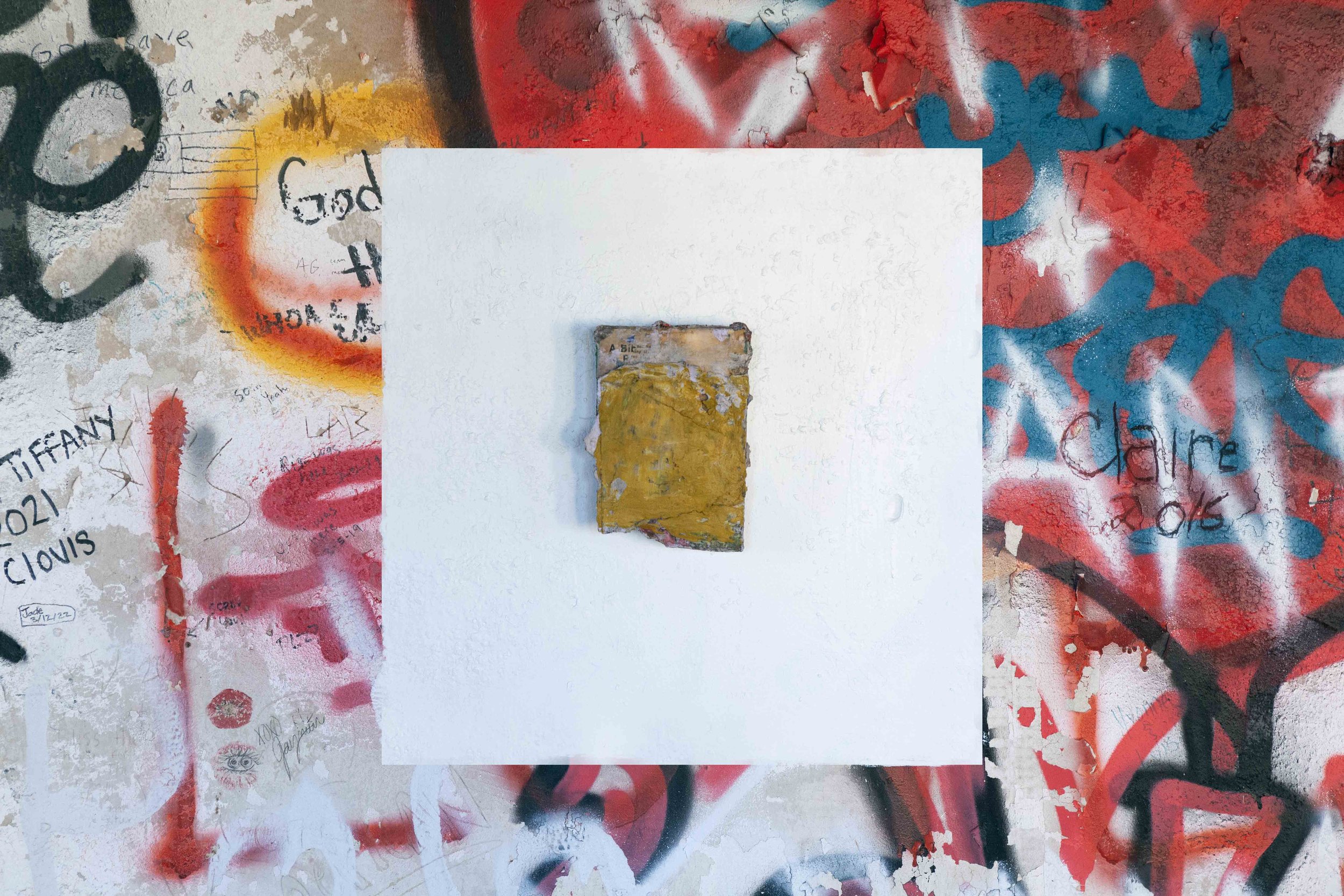
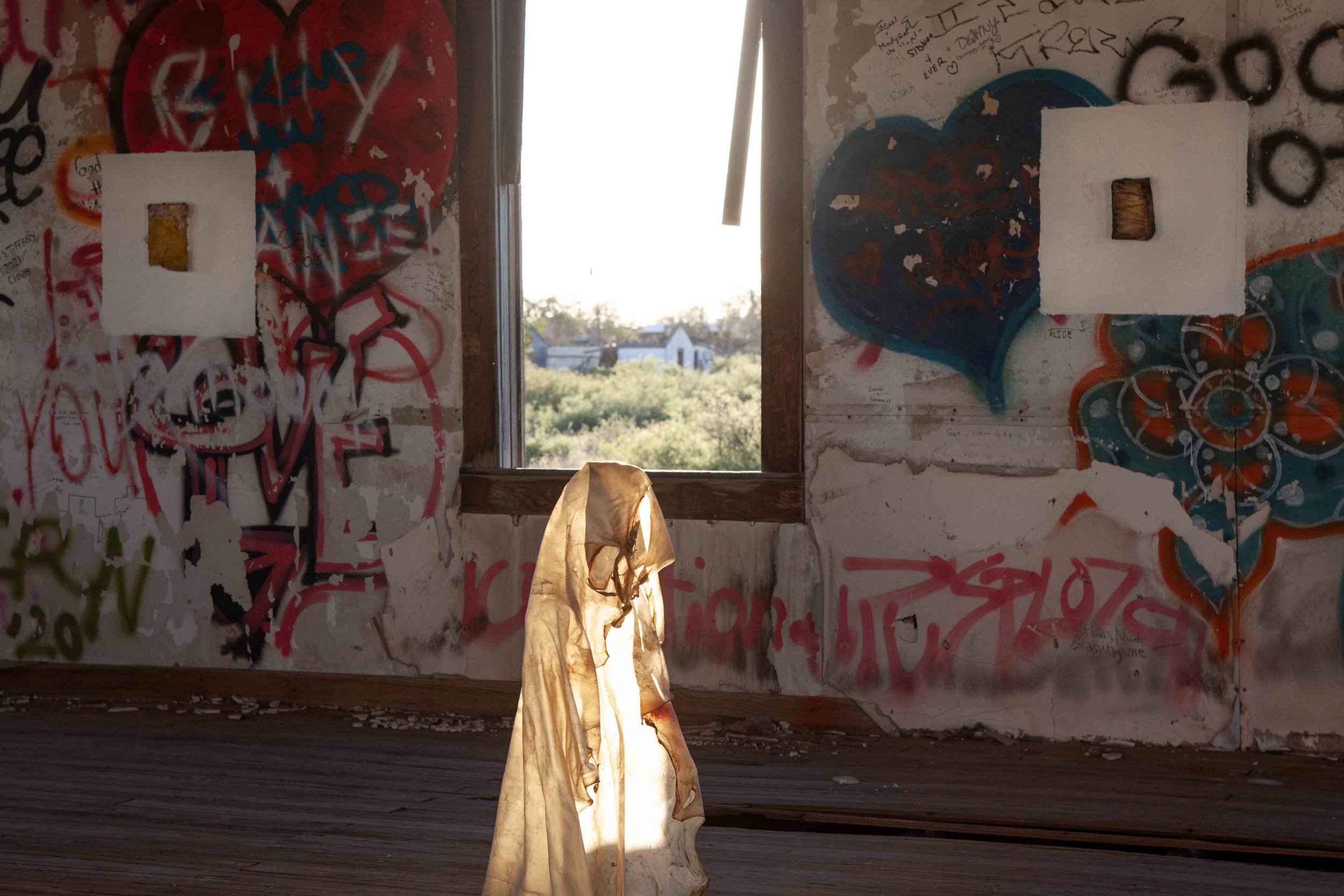
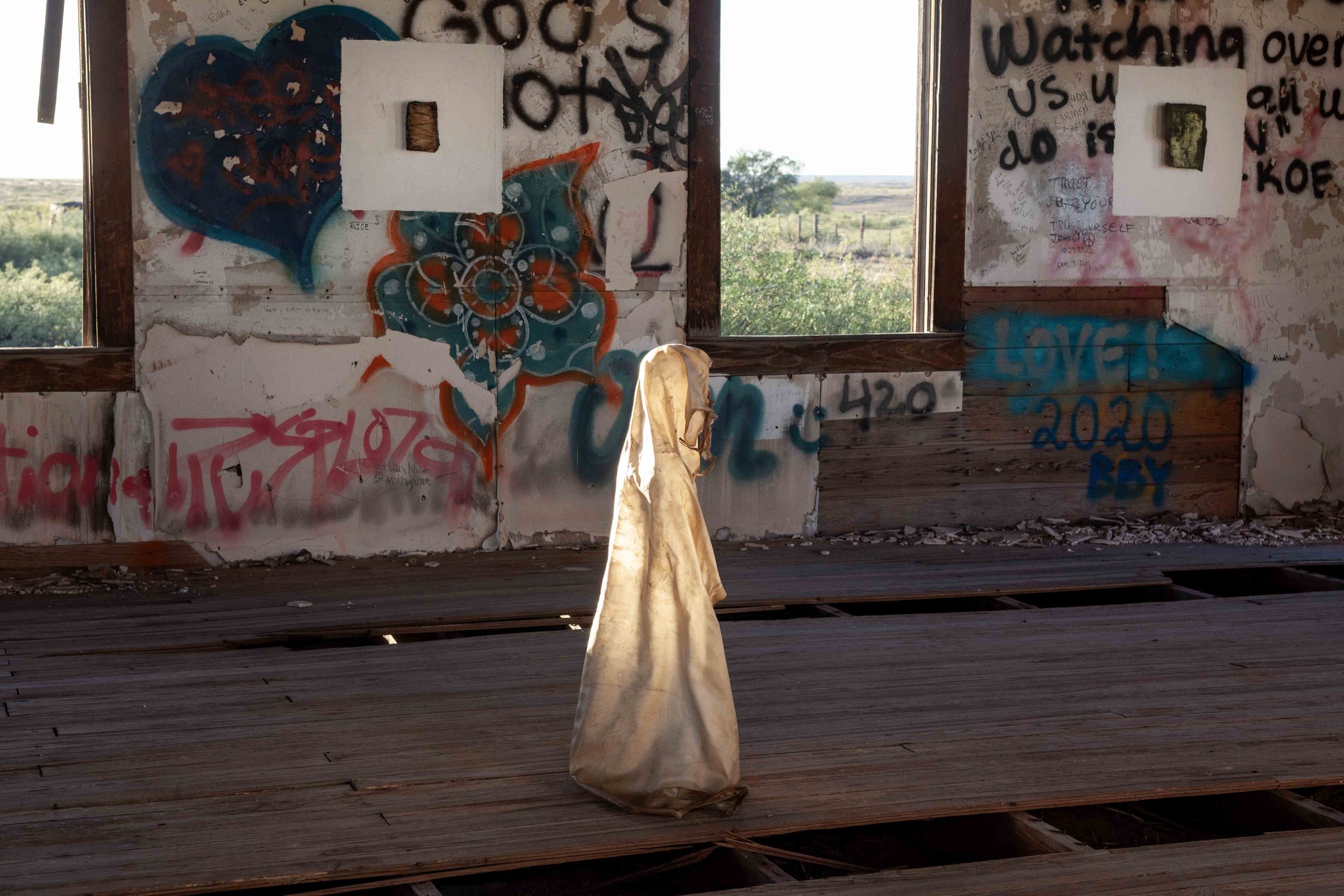
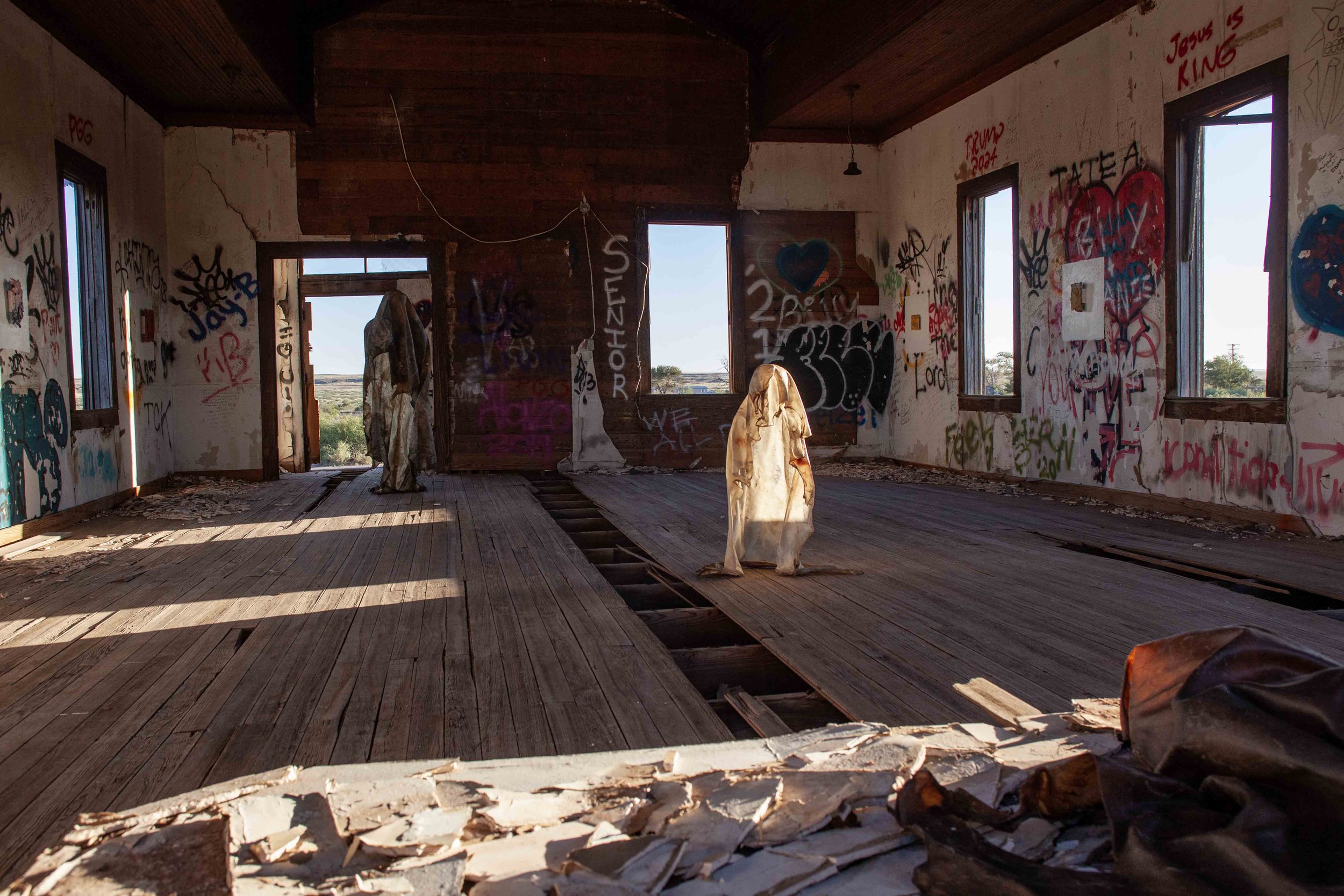
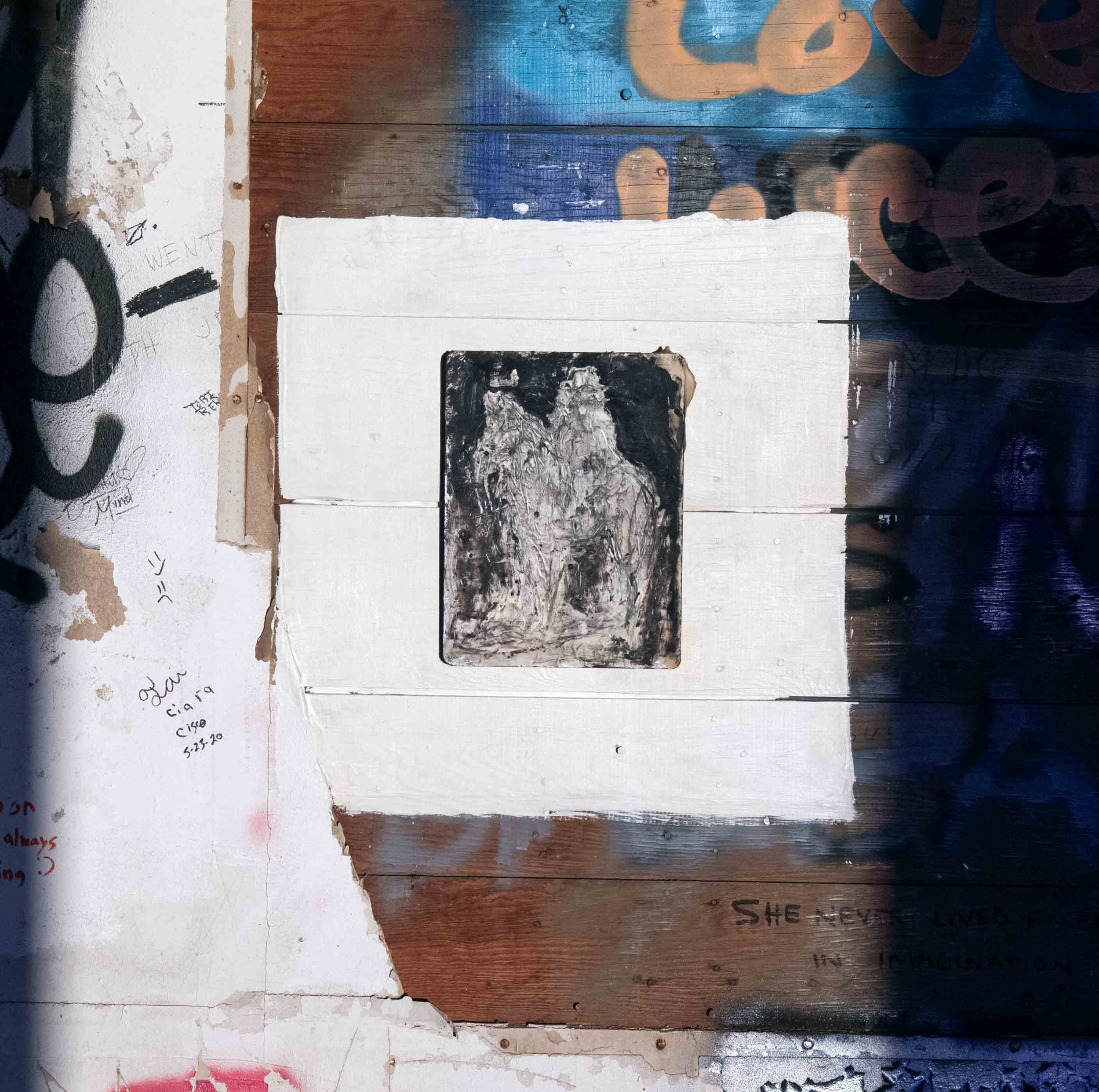
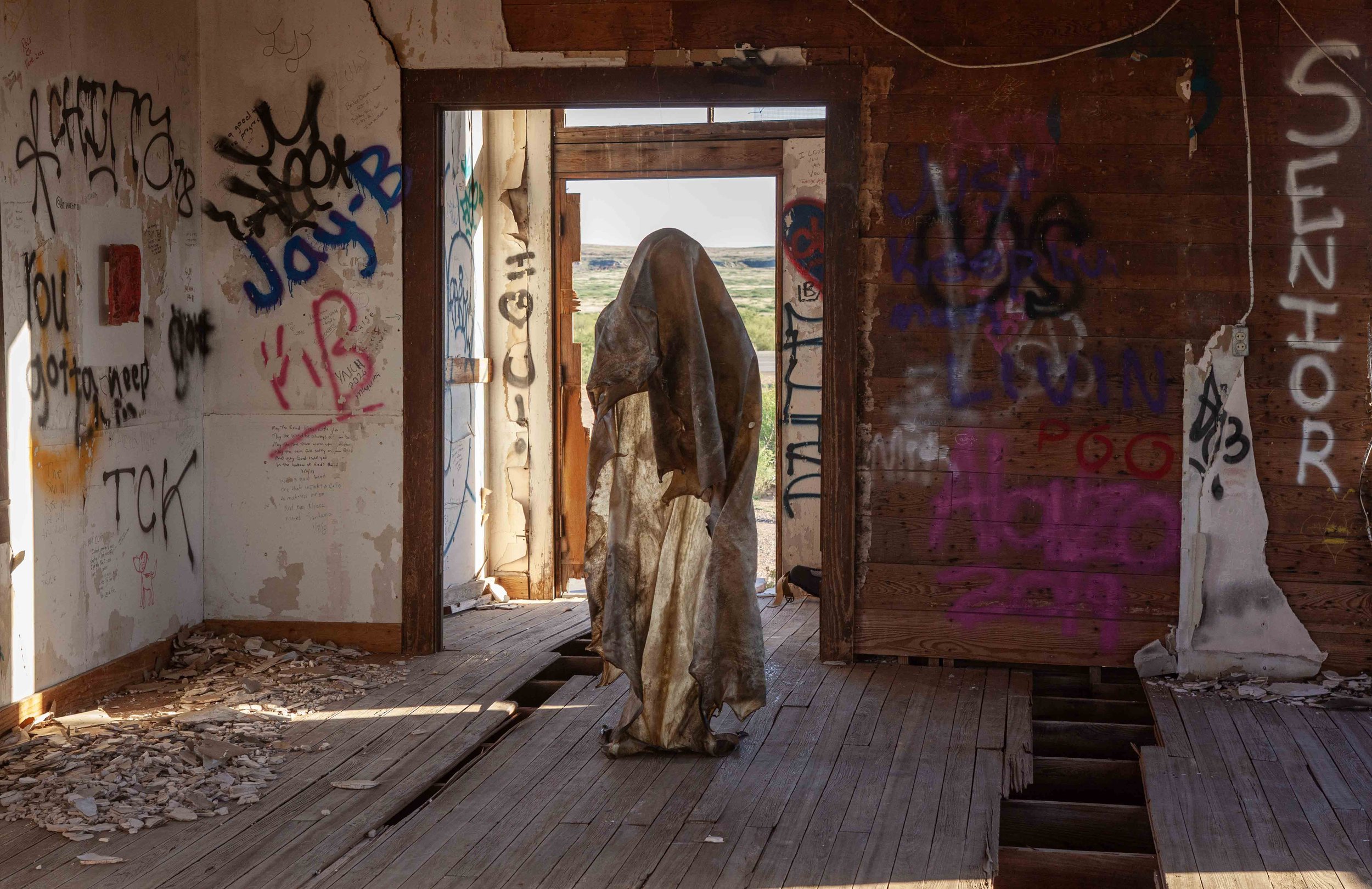
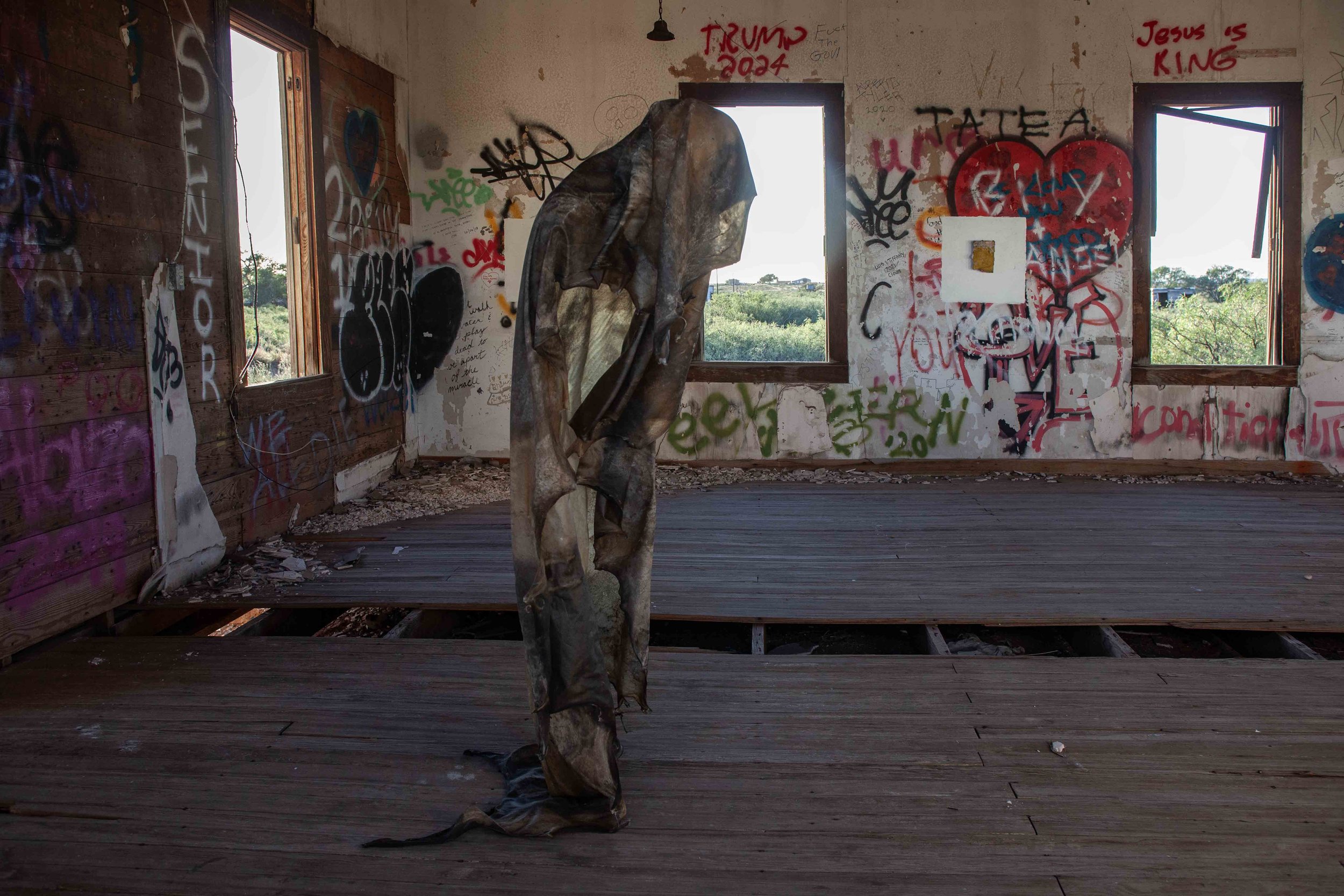
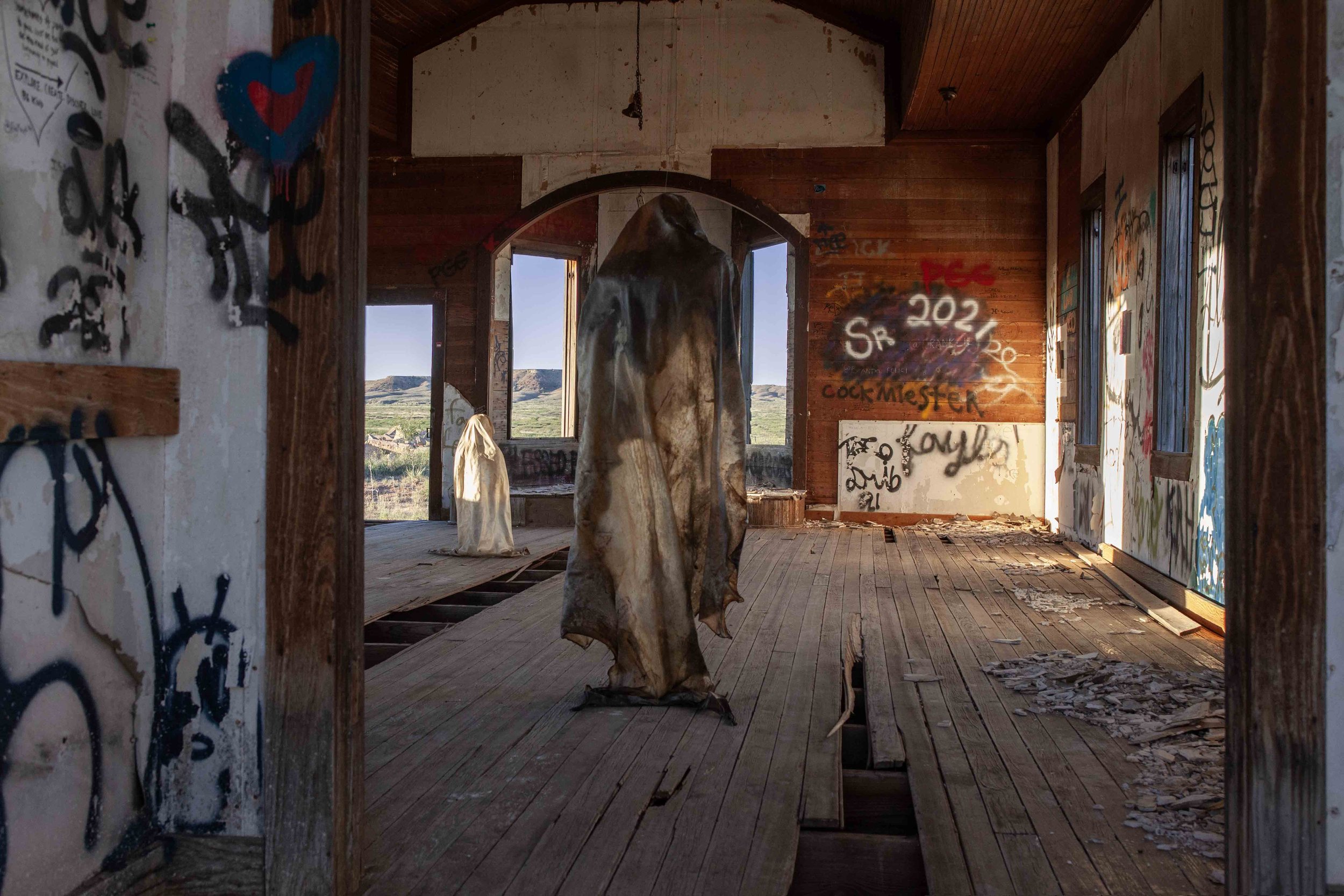
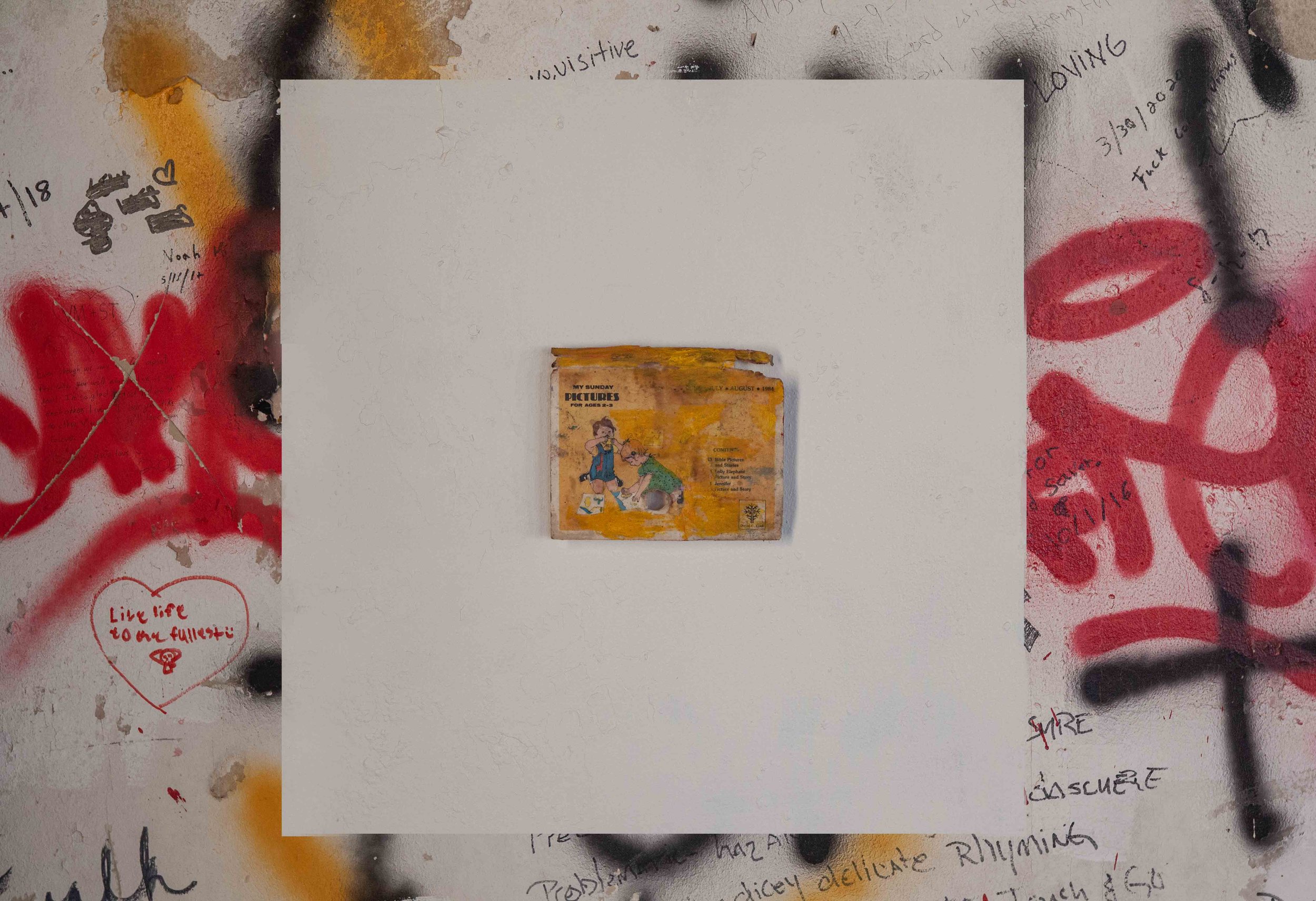
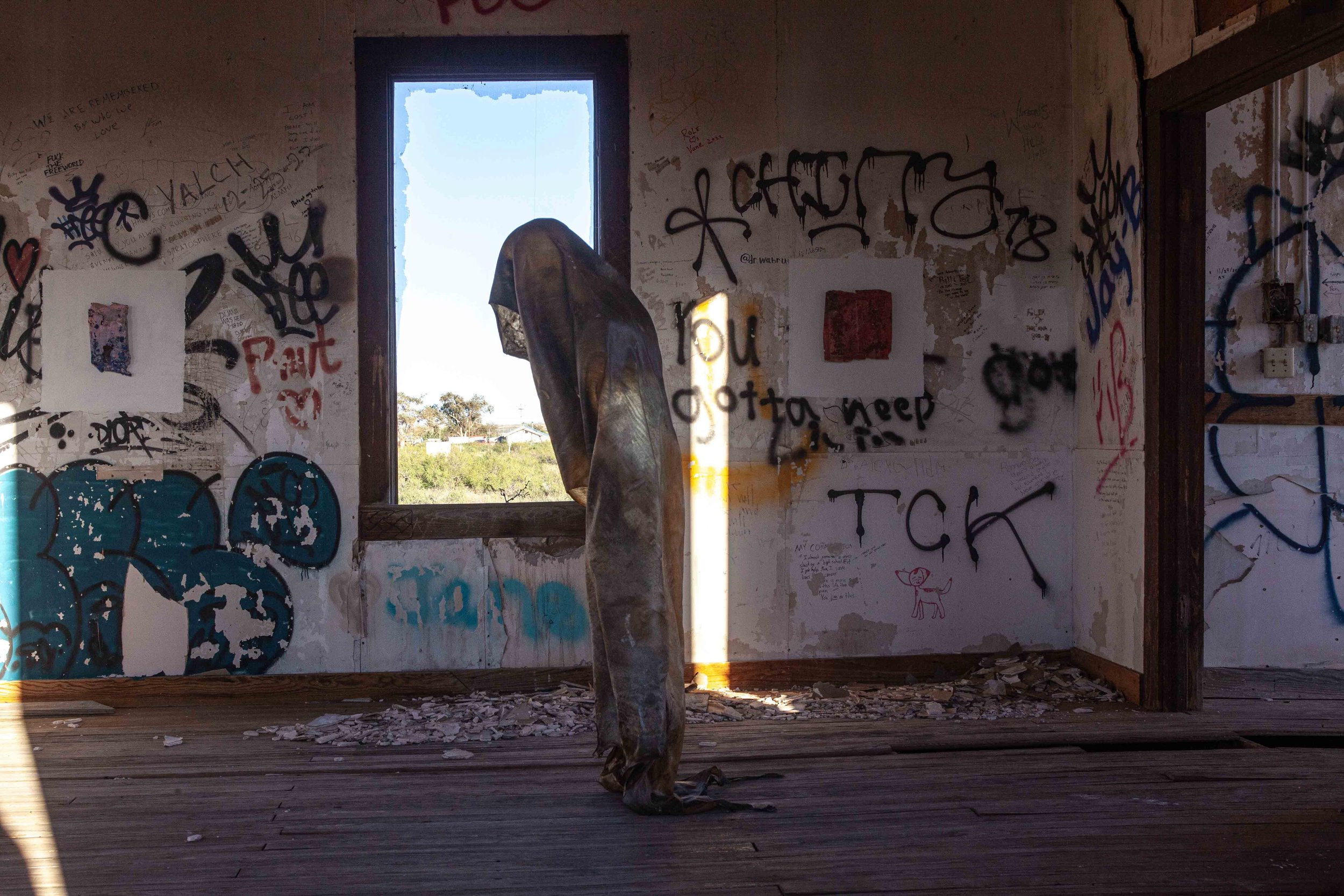
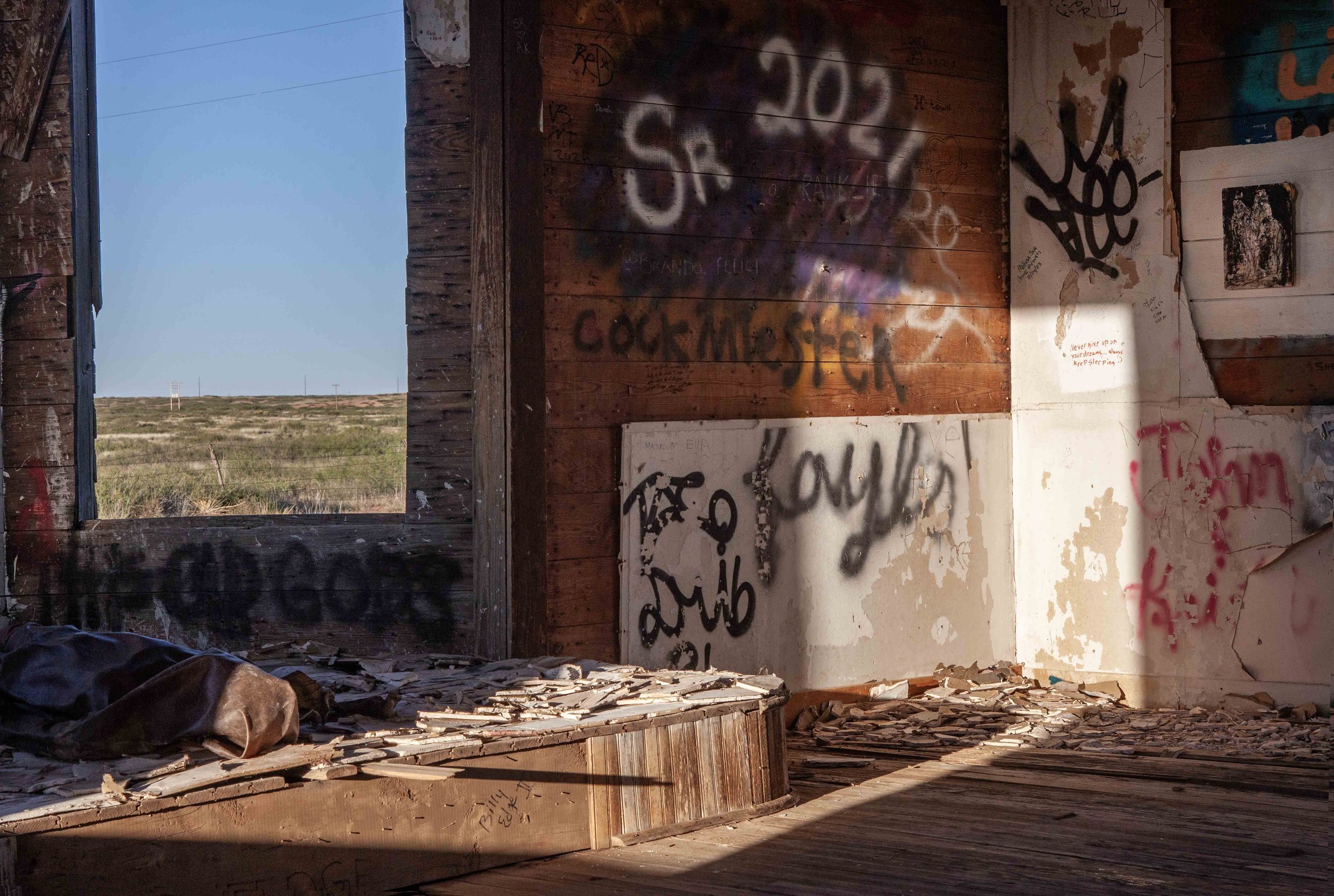
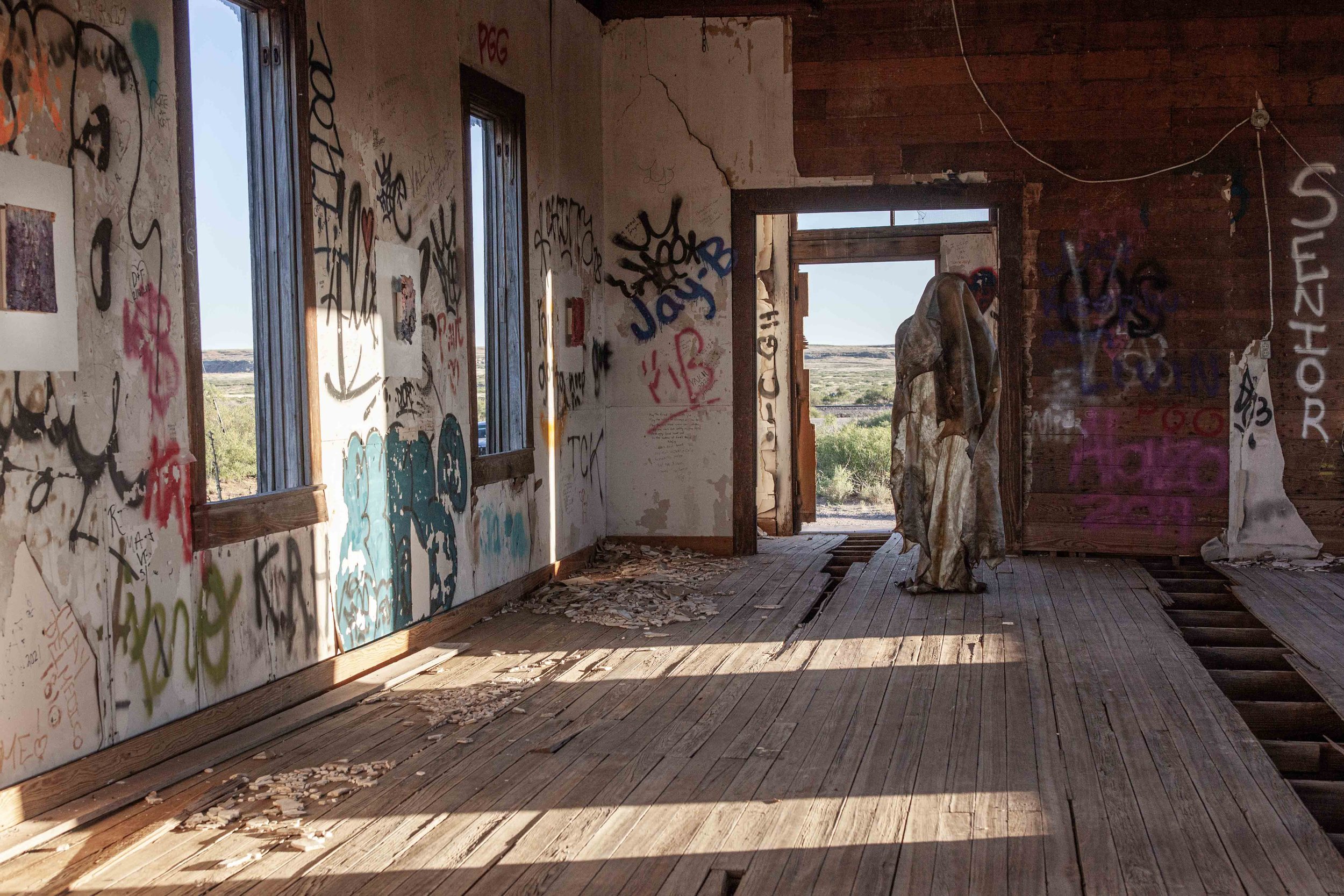
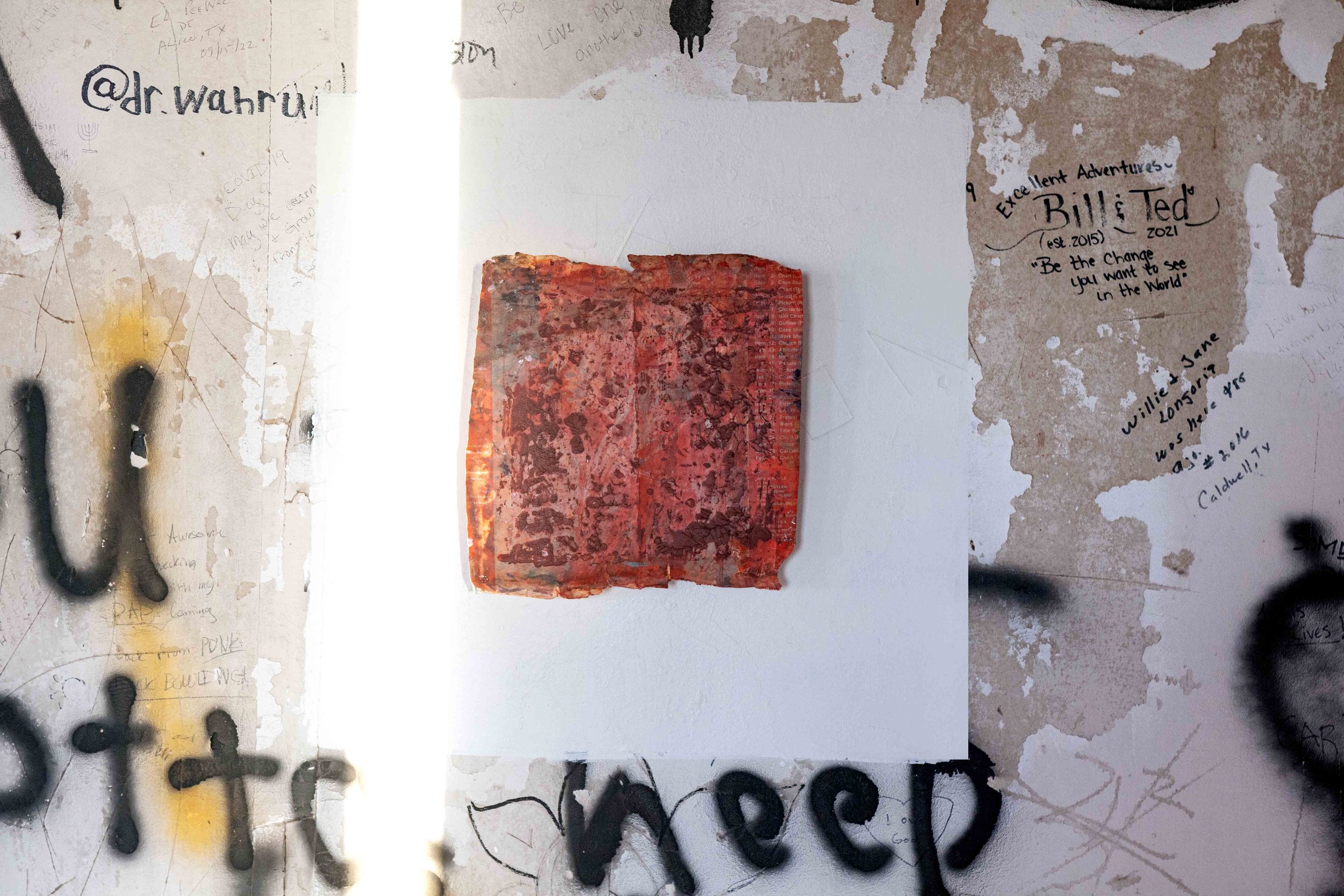
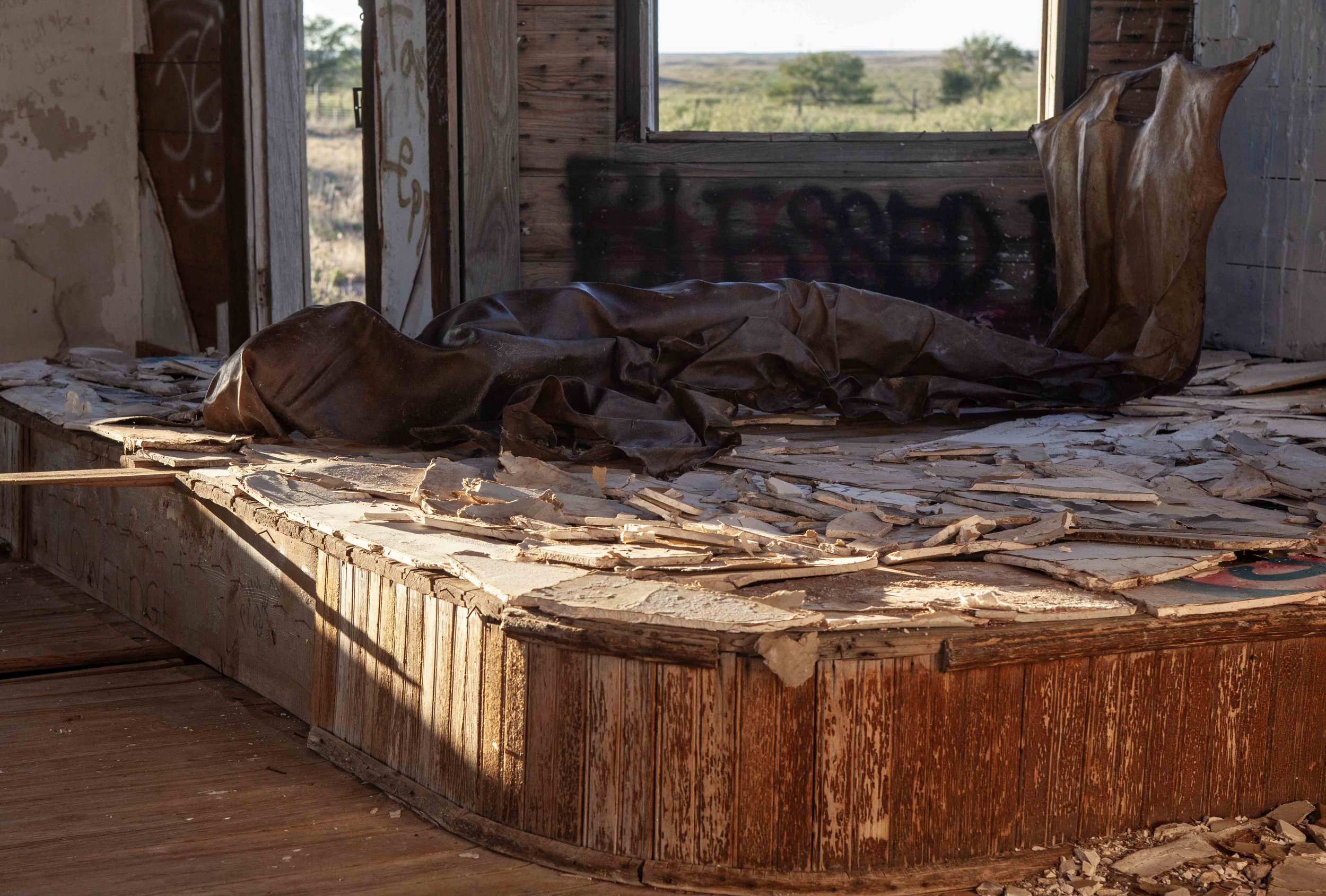
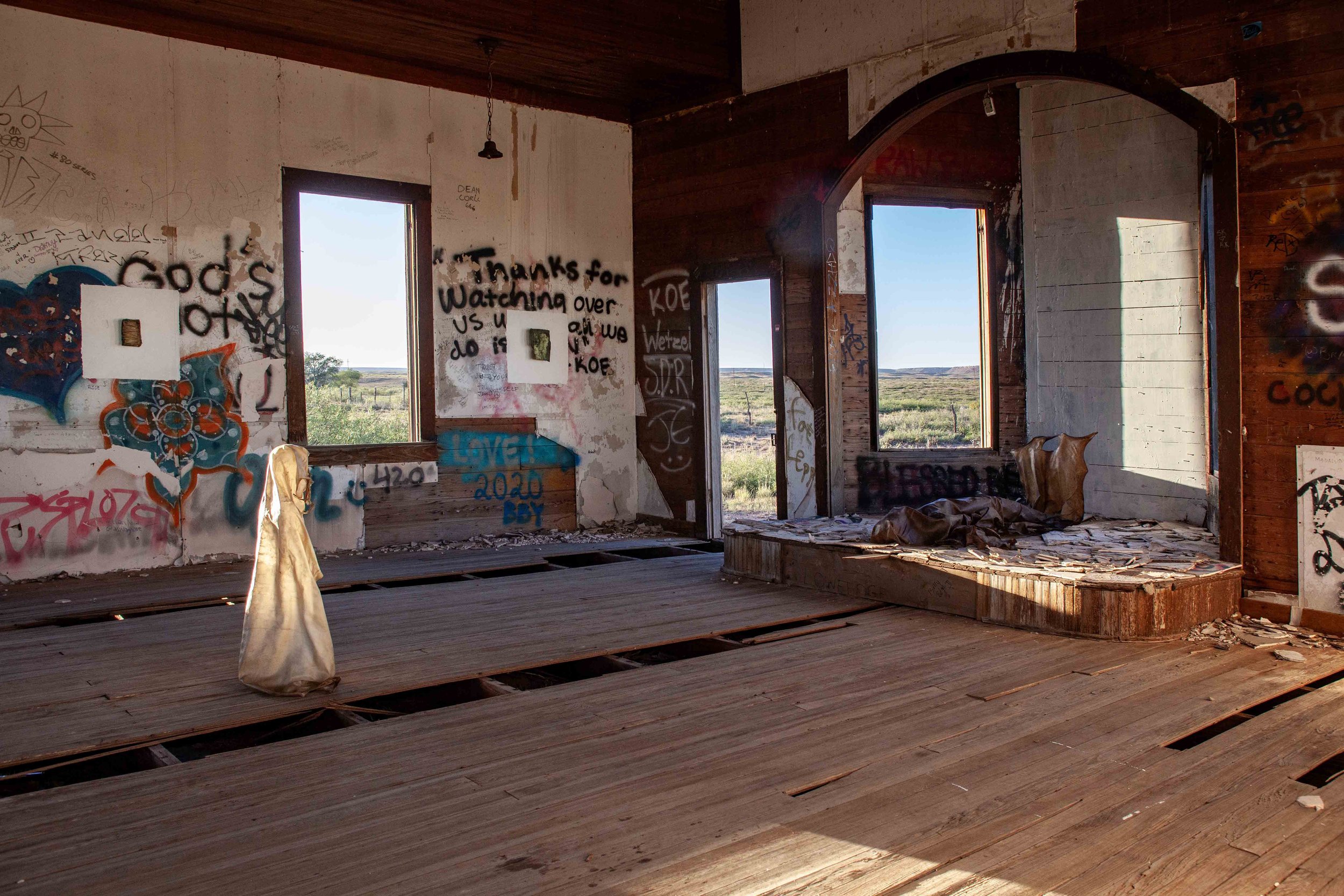
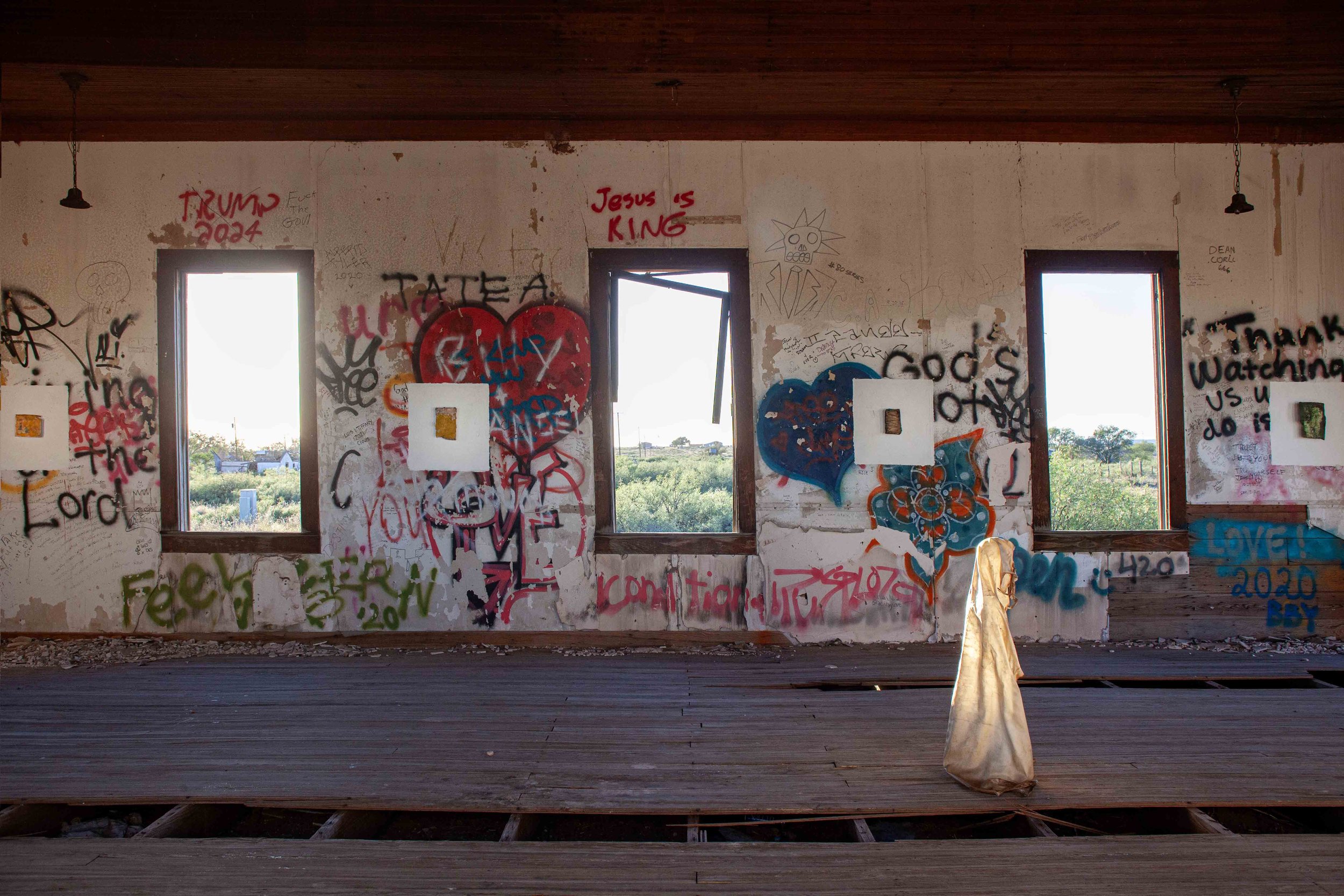
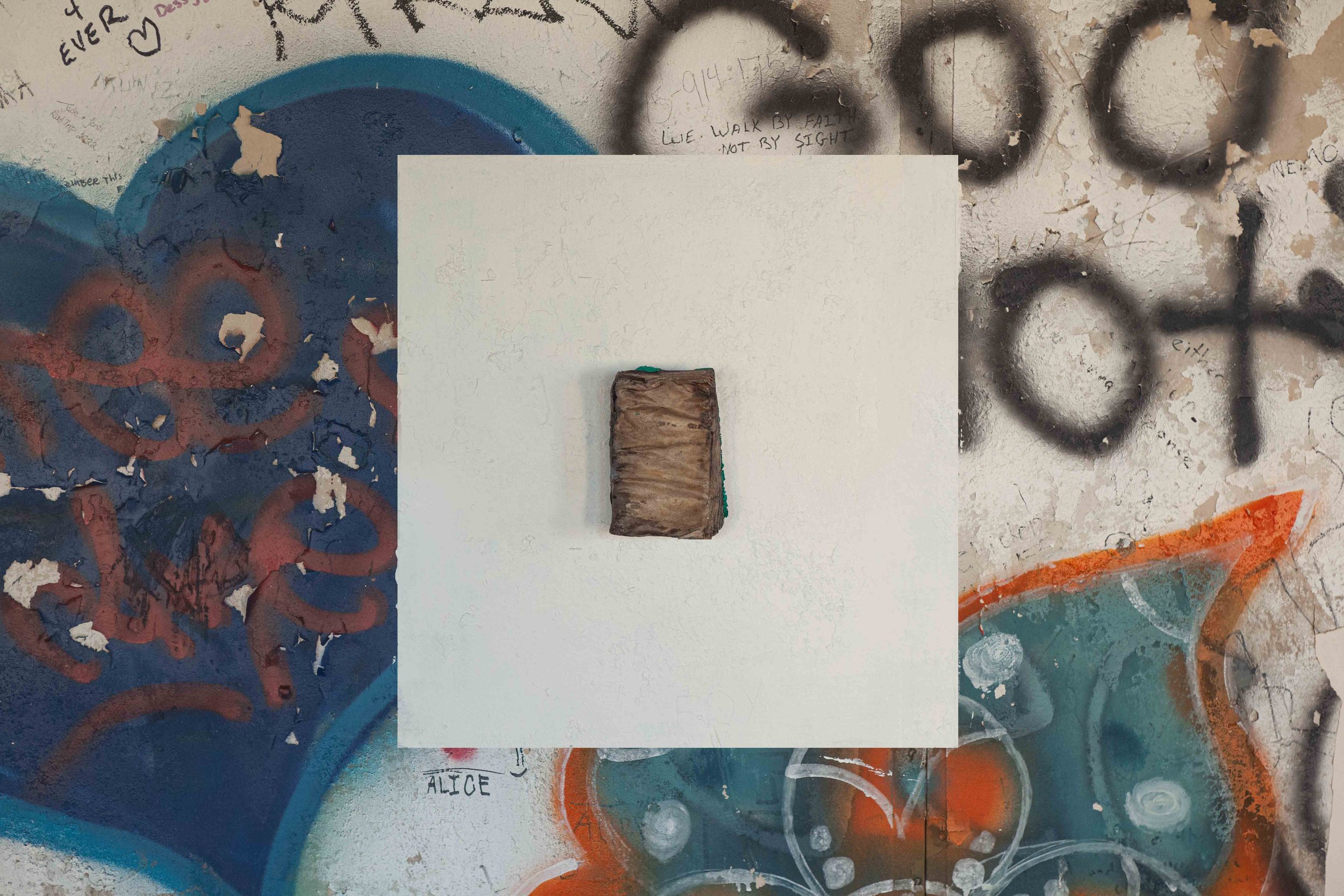
San Antonio School

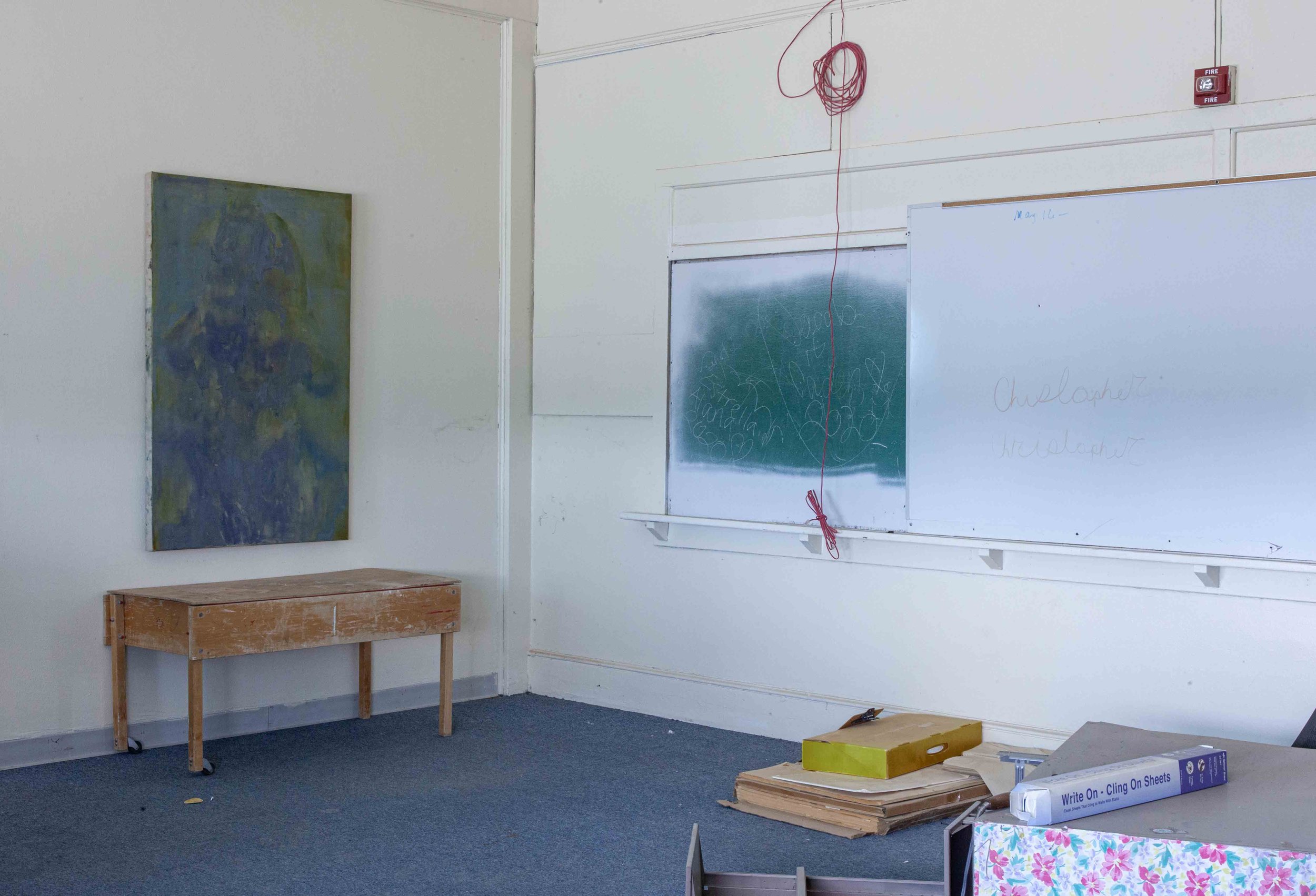
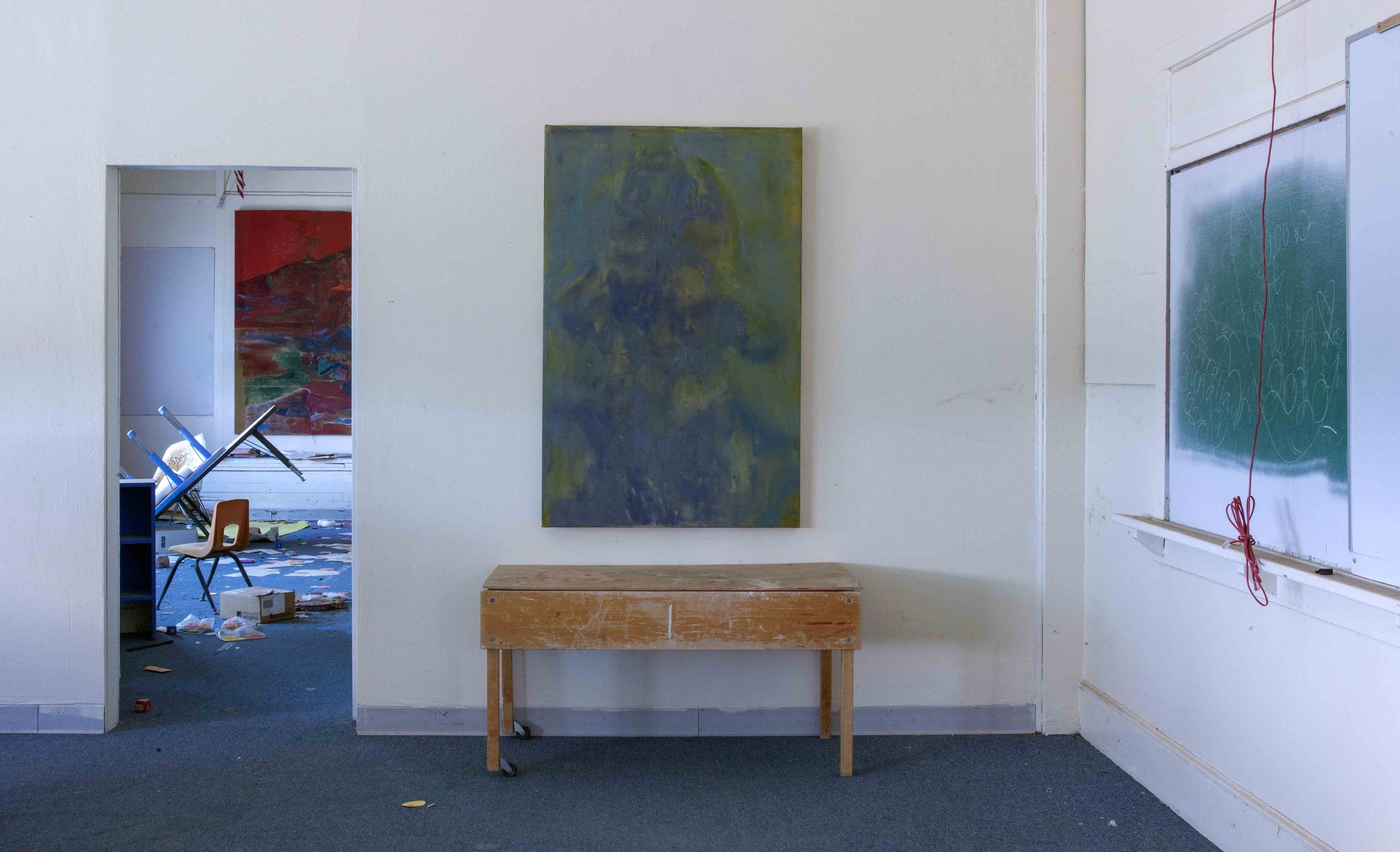

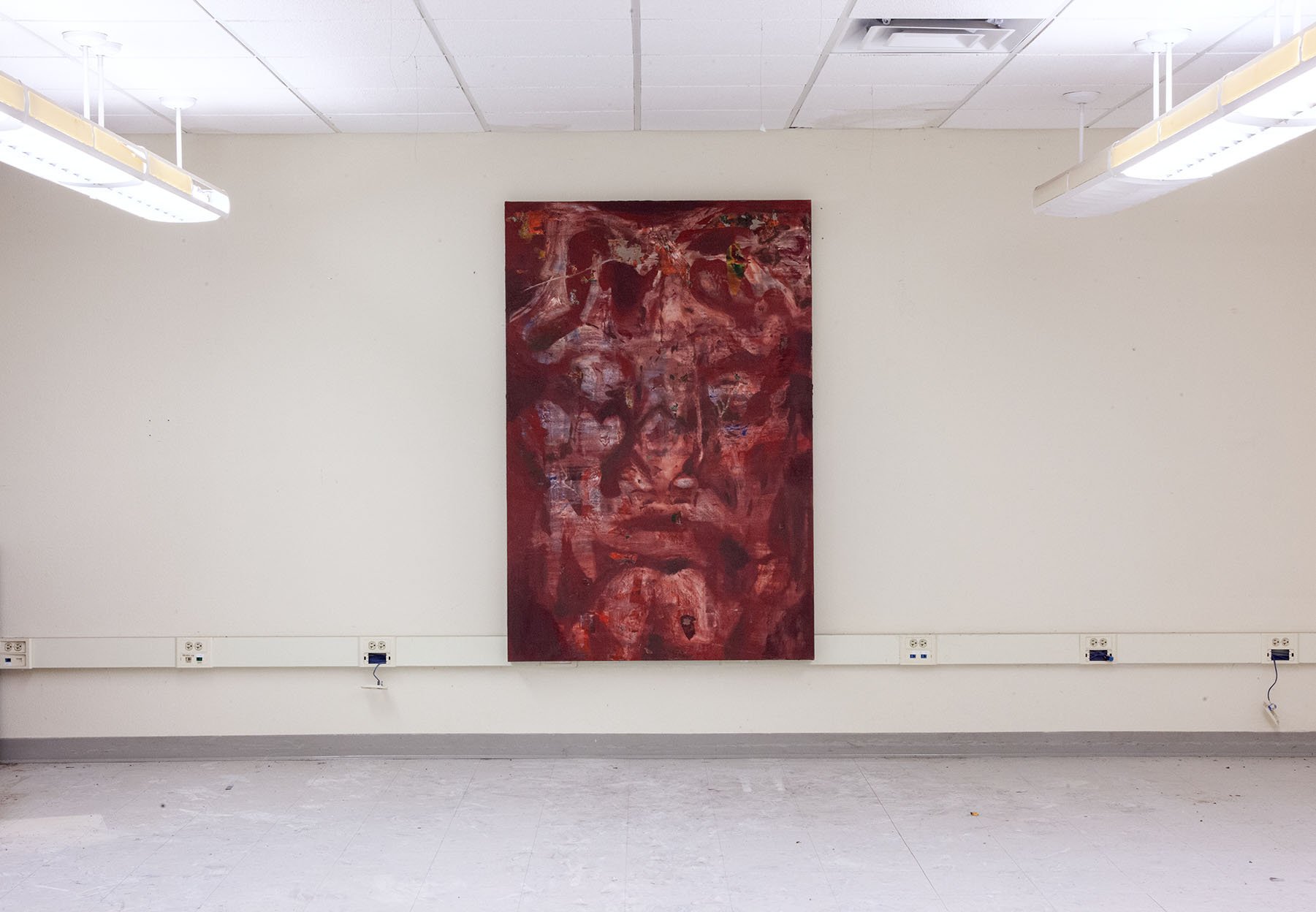
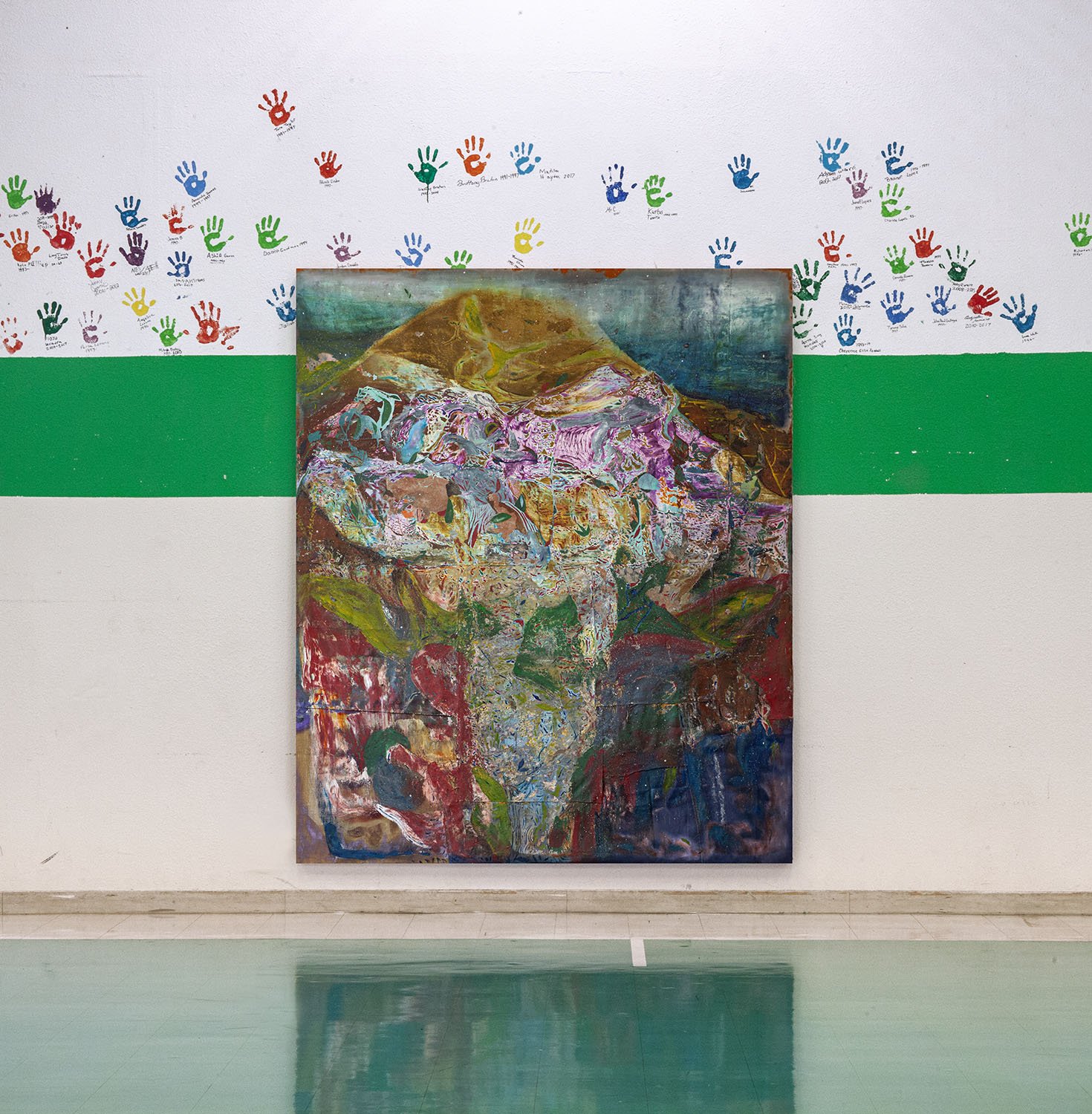

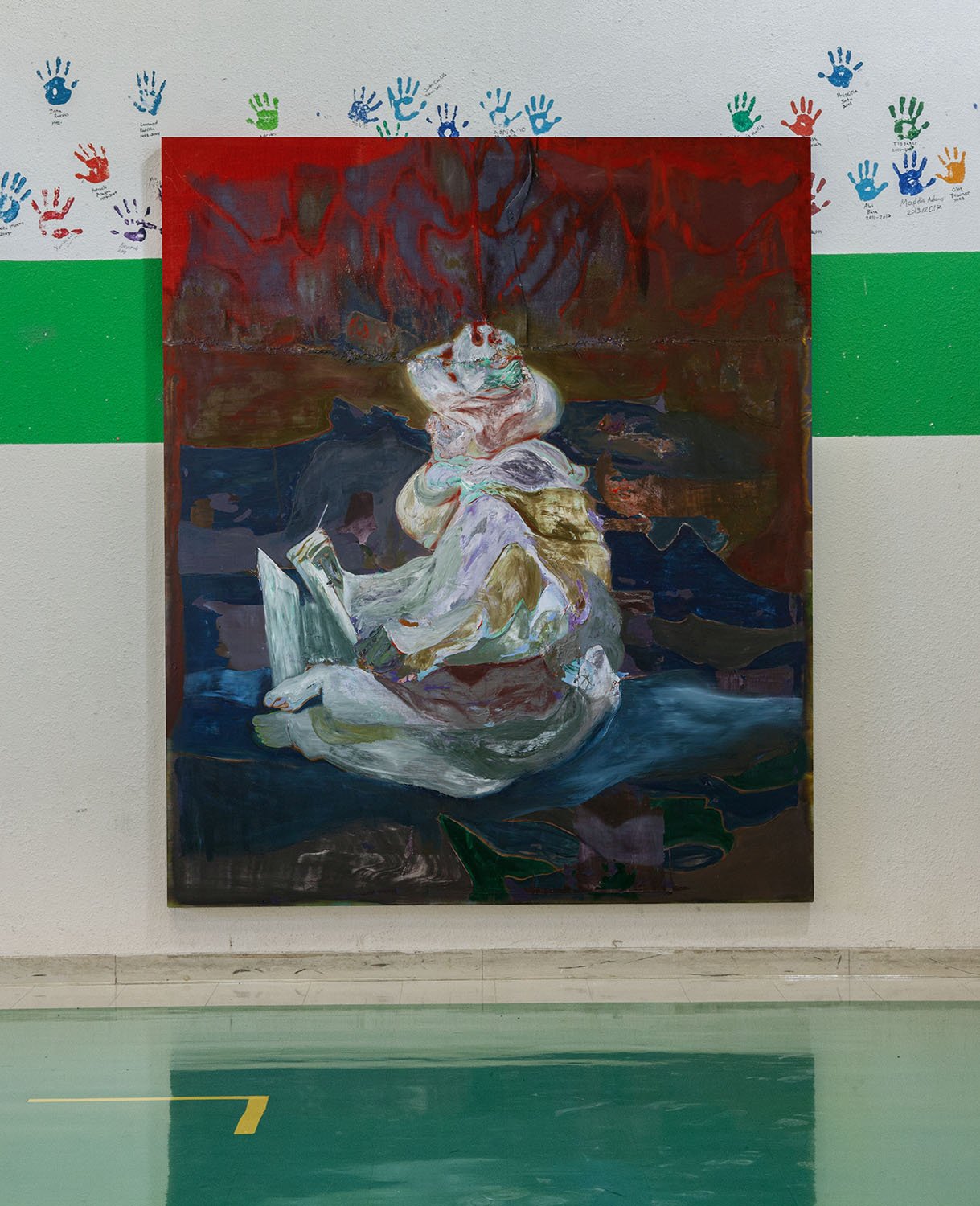
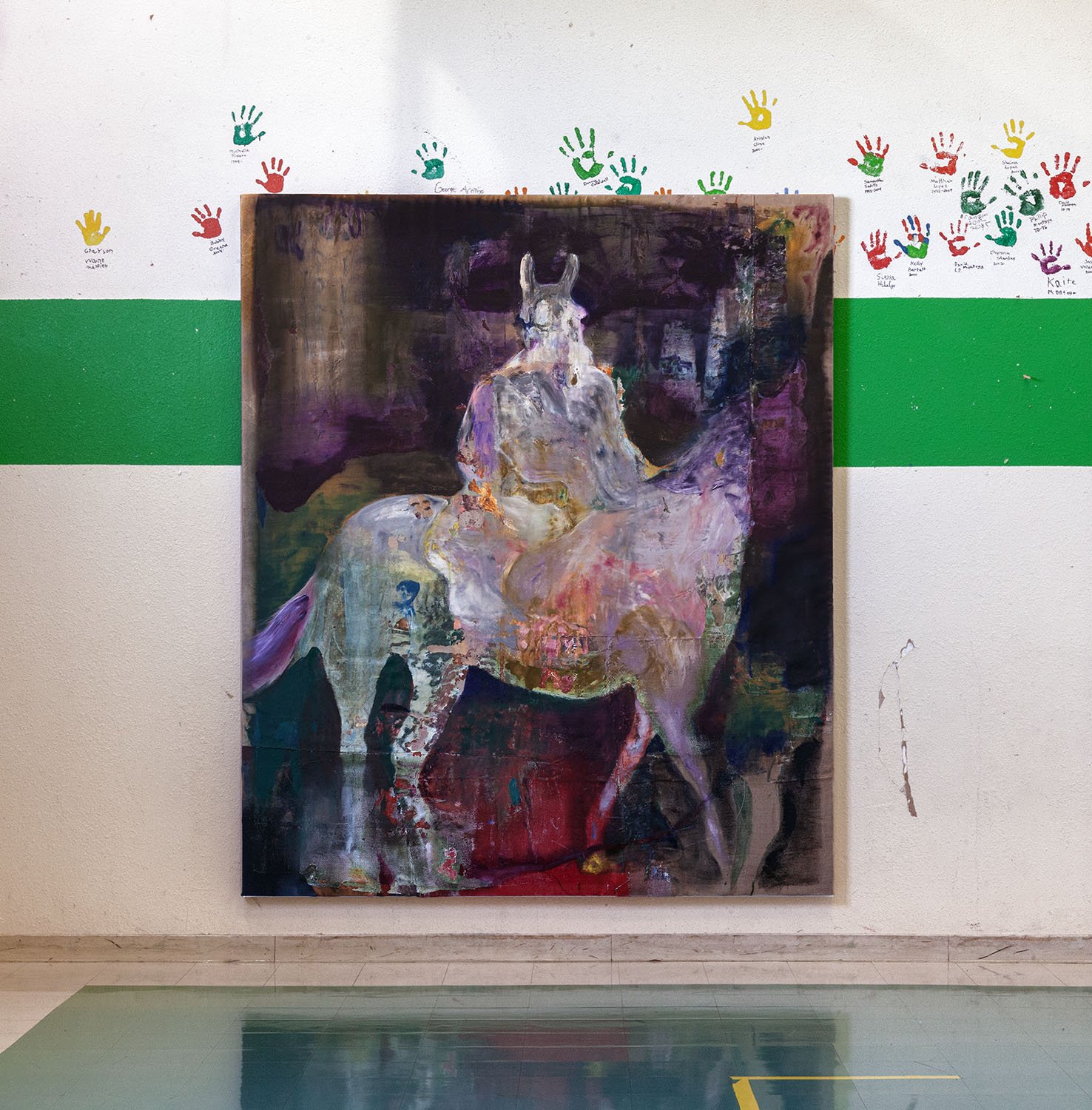
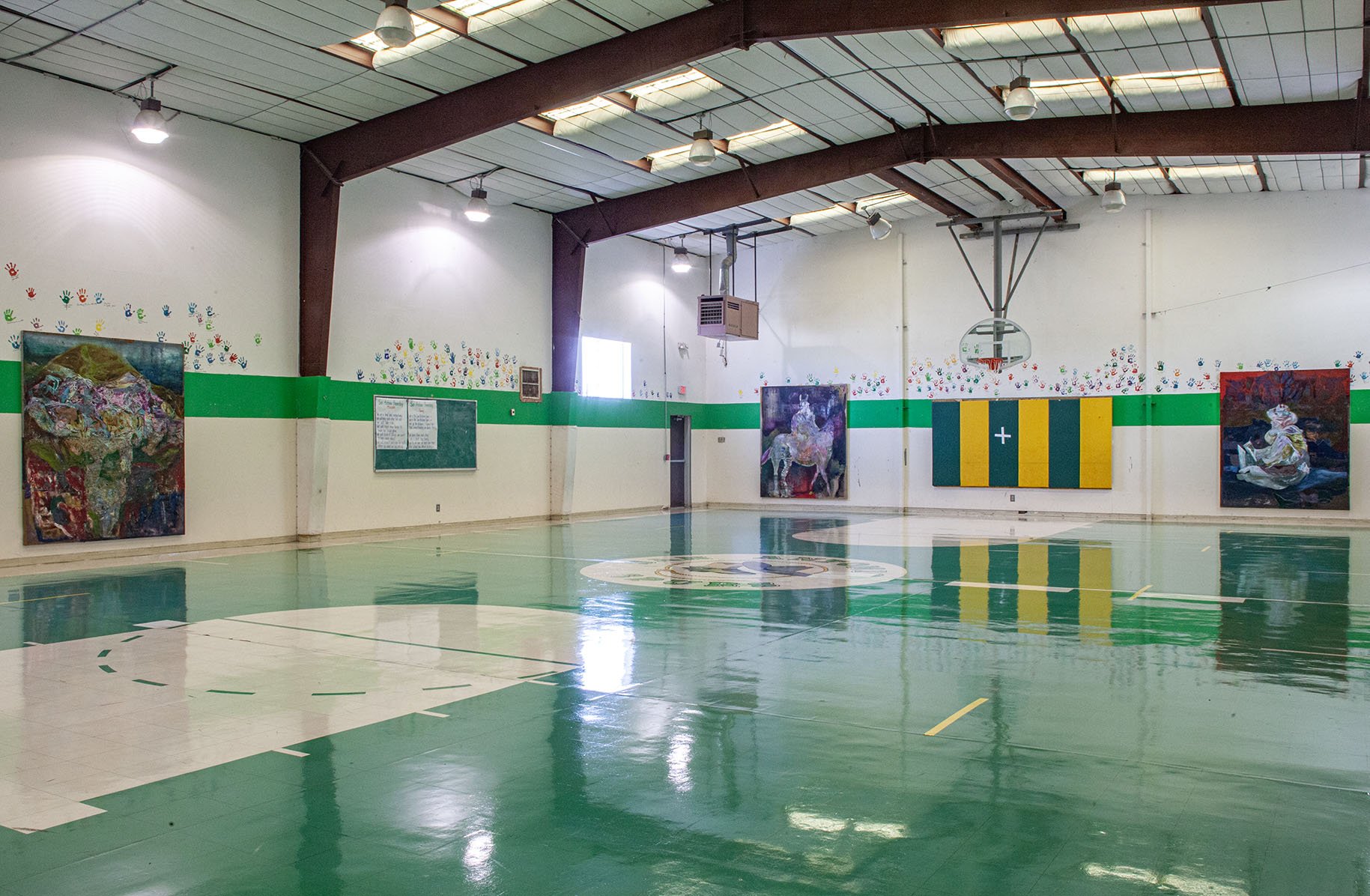

Las Vegas (New Mexico) Church
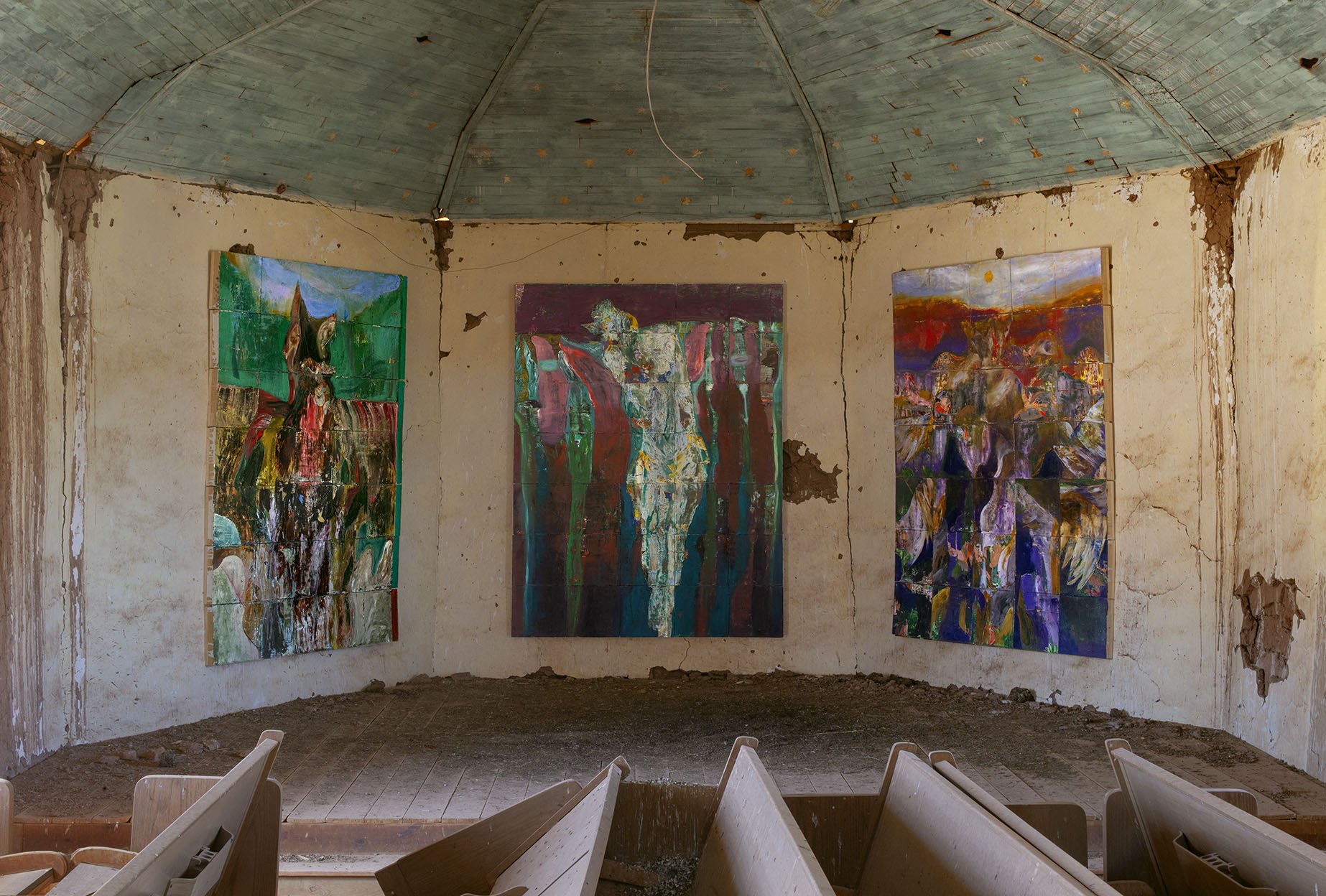
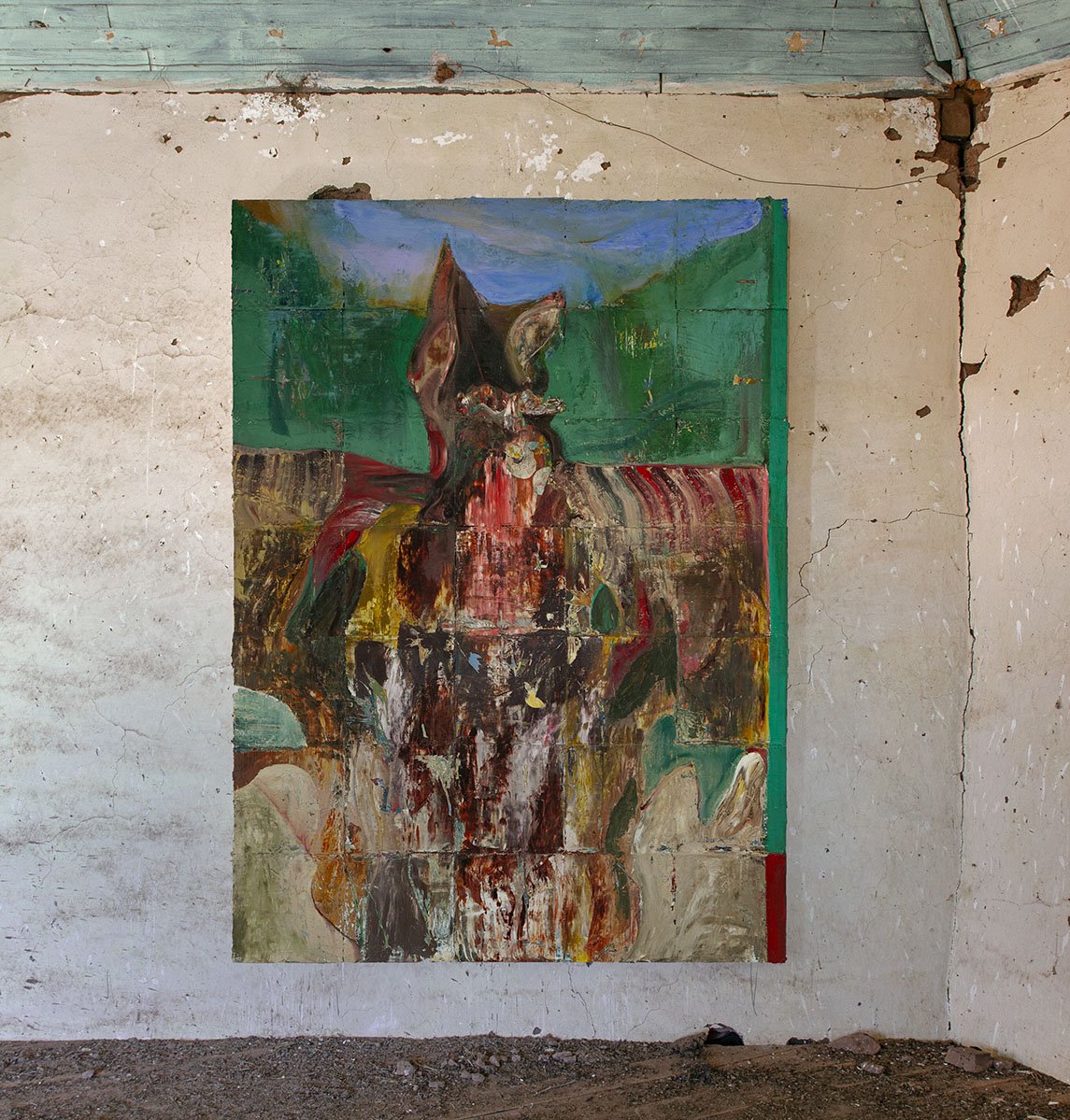
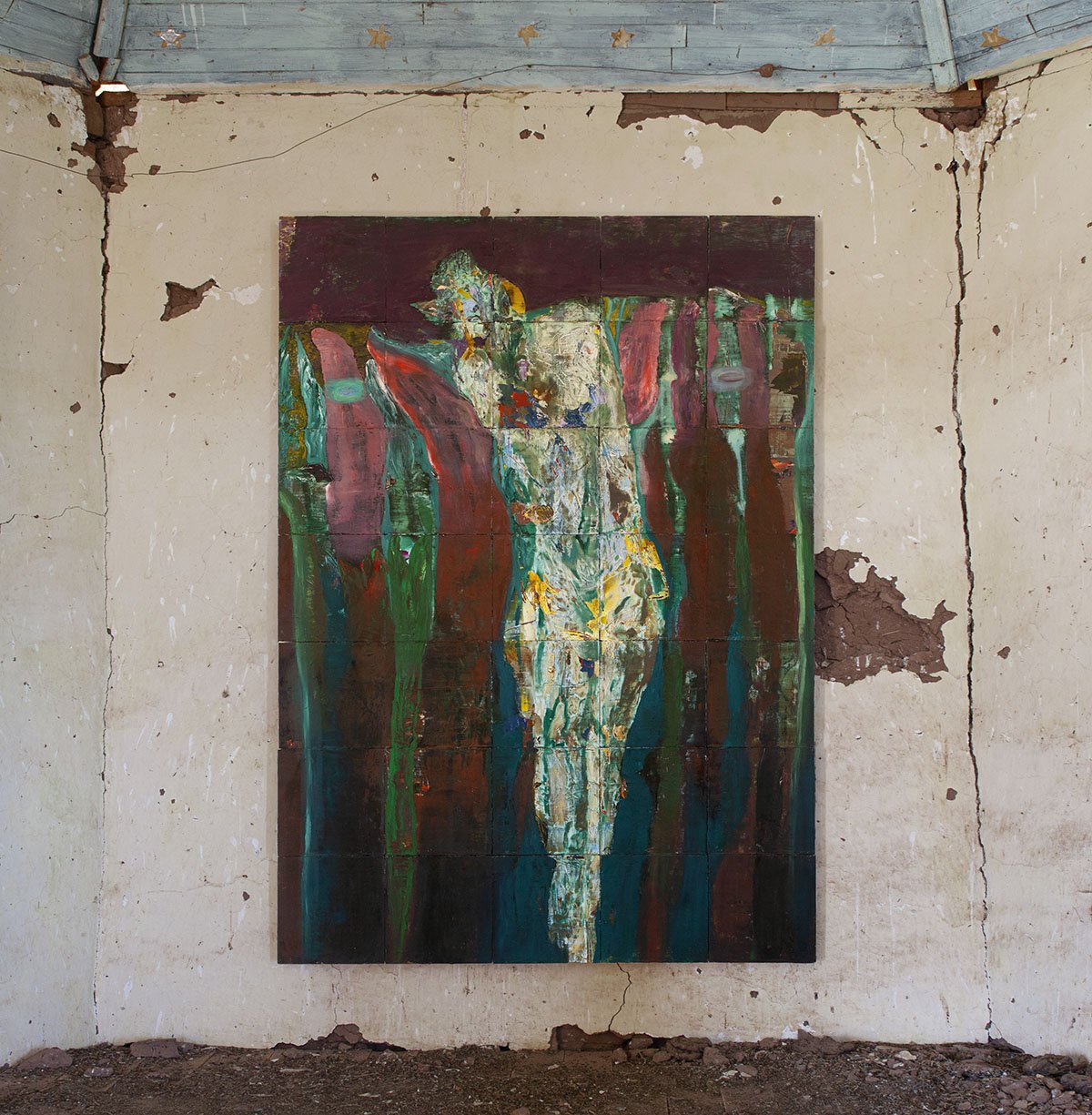
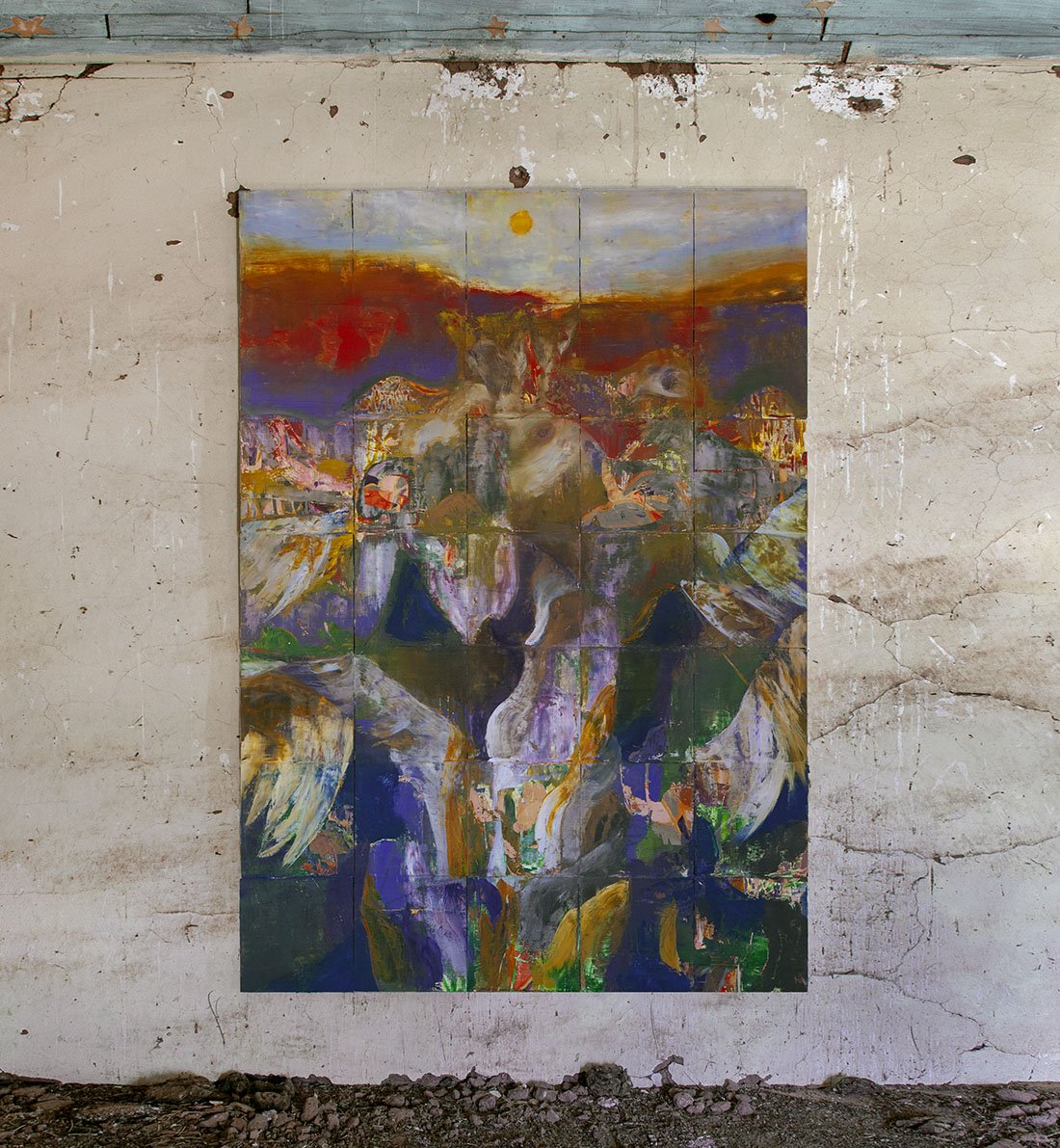
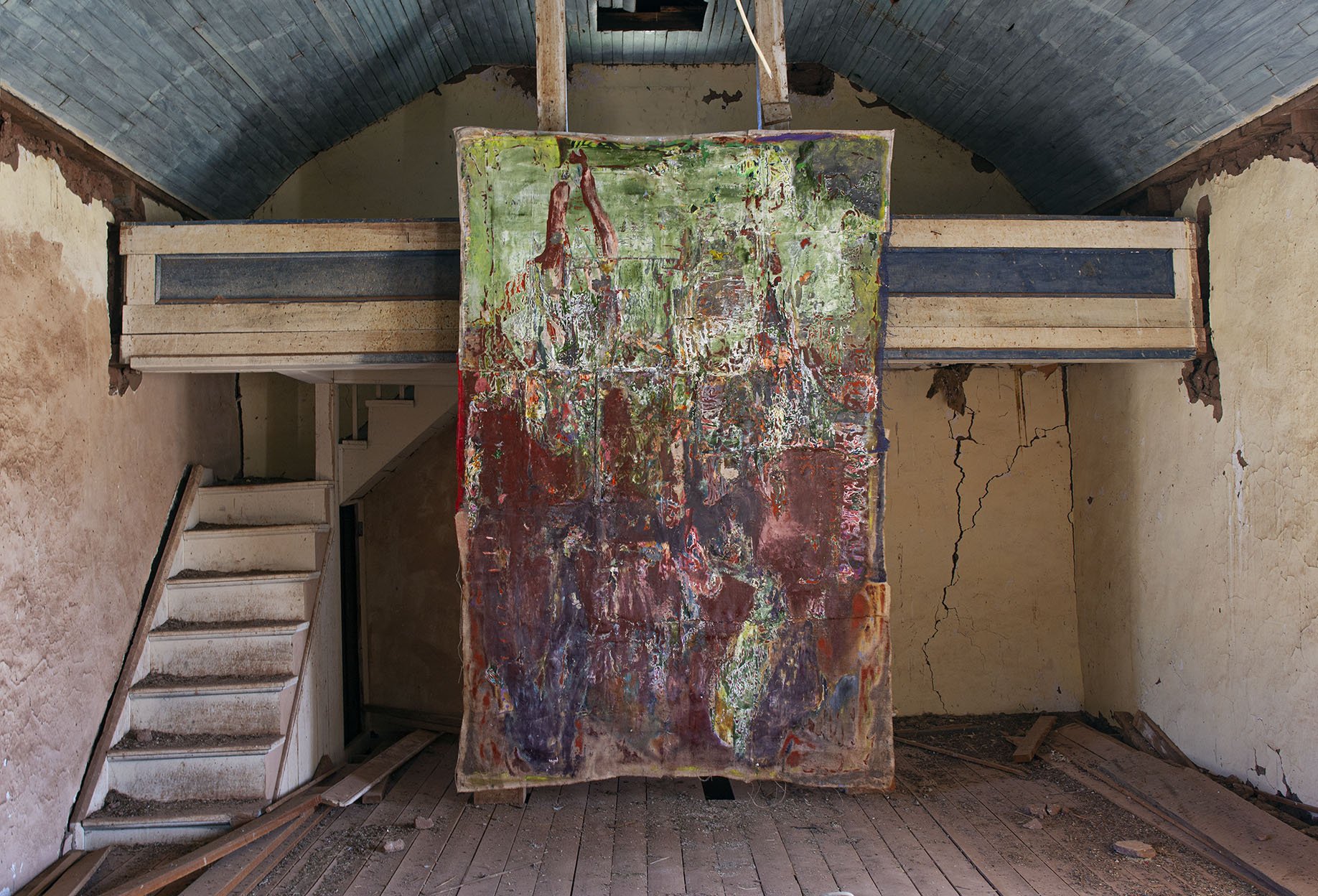
Fort Sumner Bible School



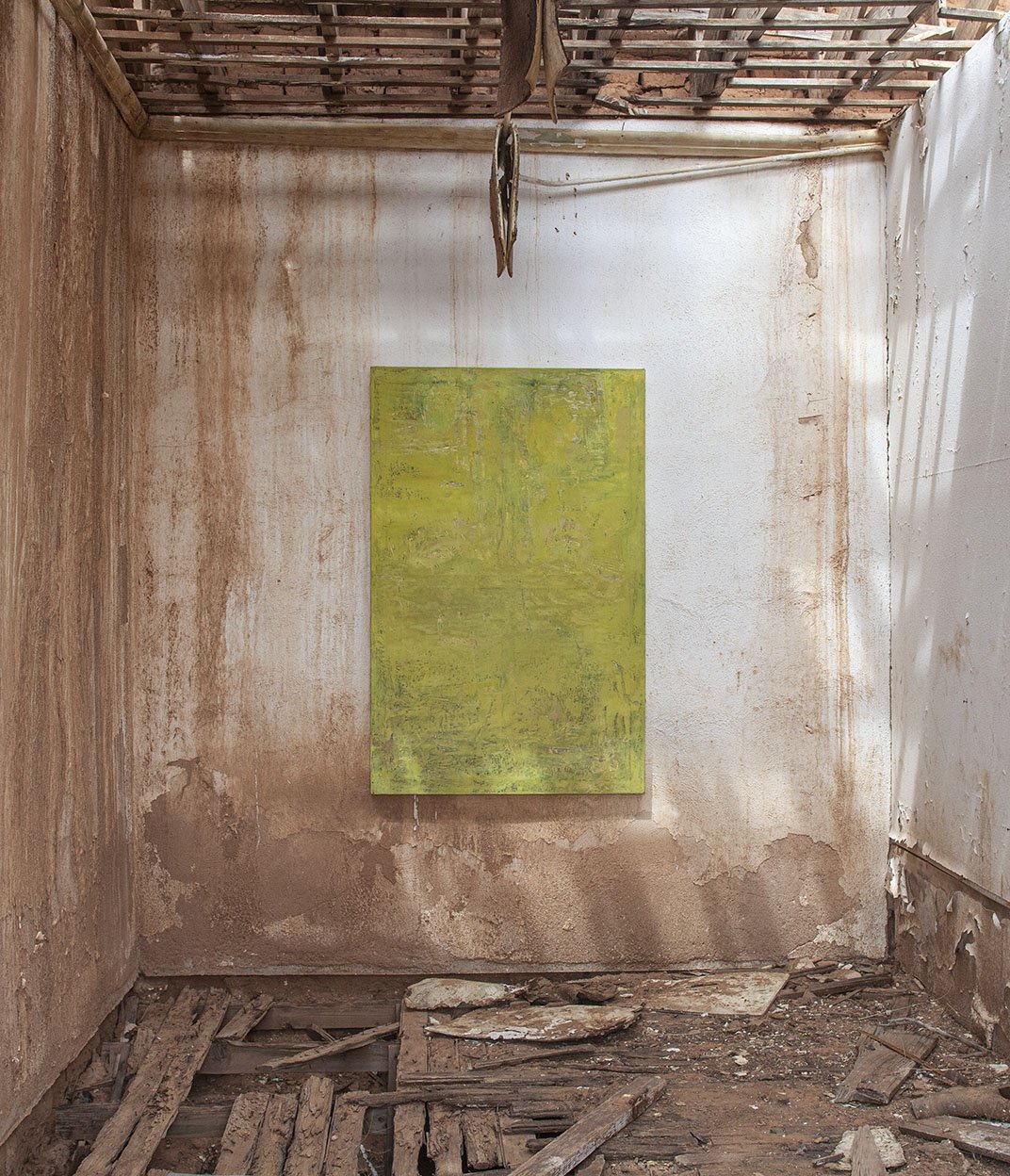
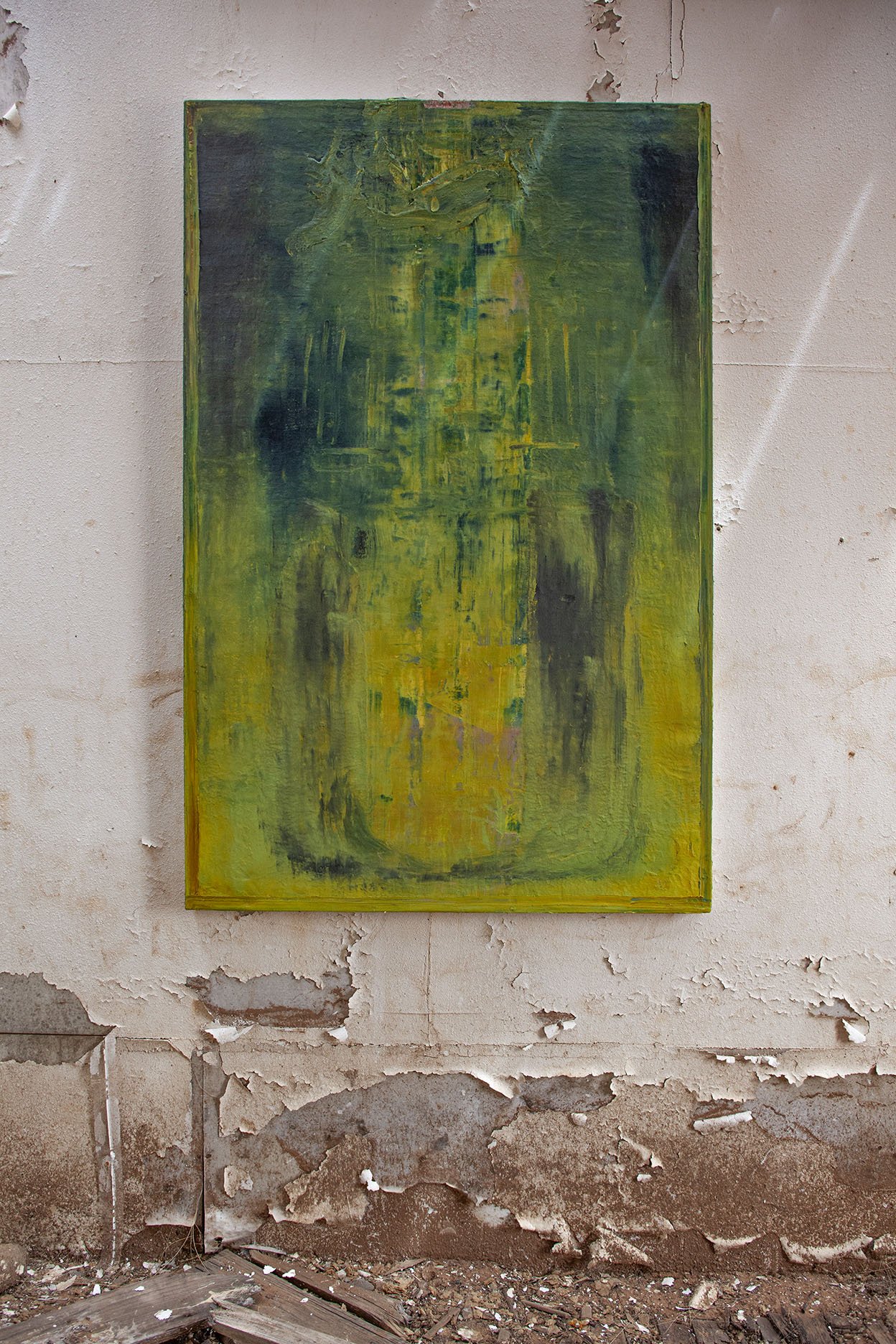


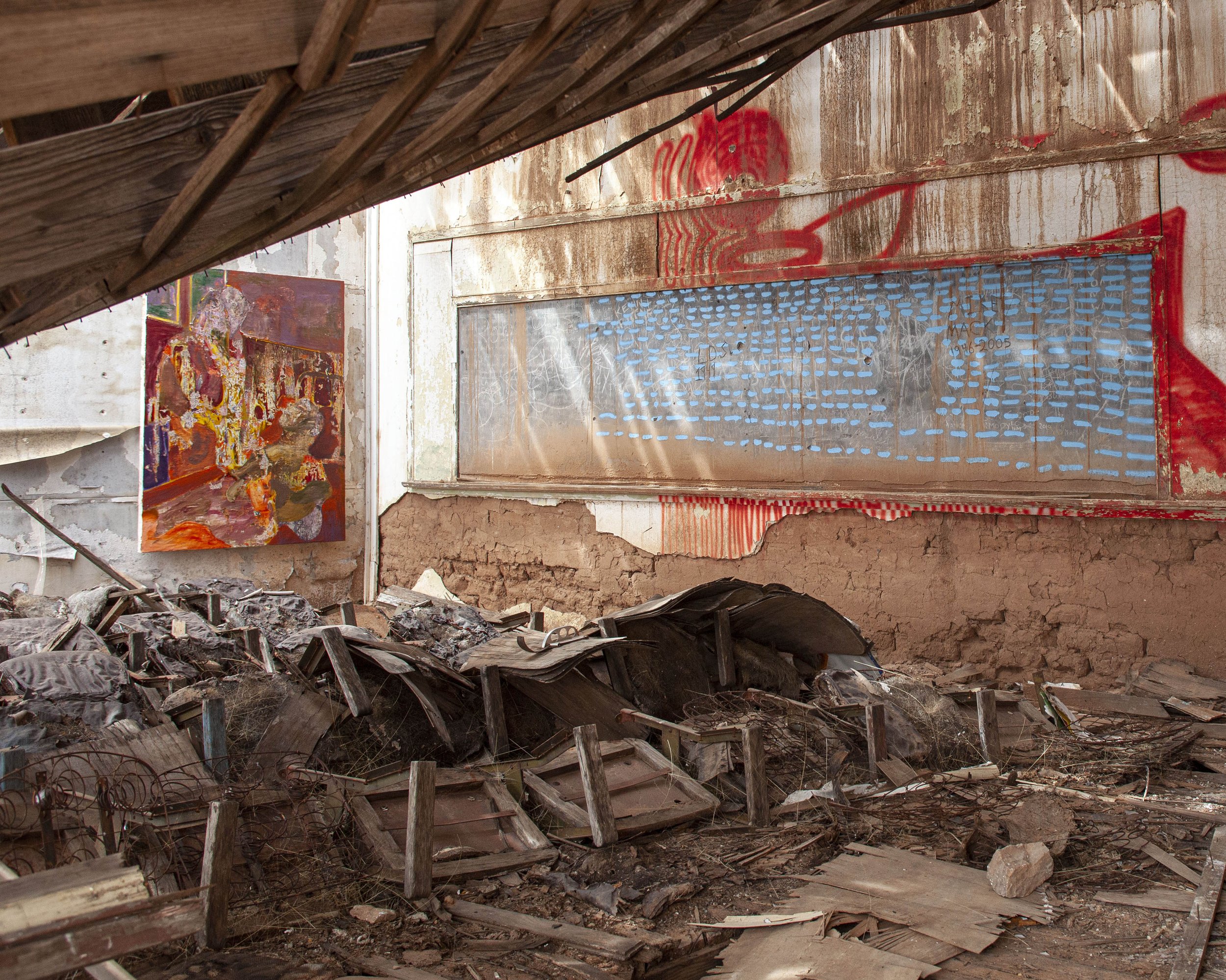
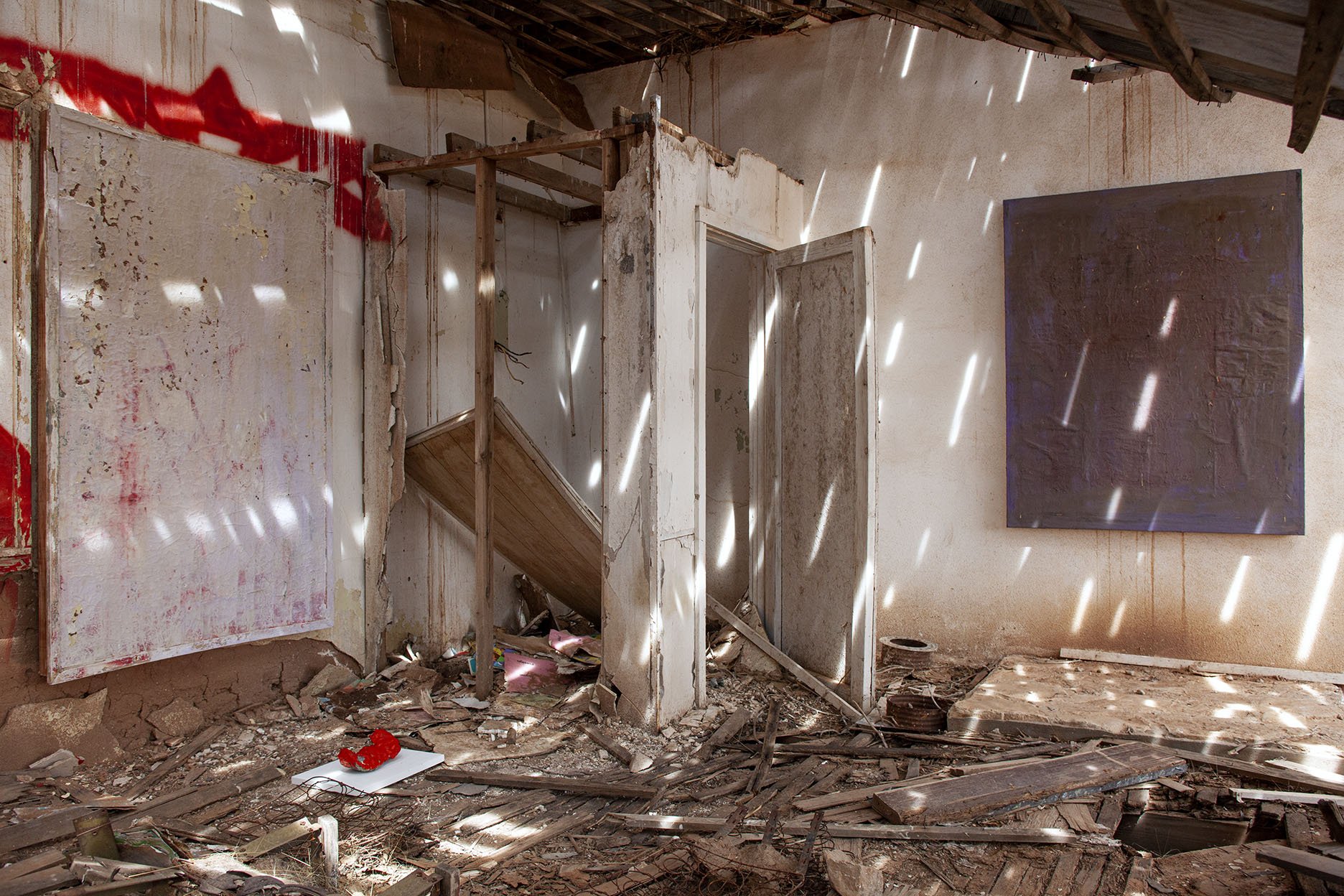

Yeso Post Office
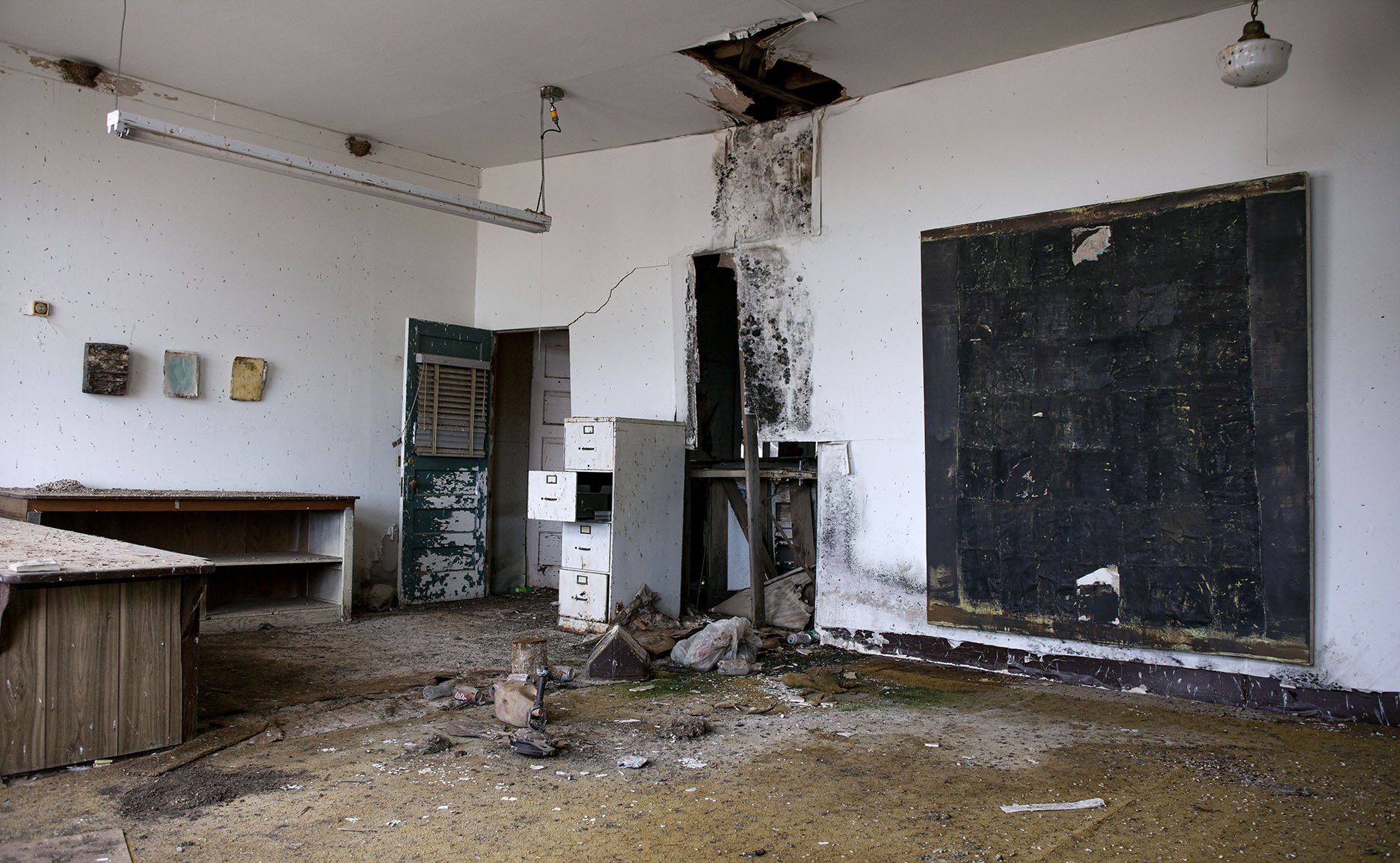
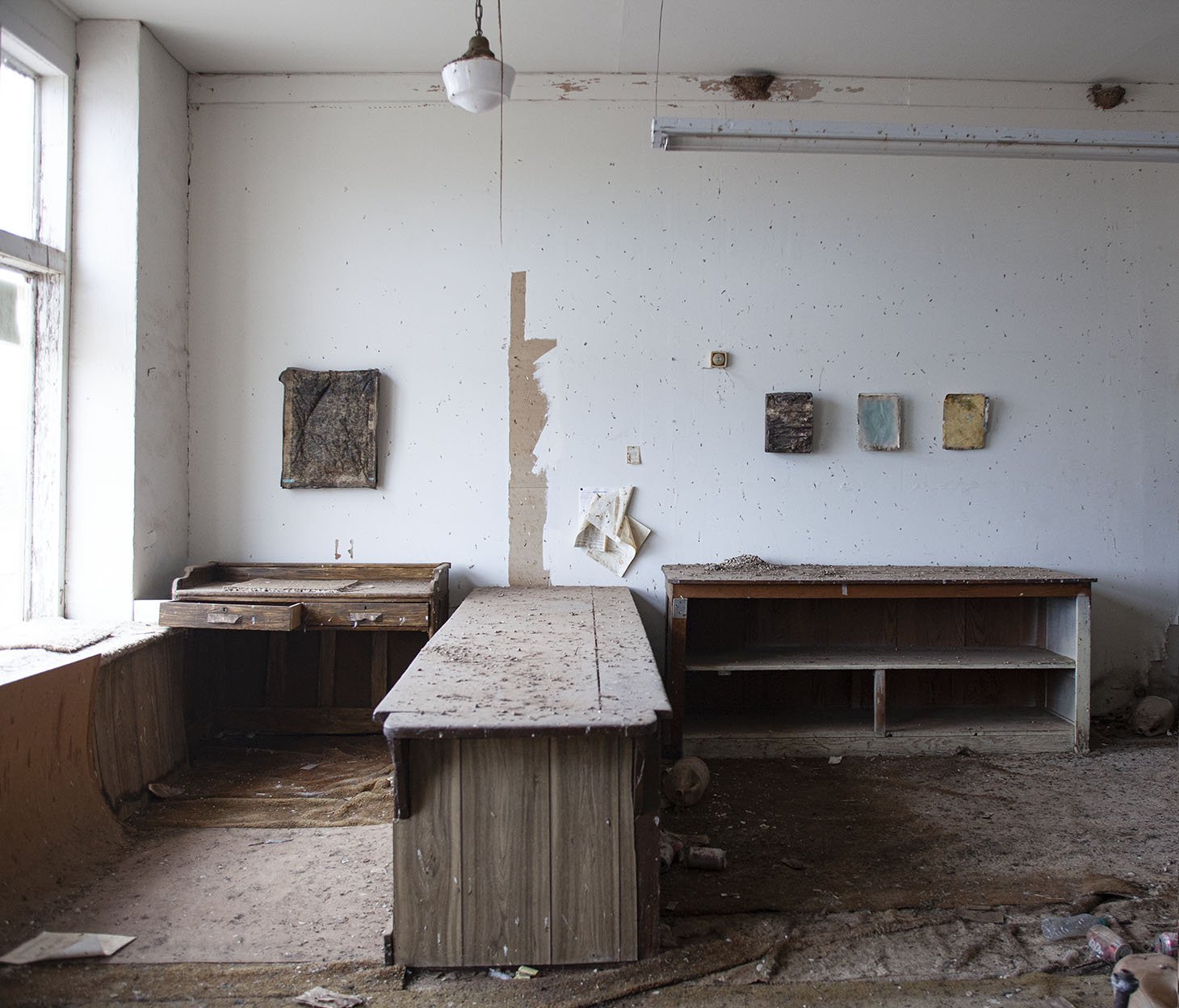
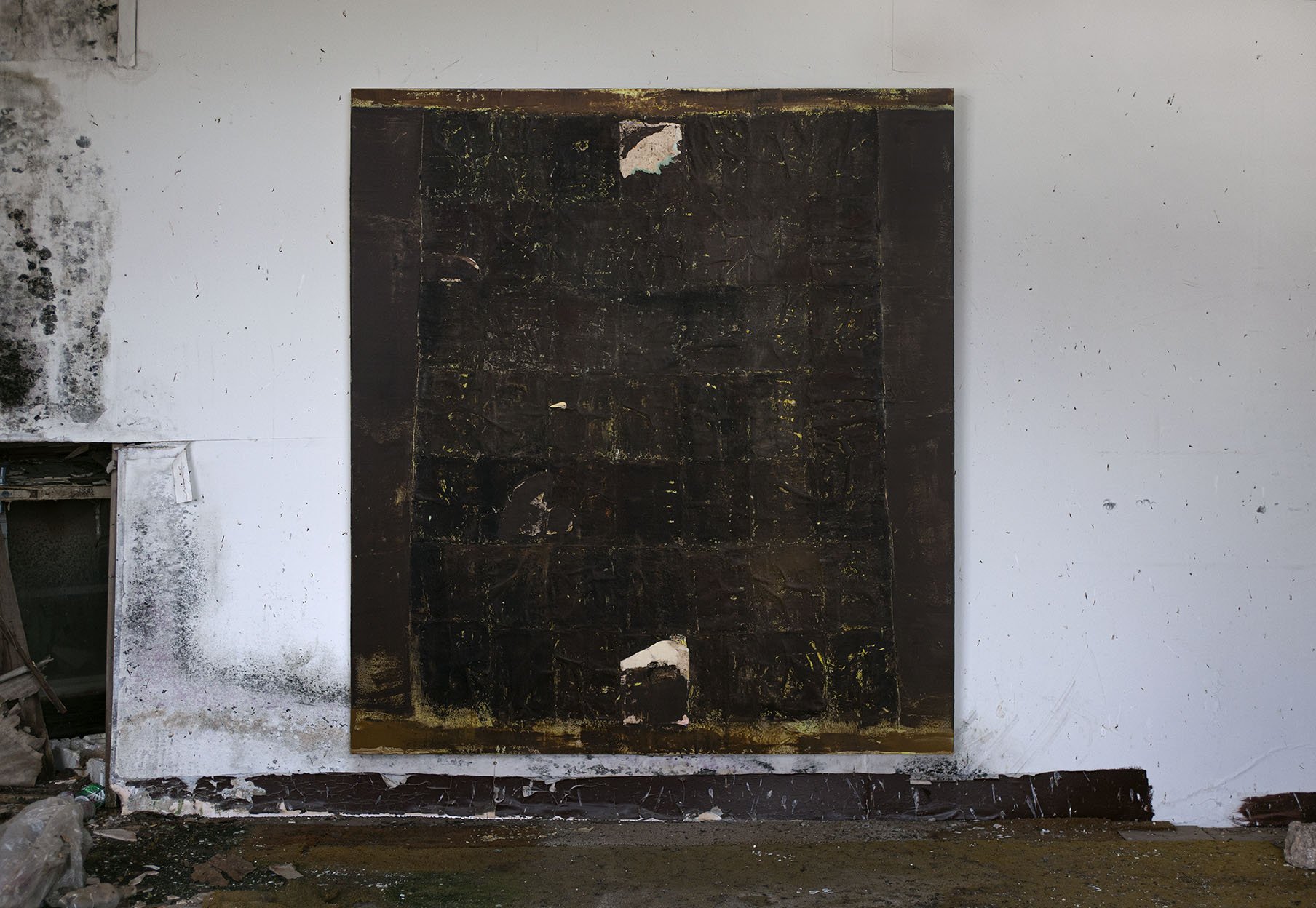
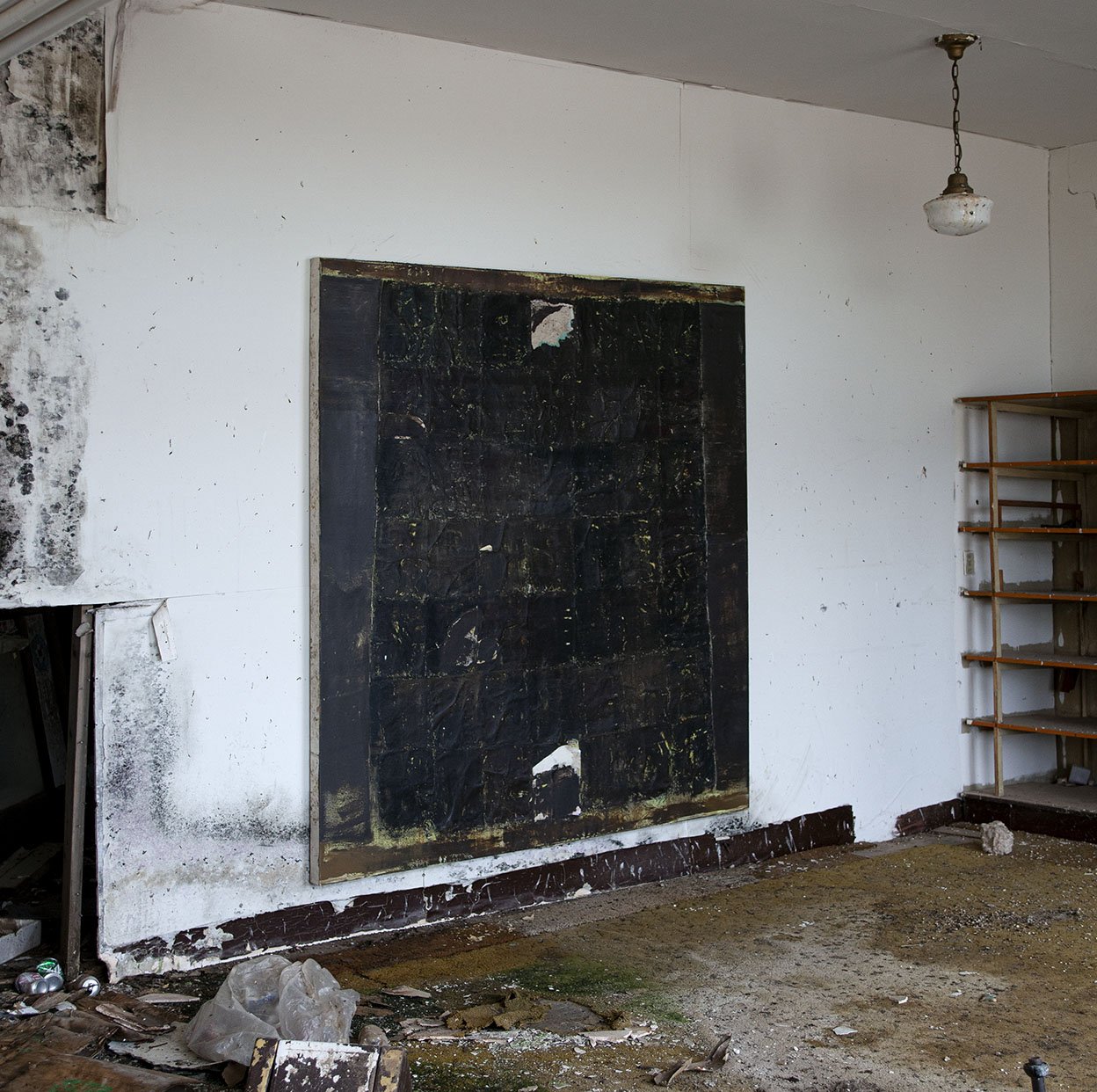
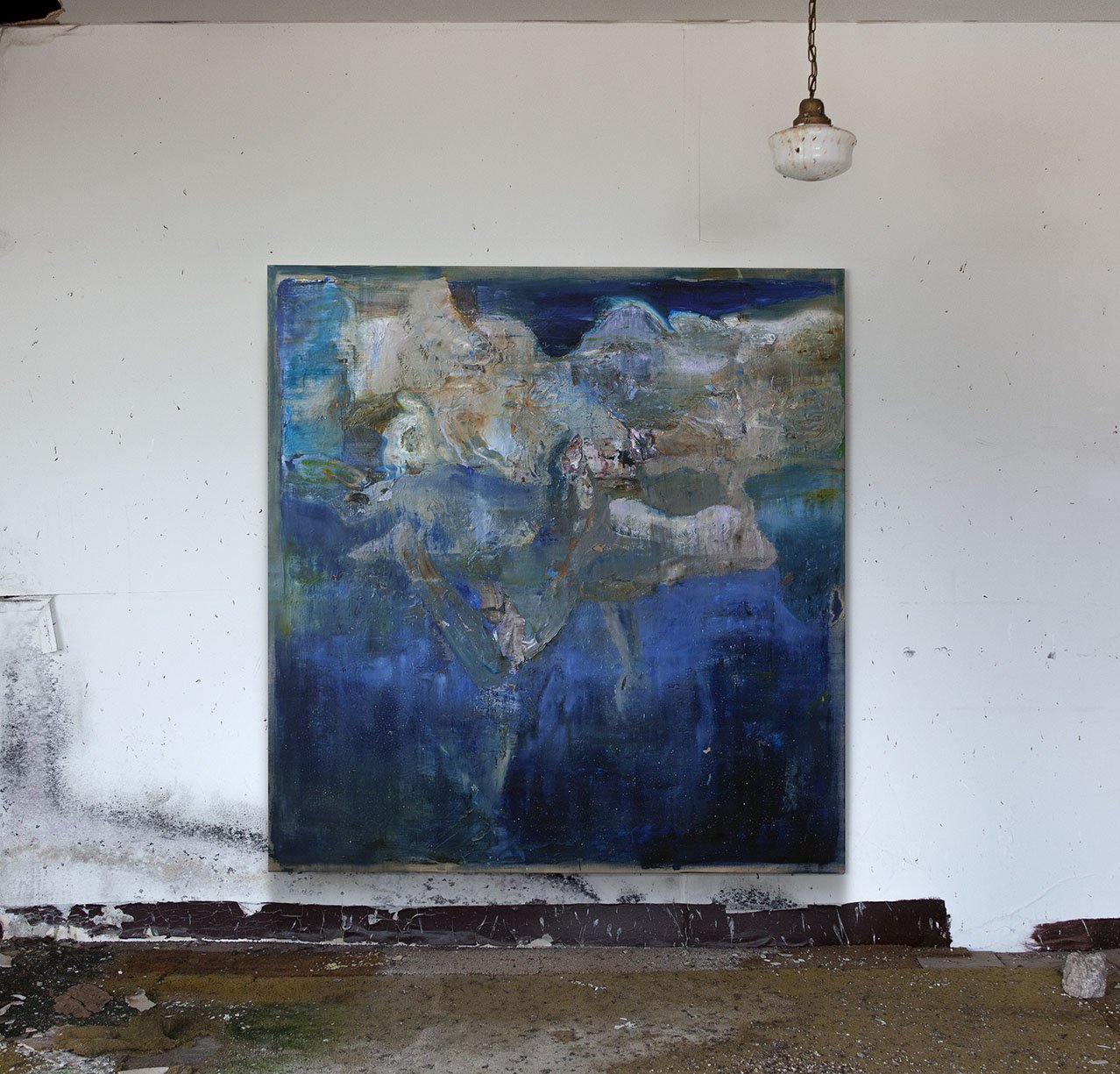
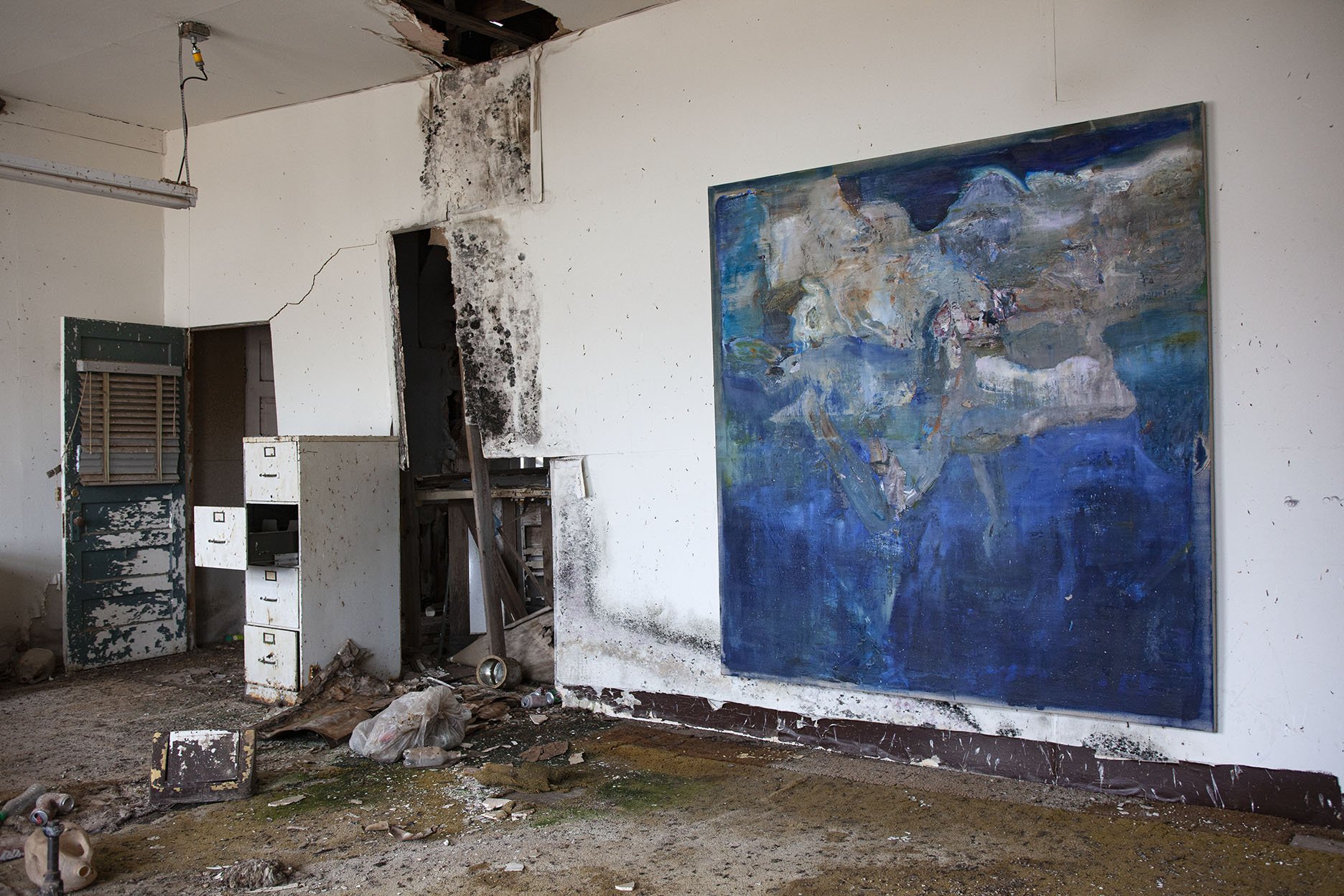
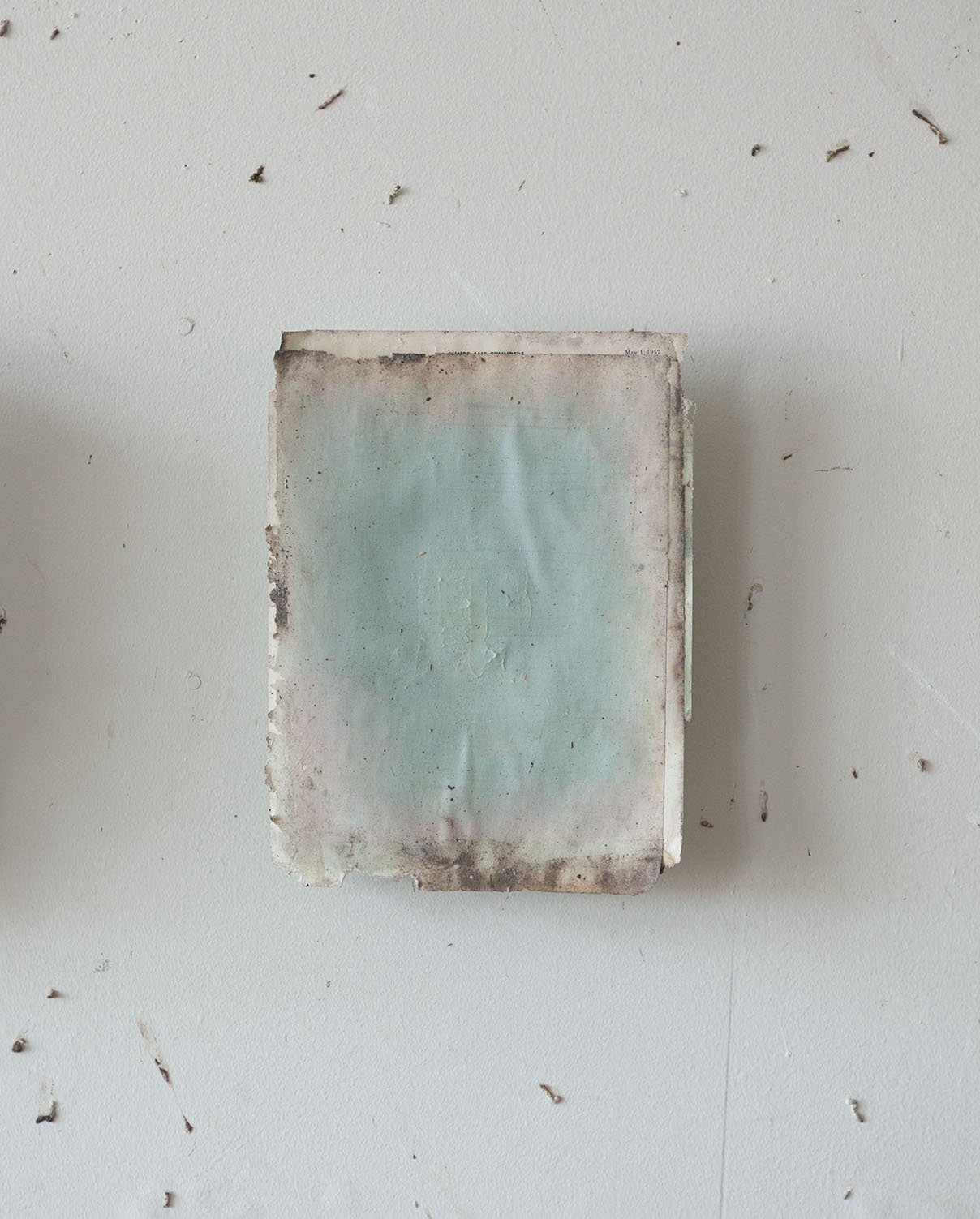
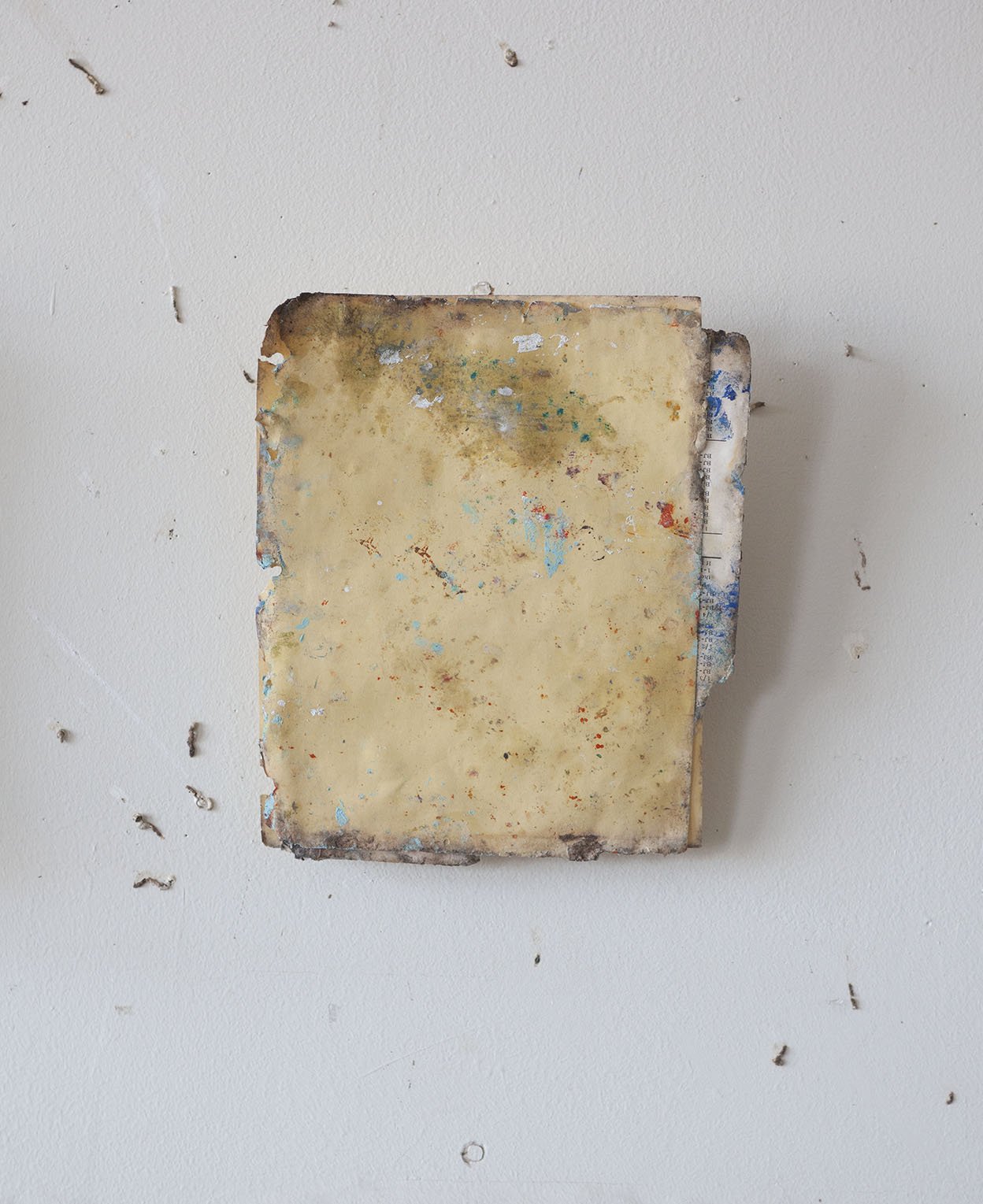
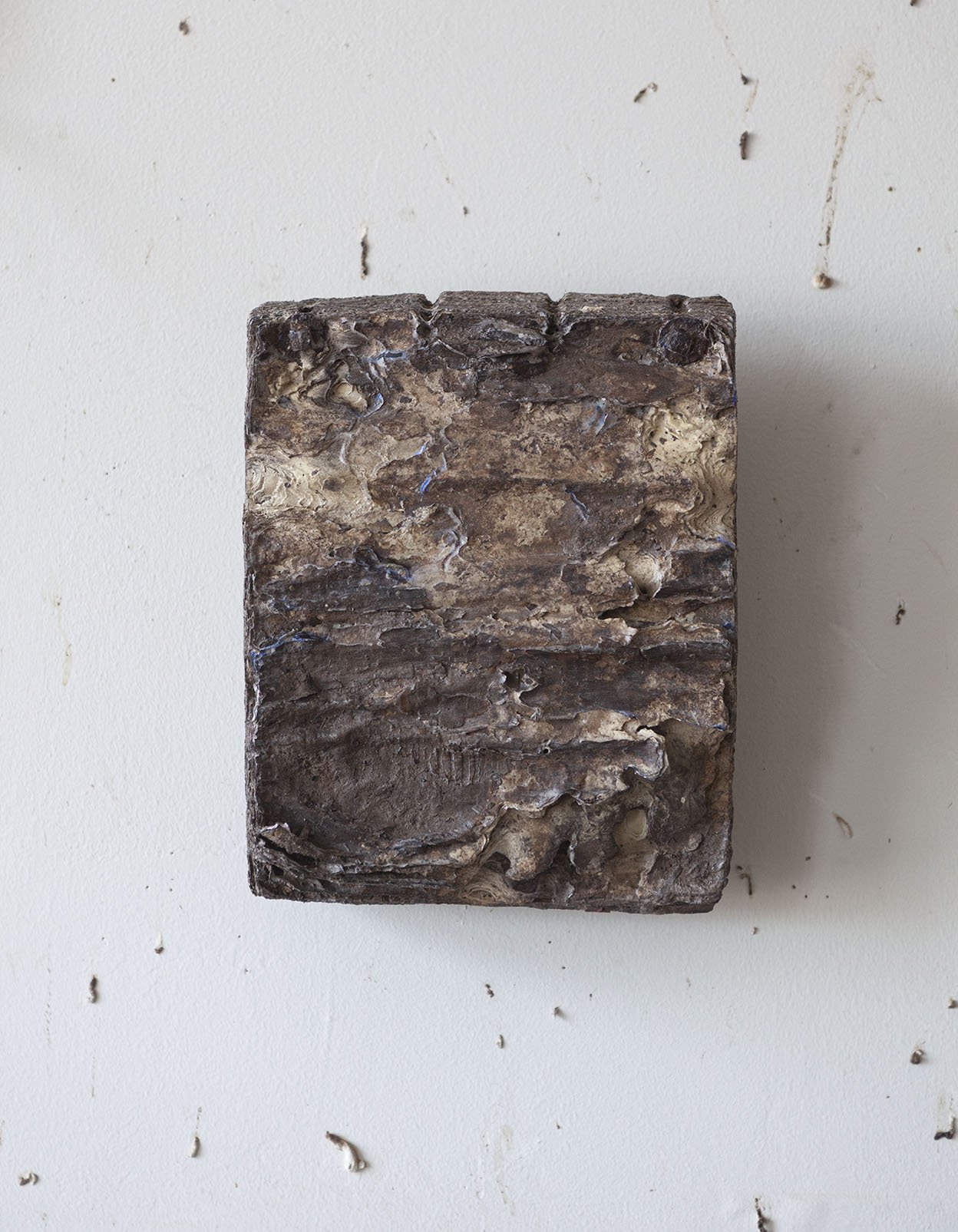
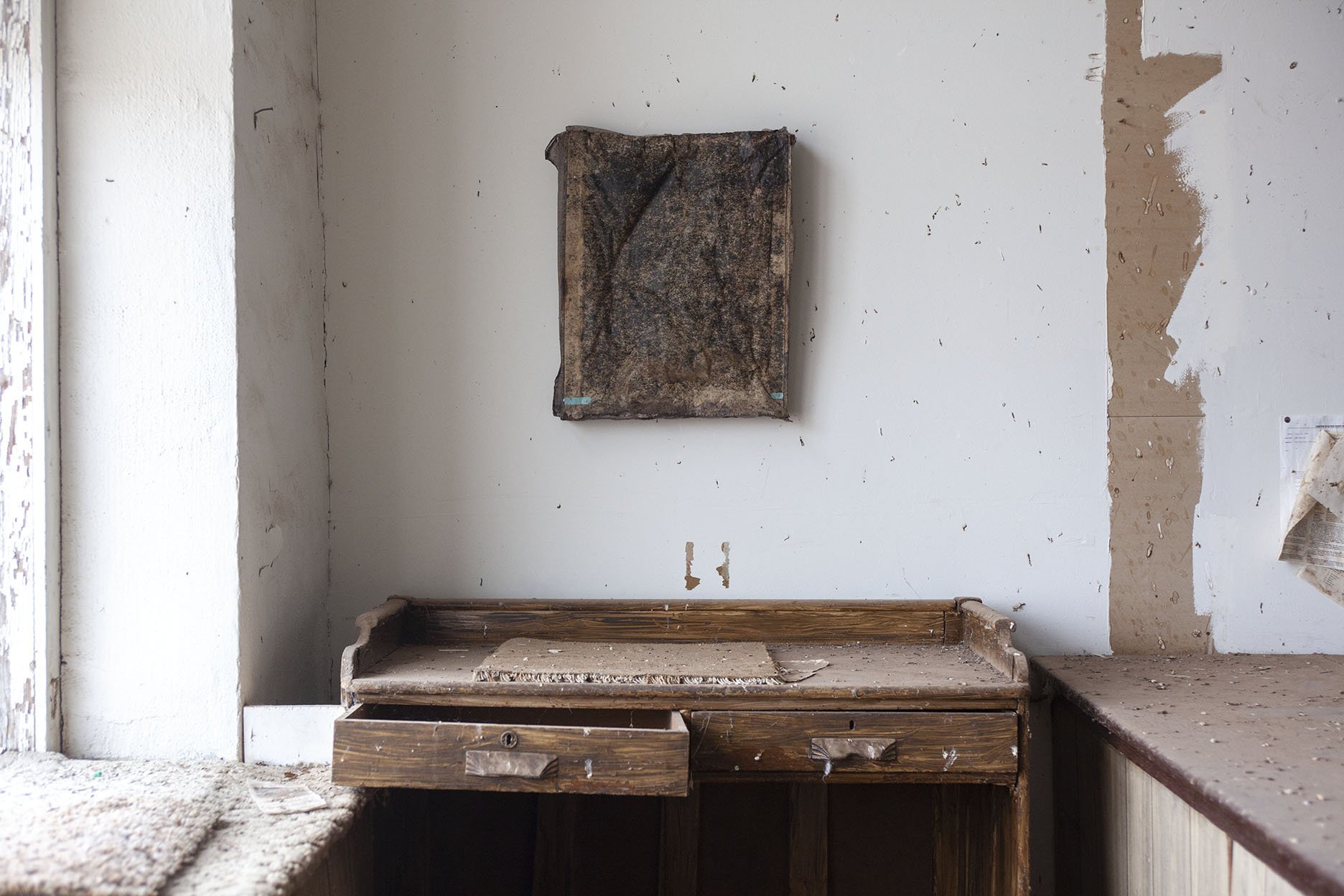

Cedarvale School
